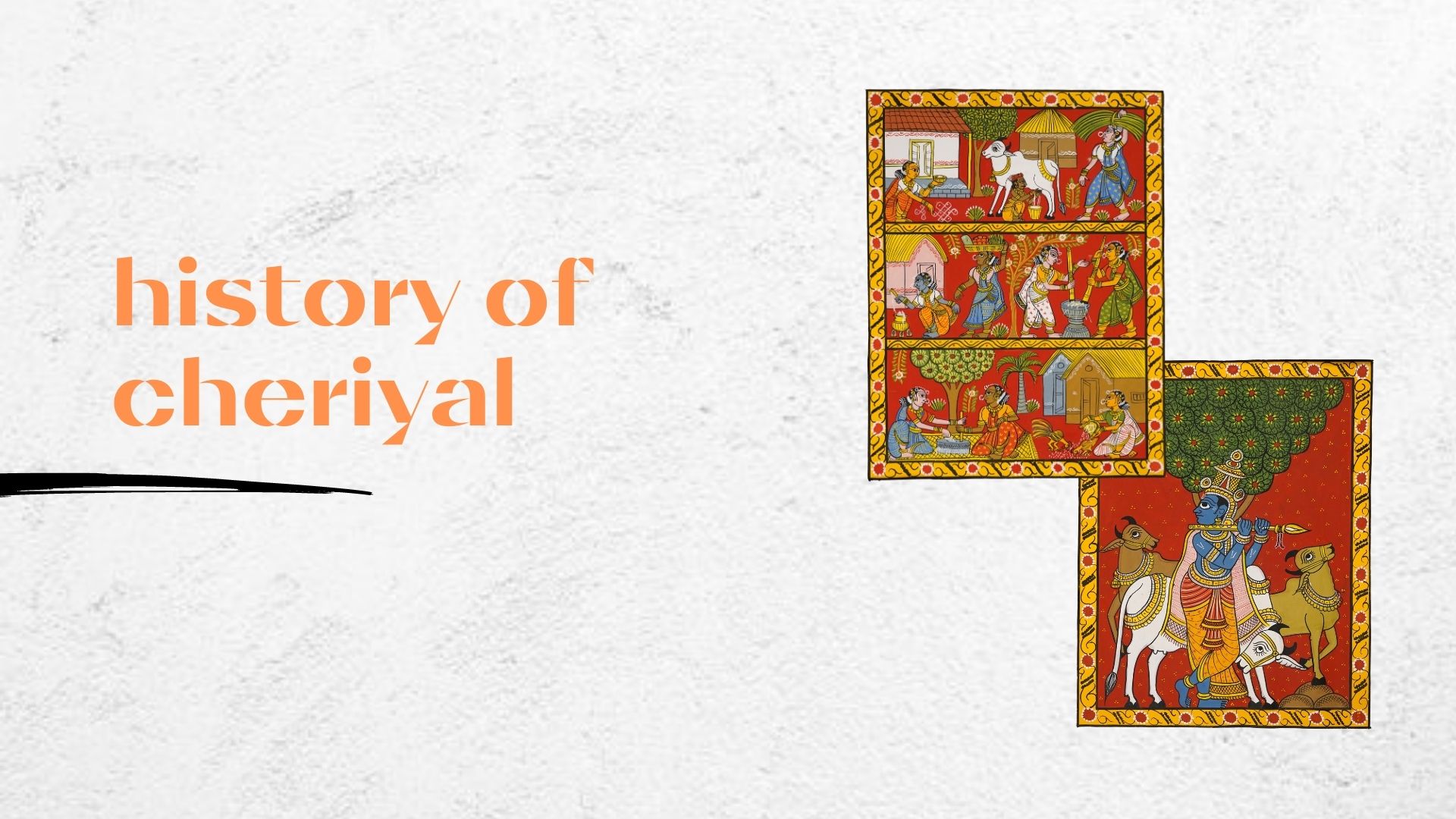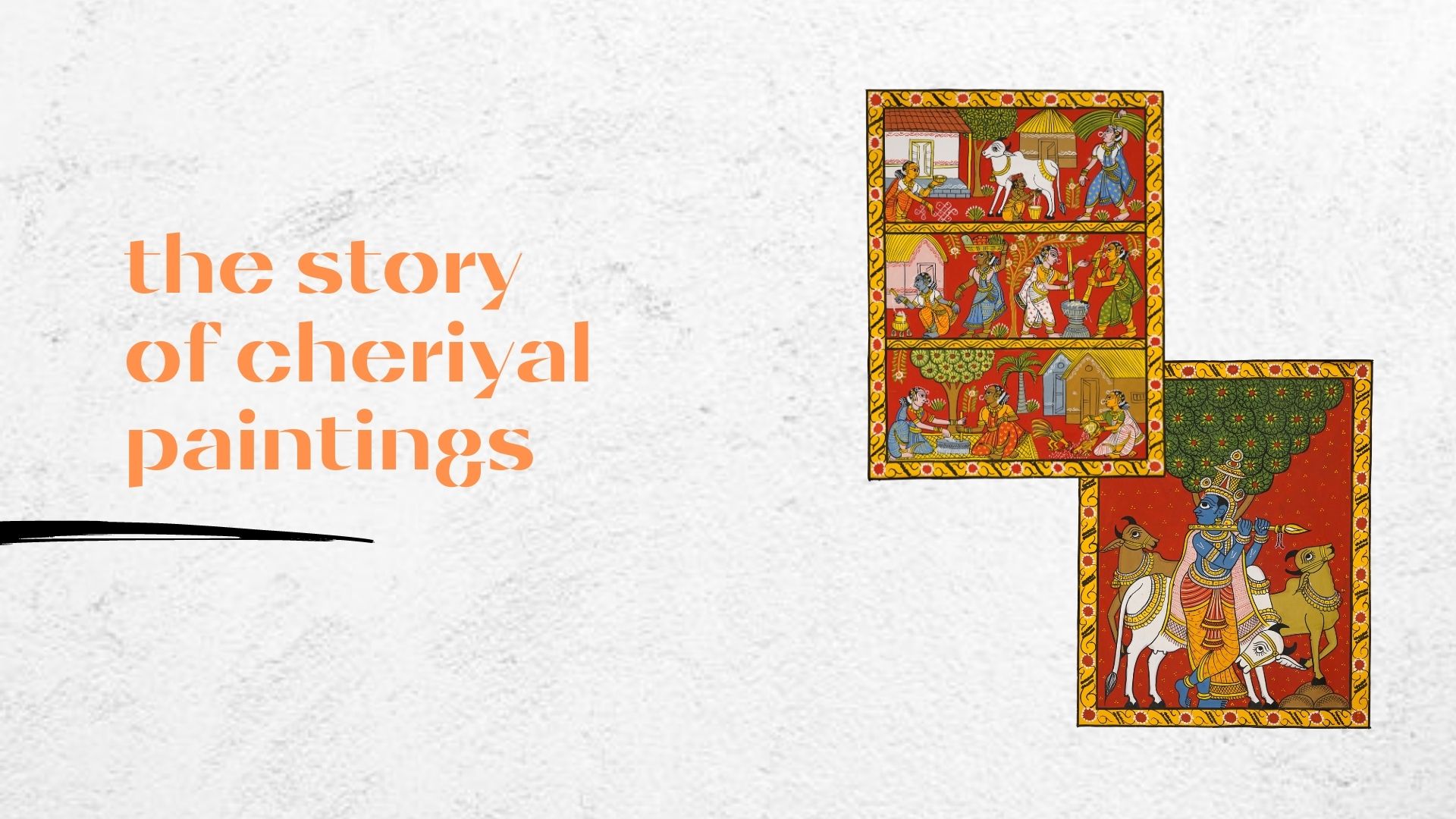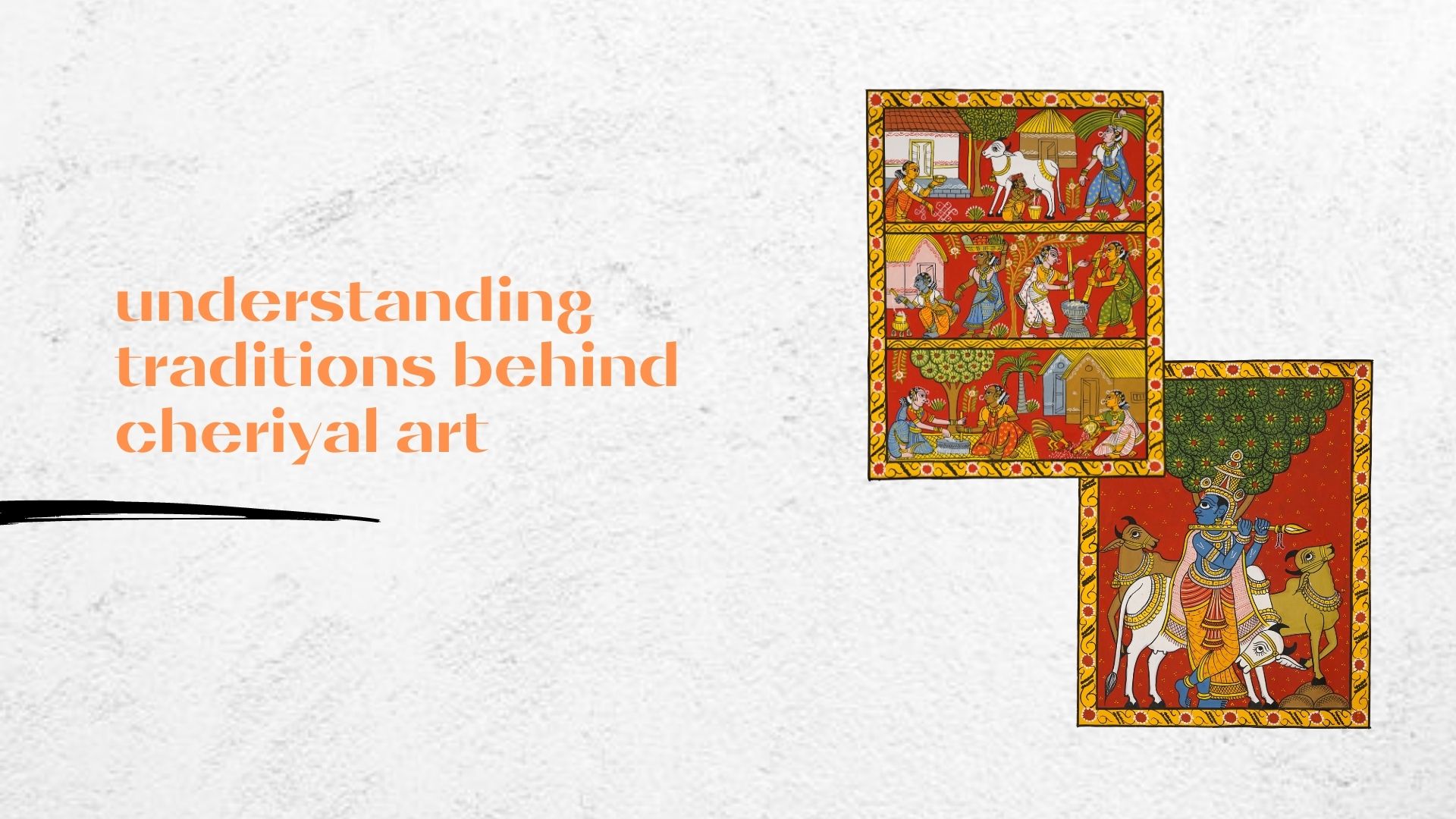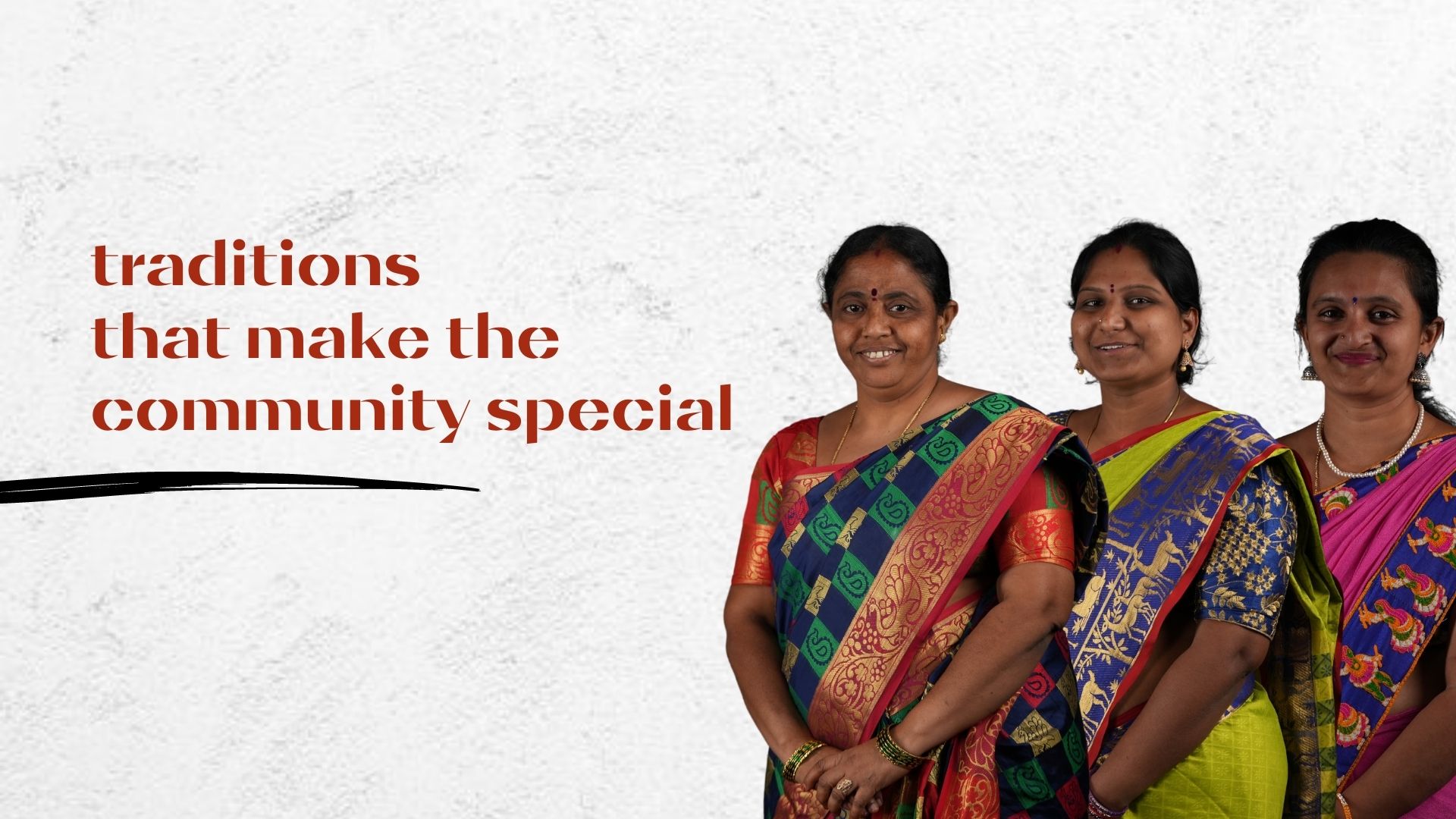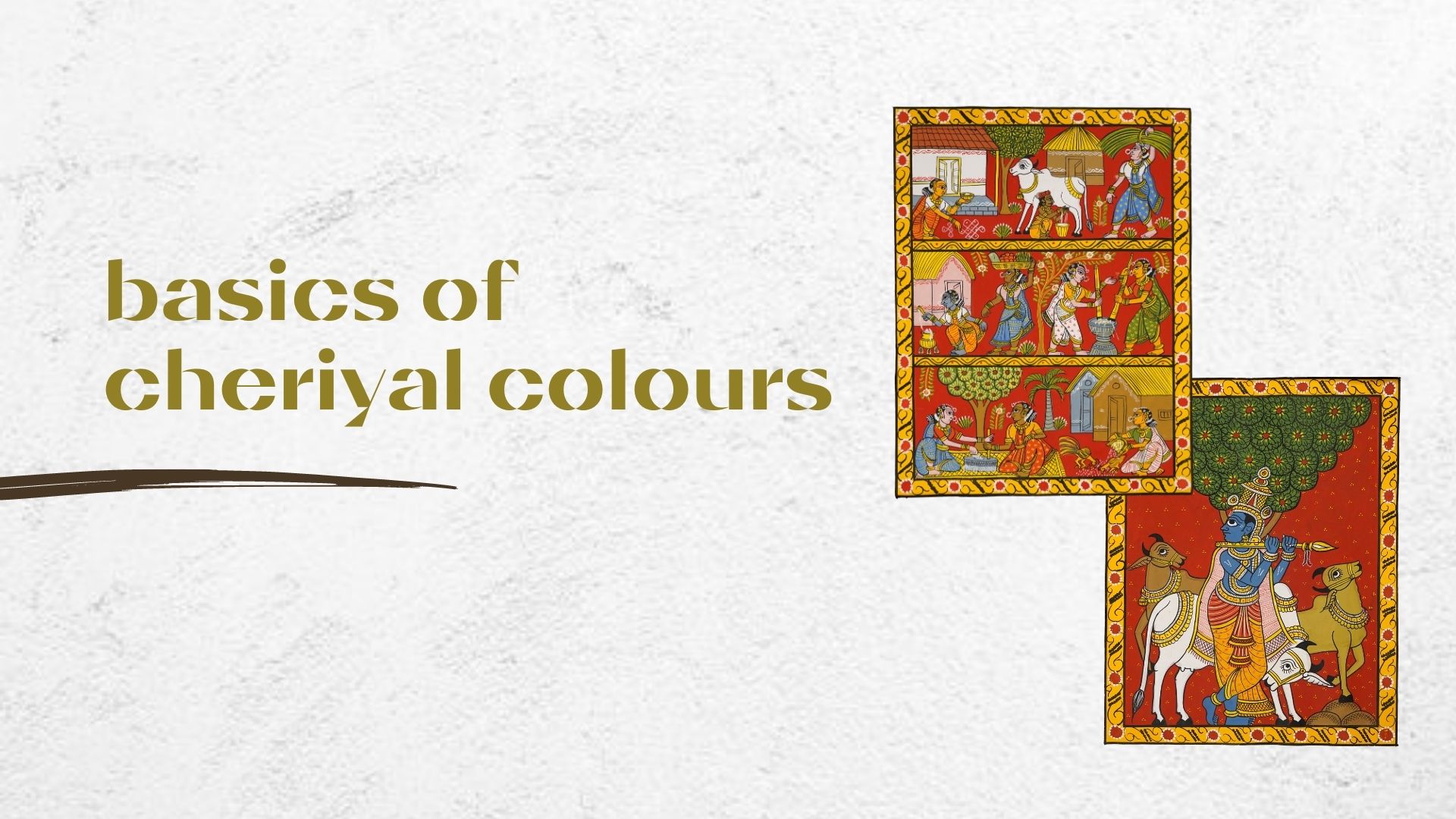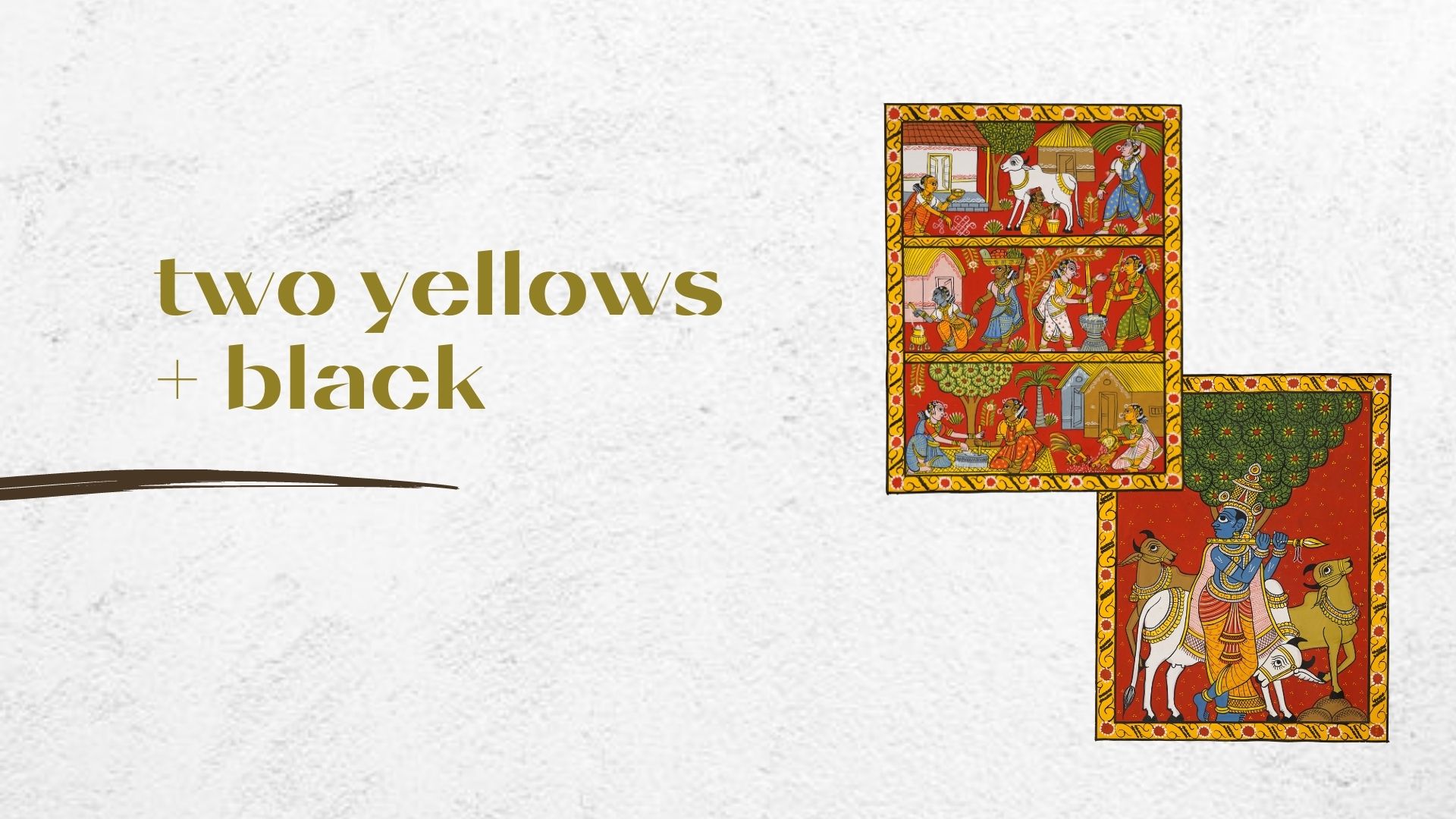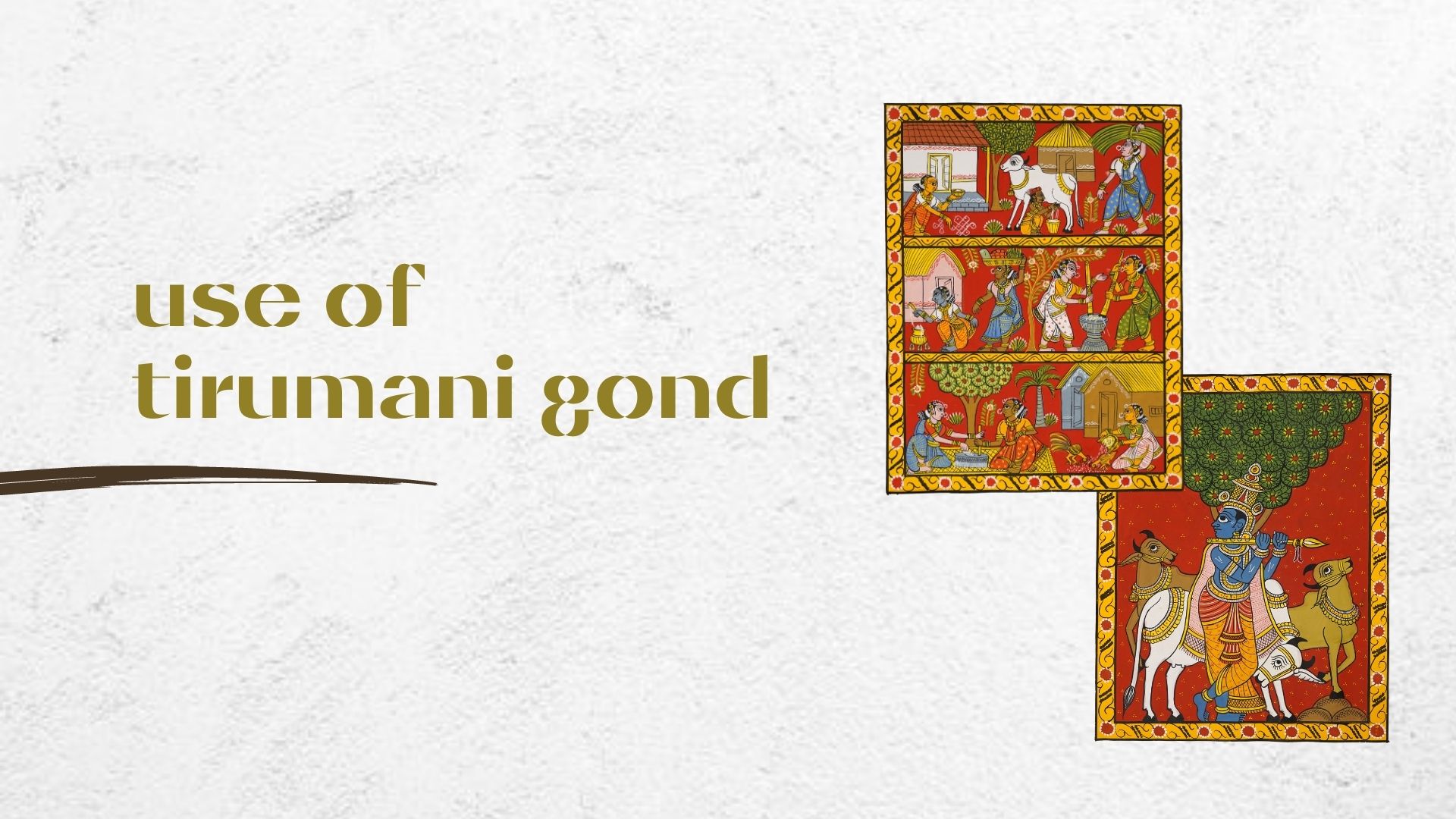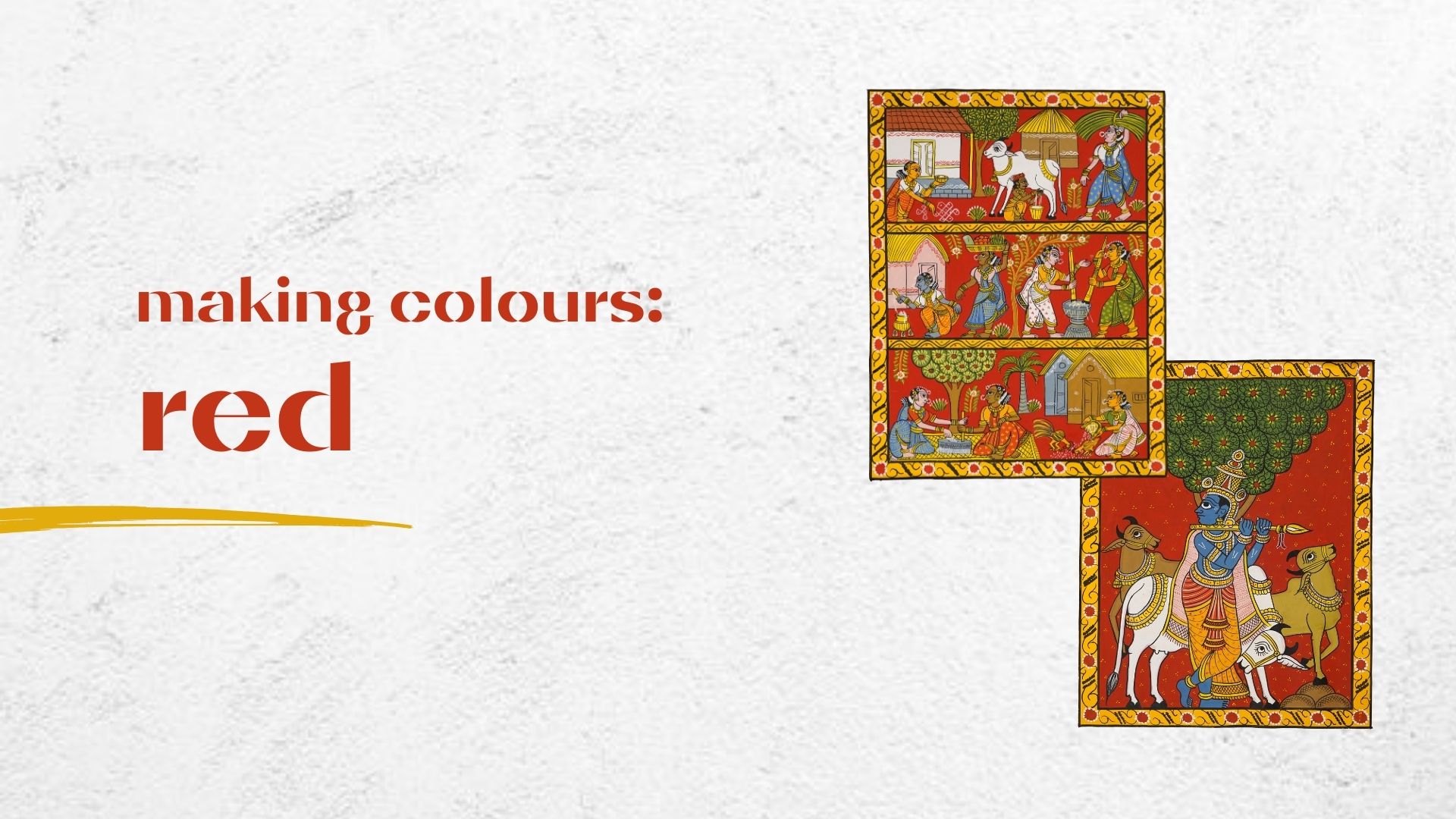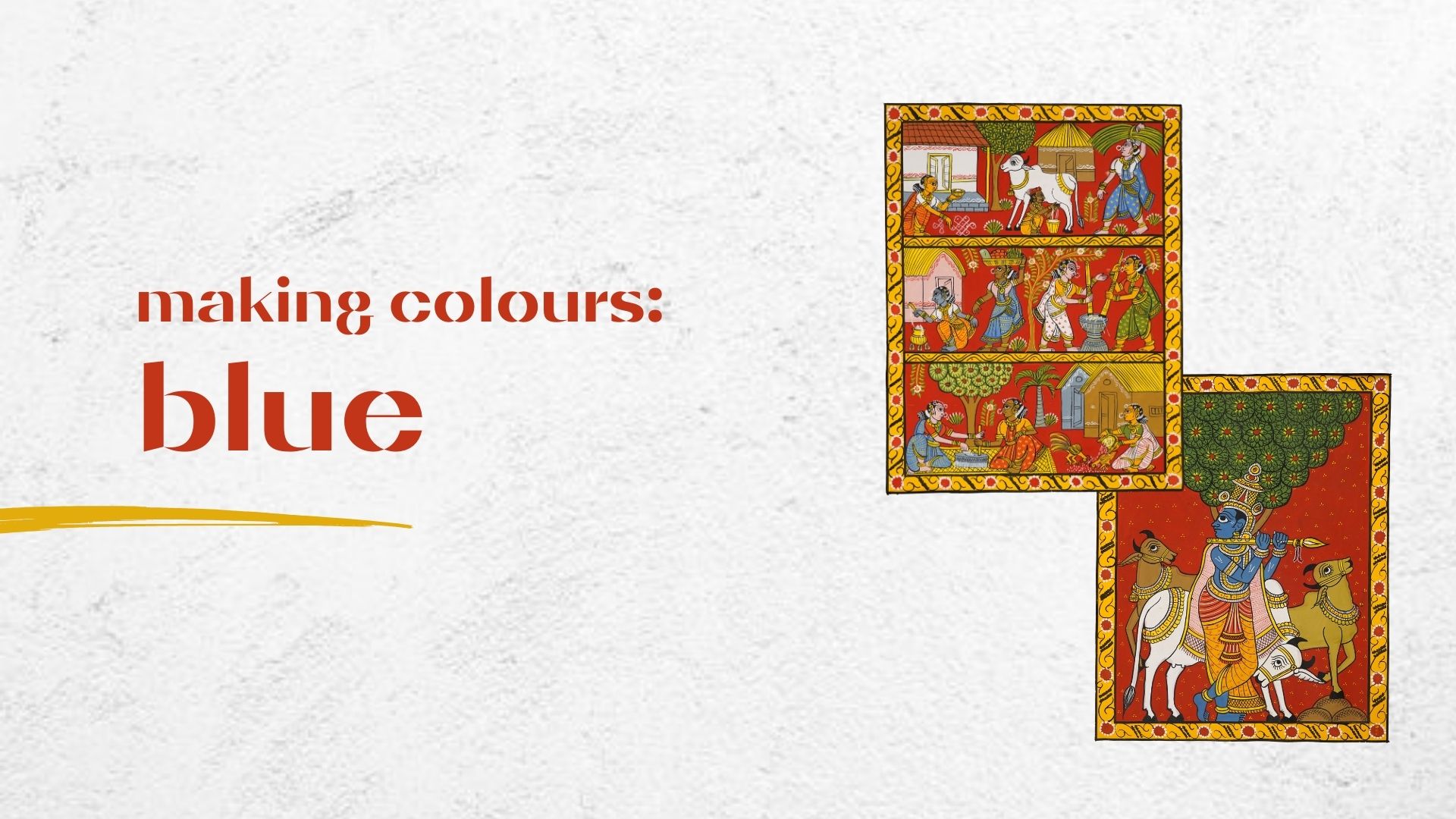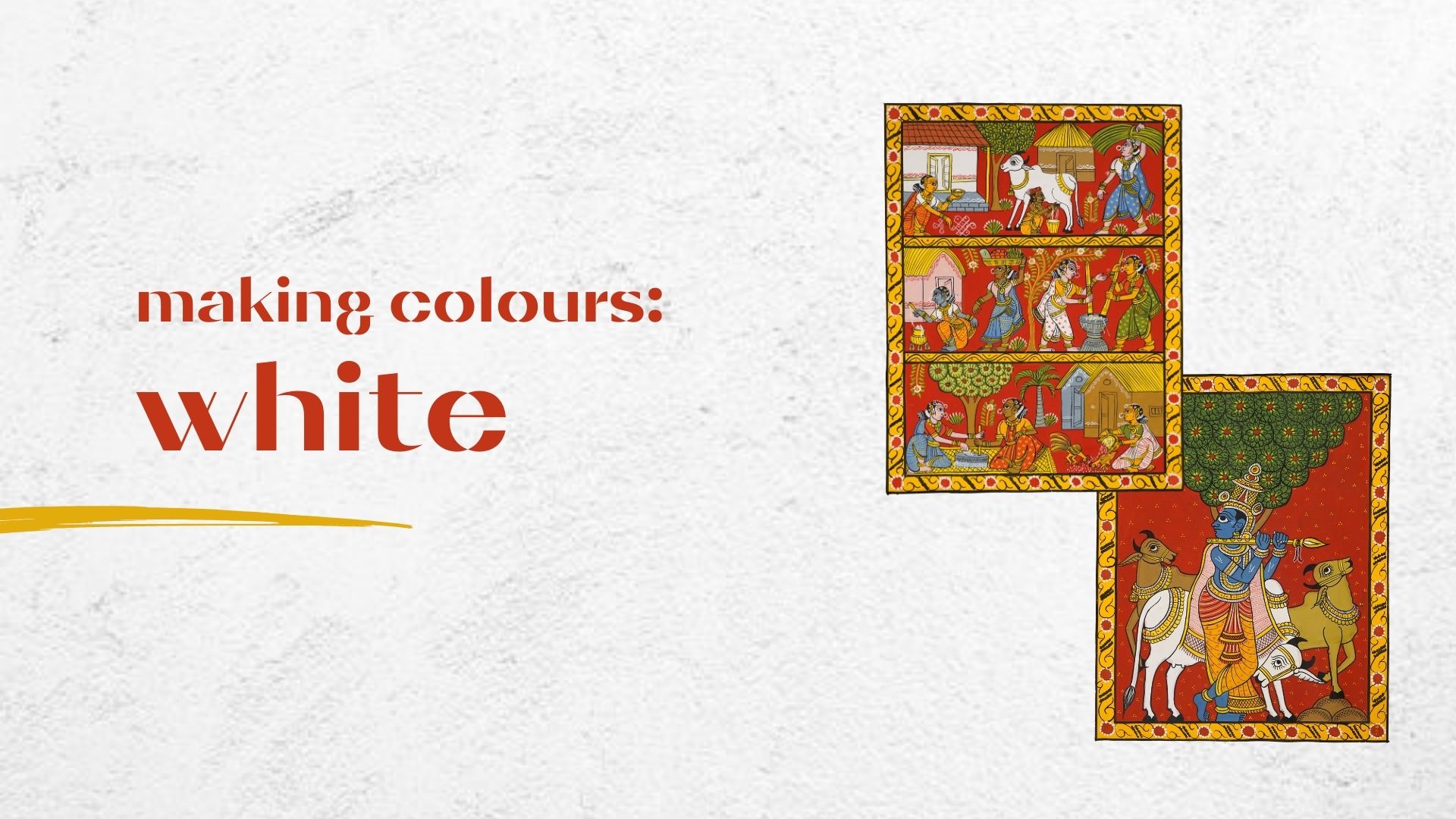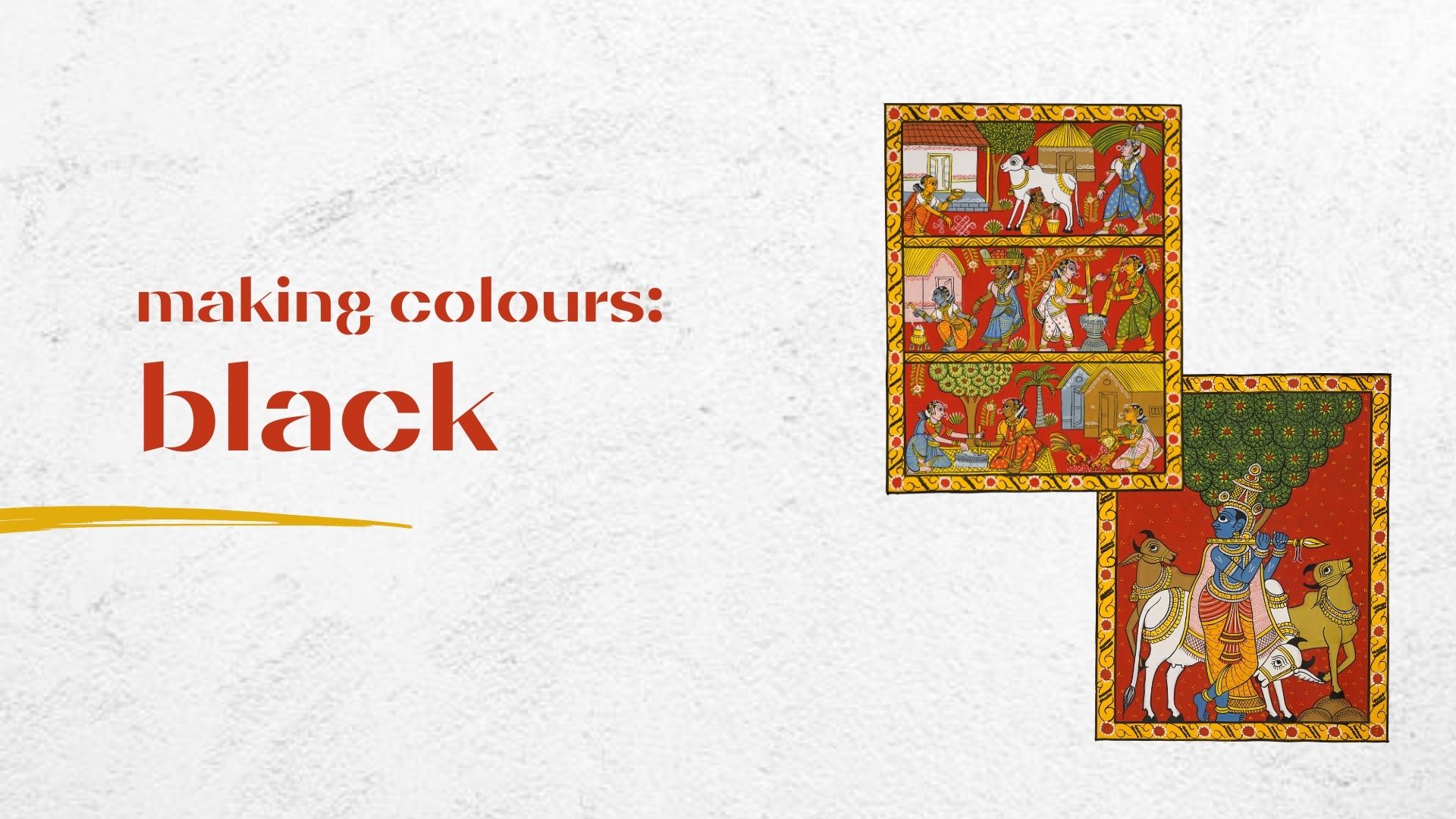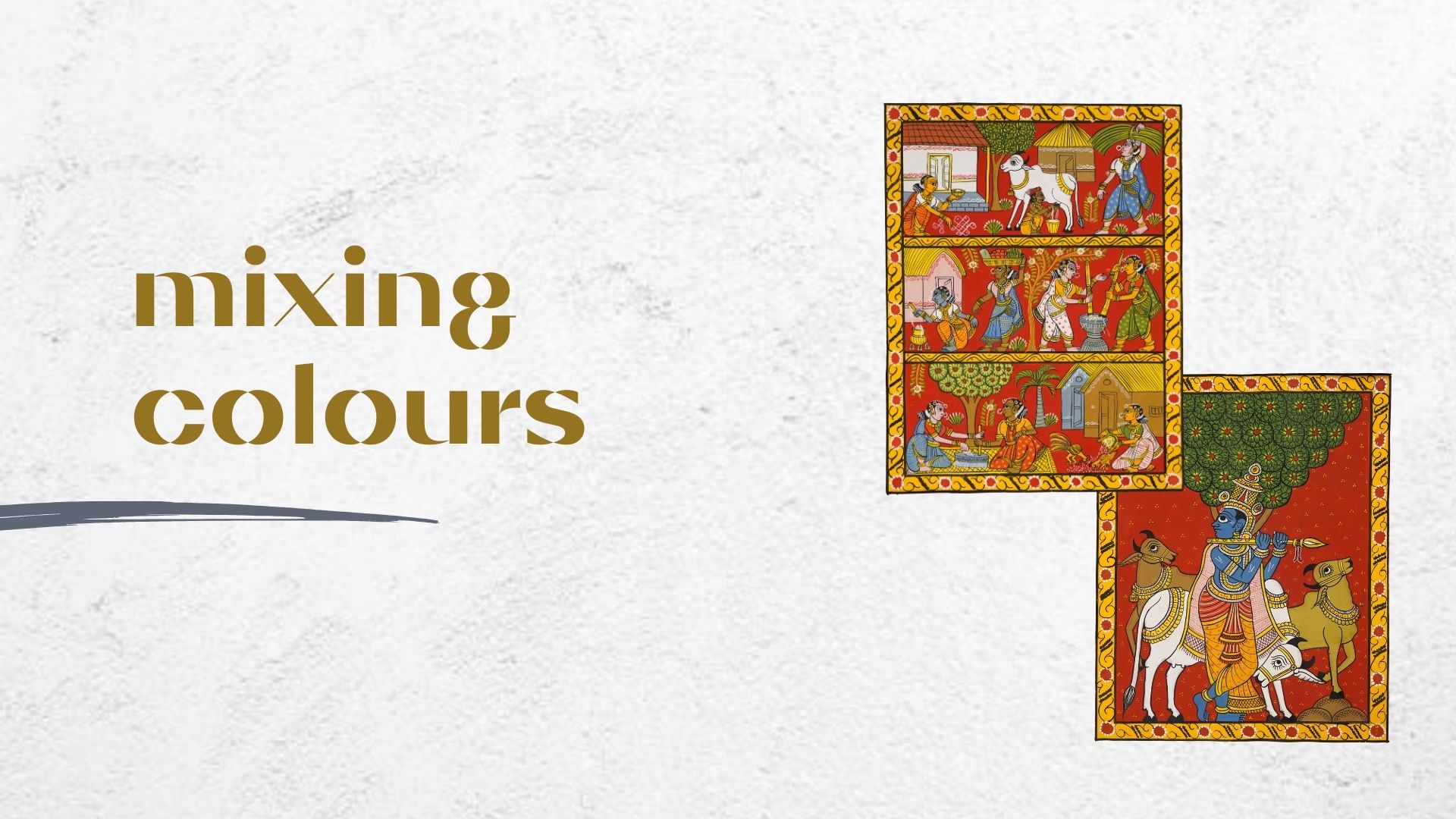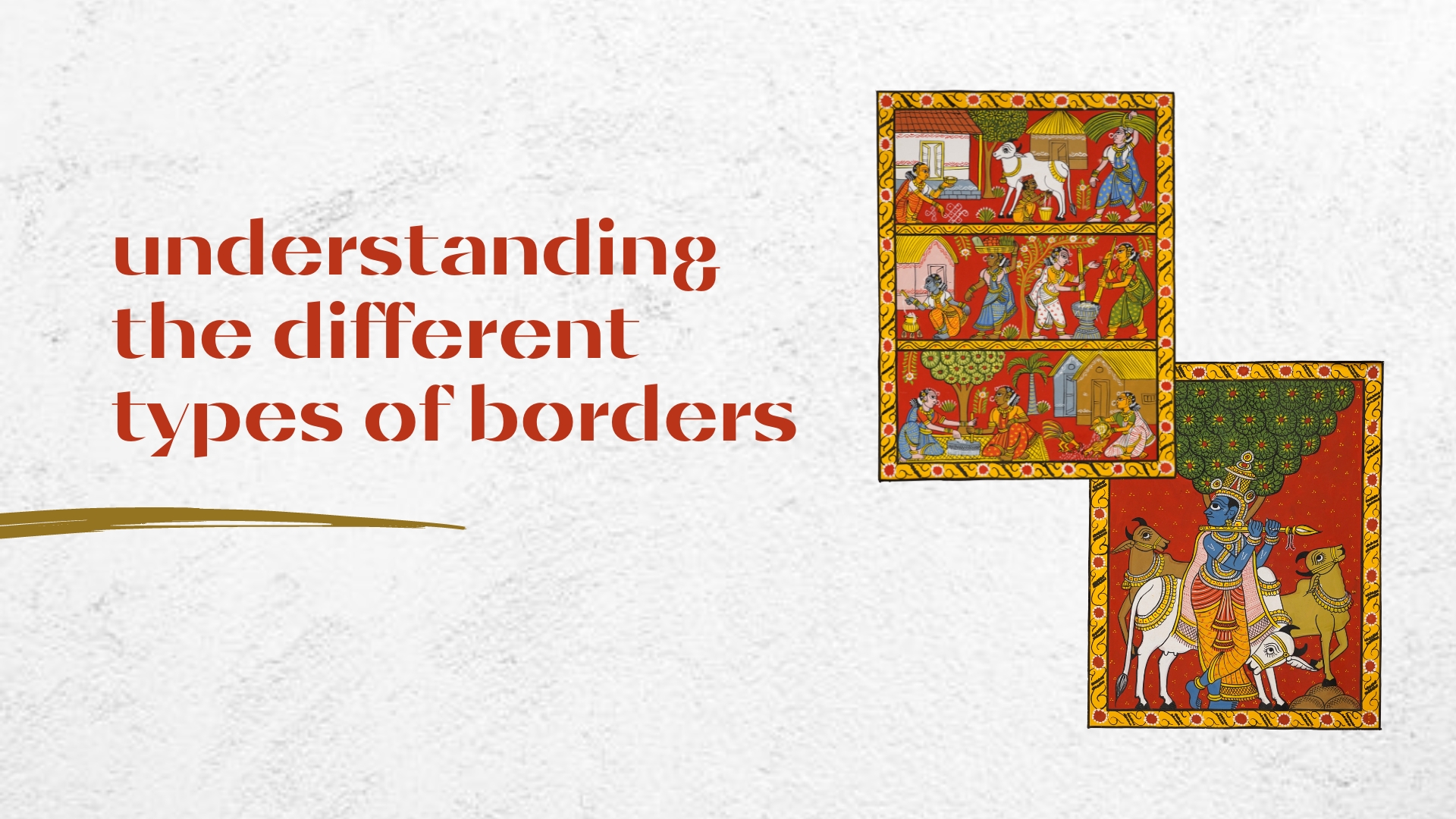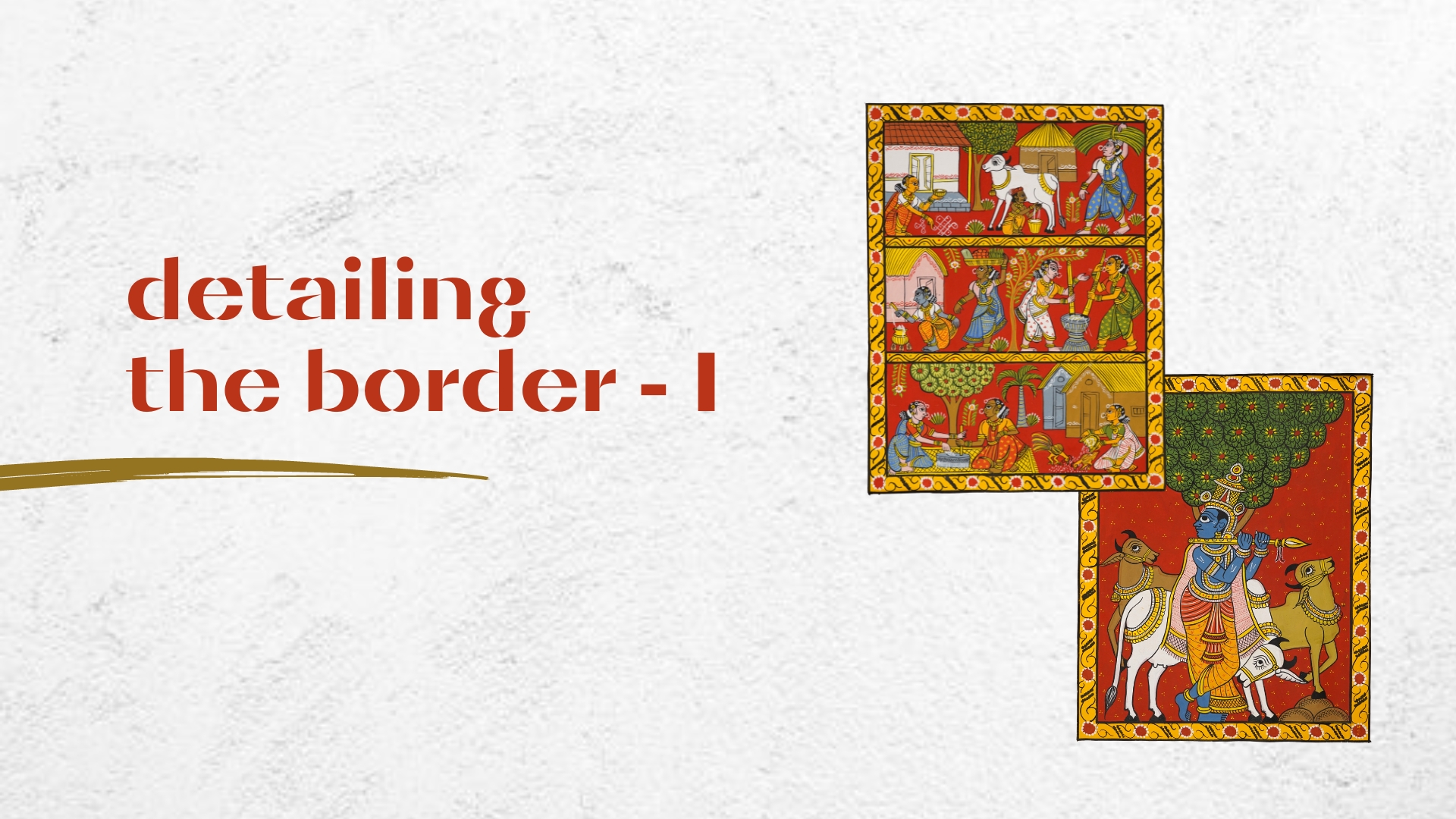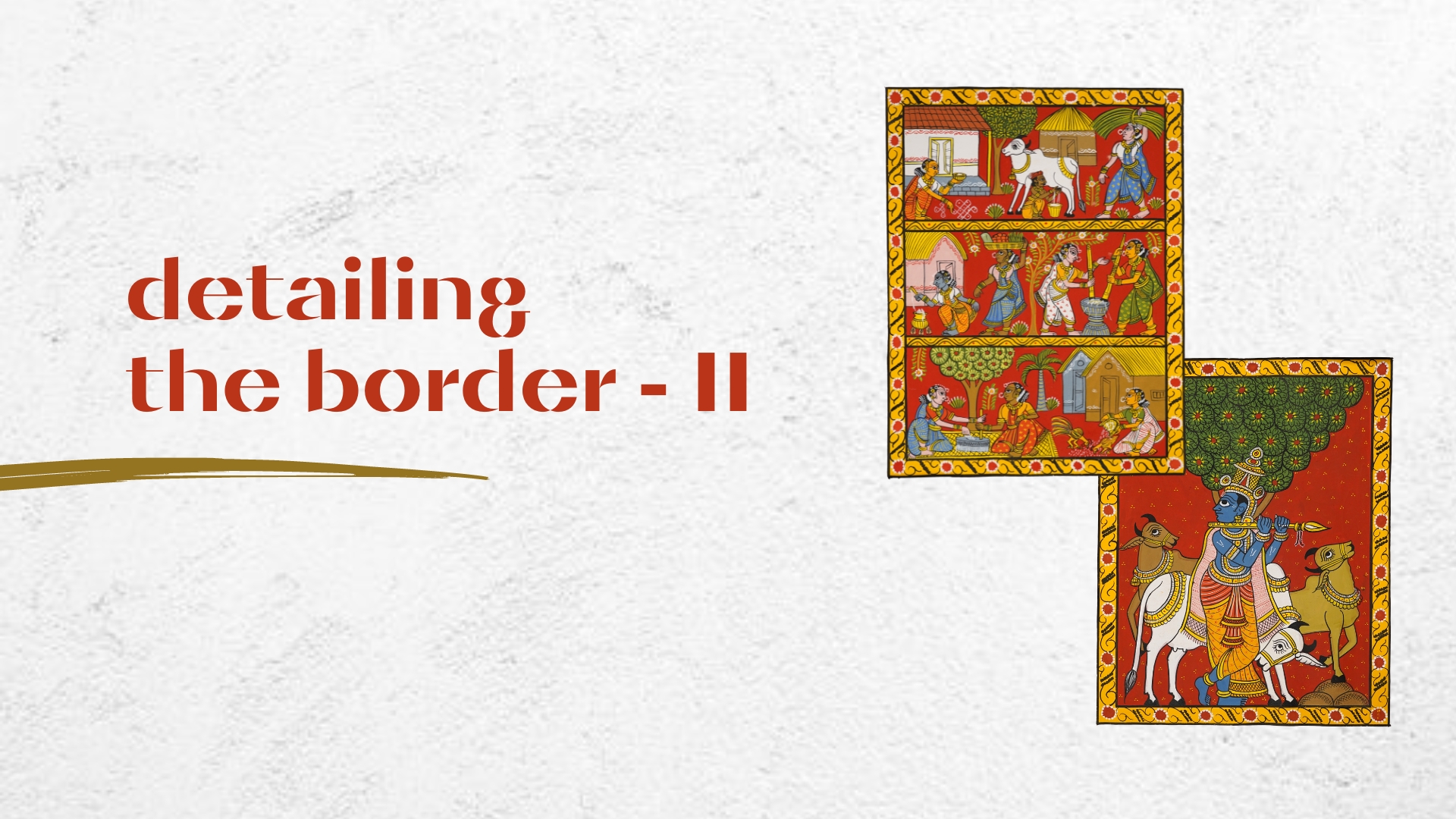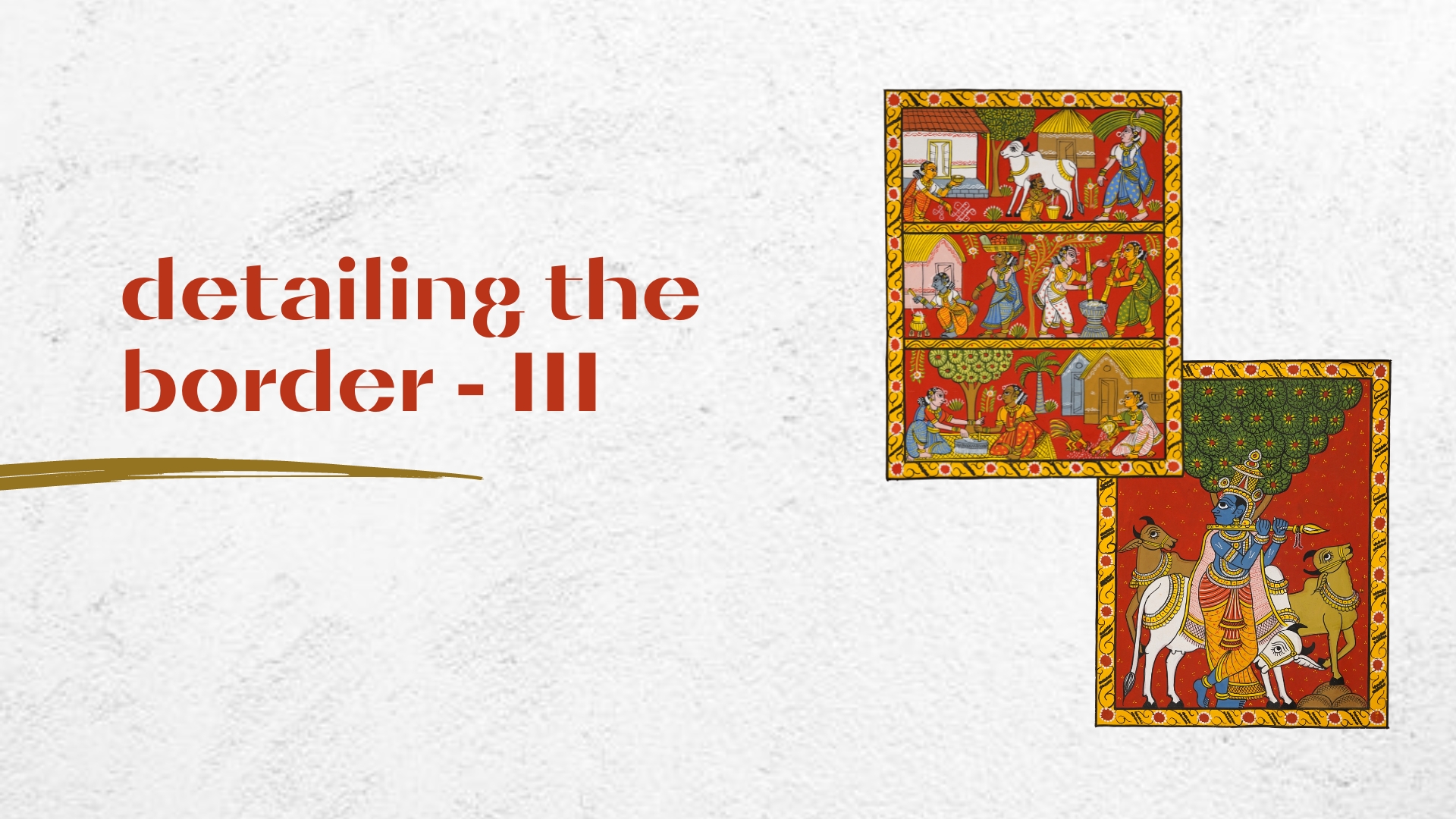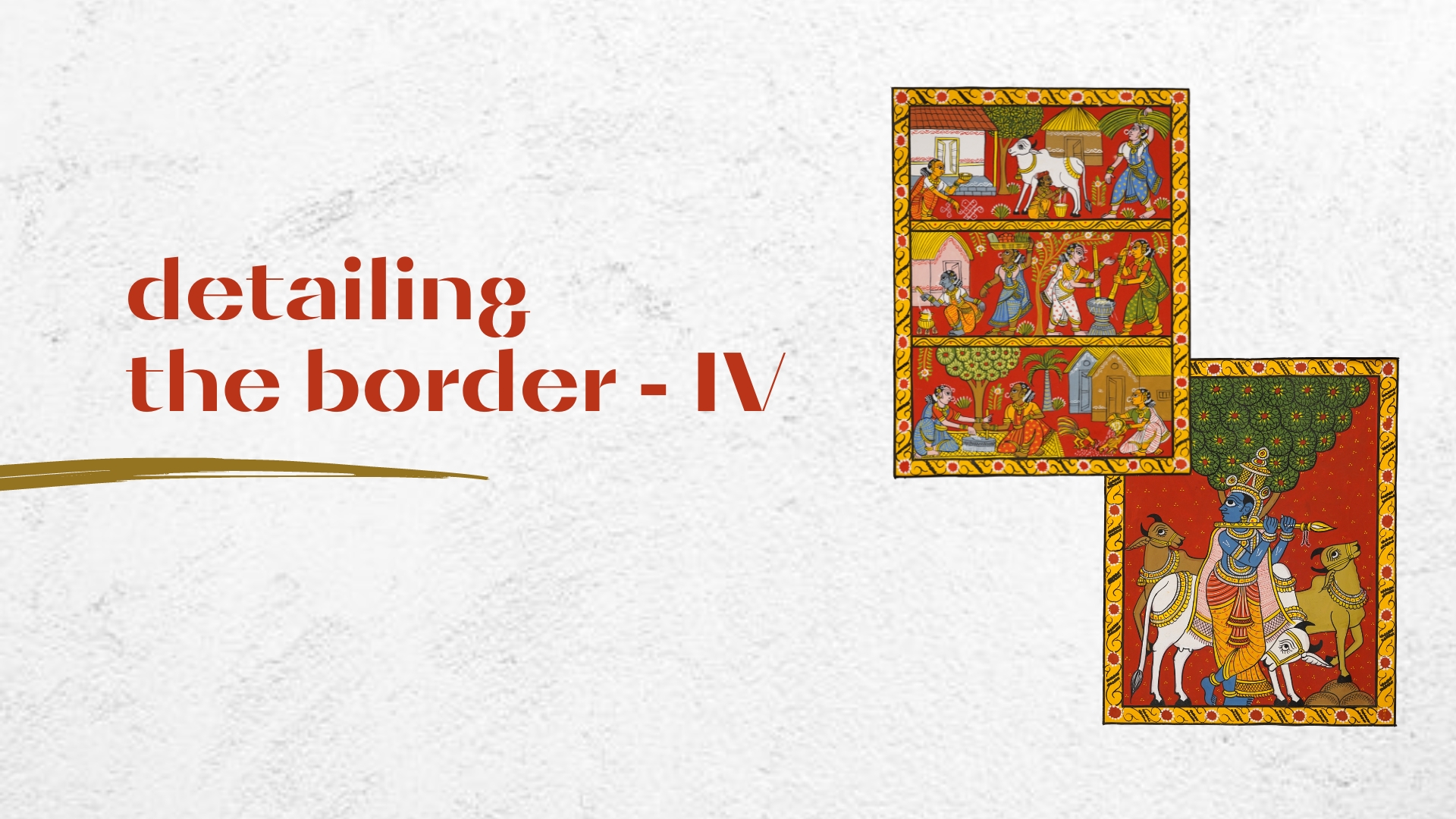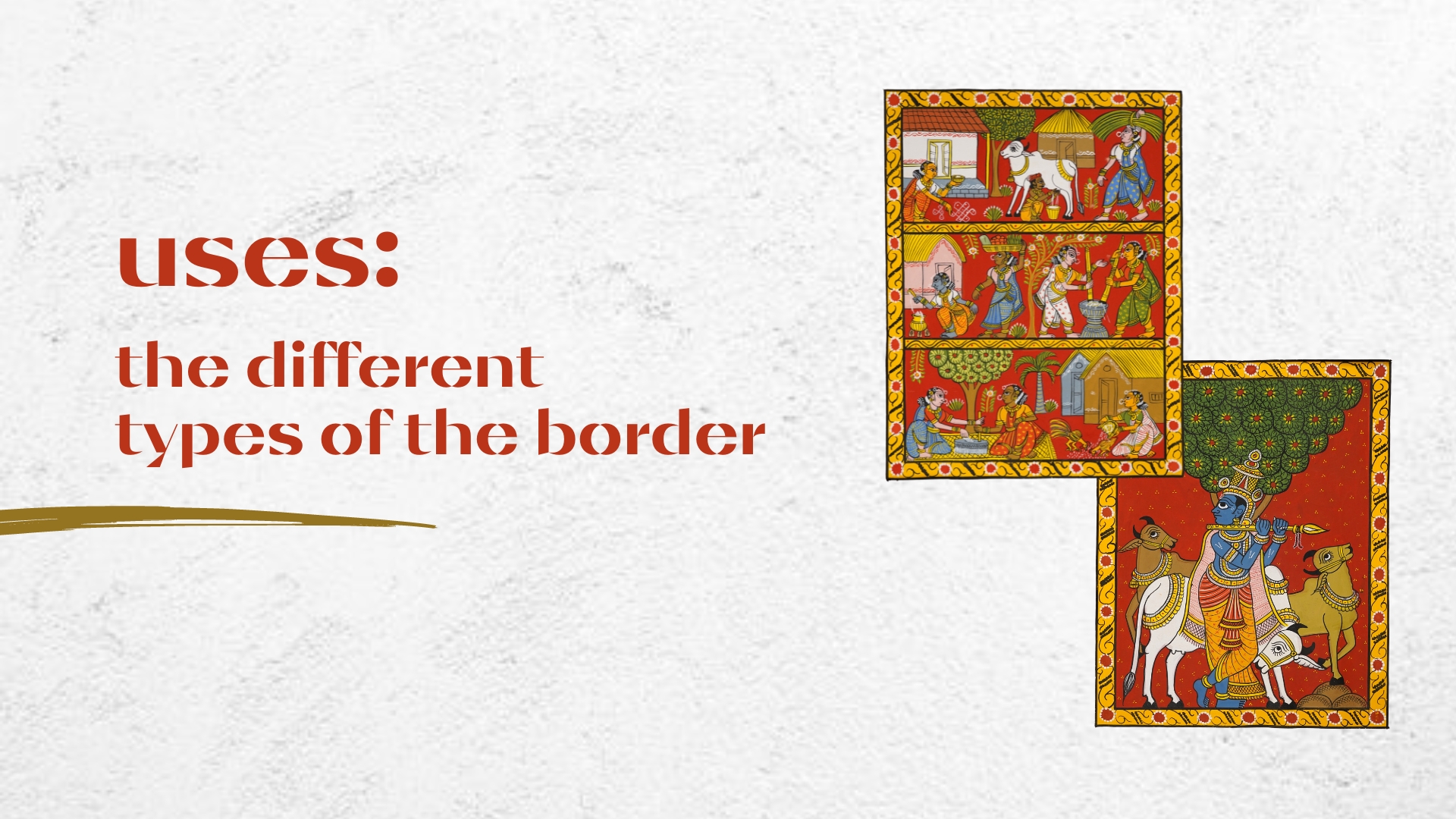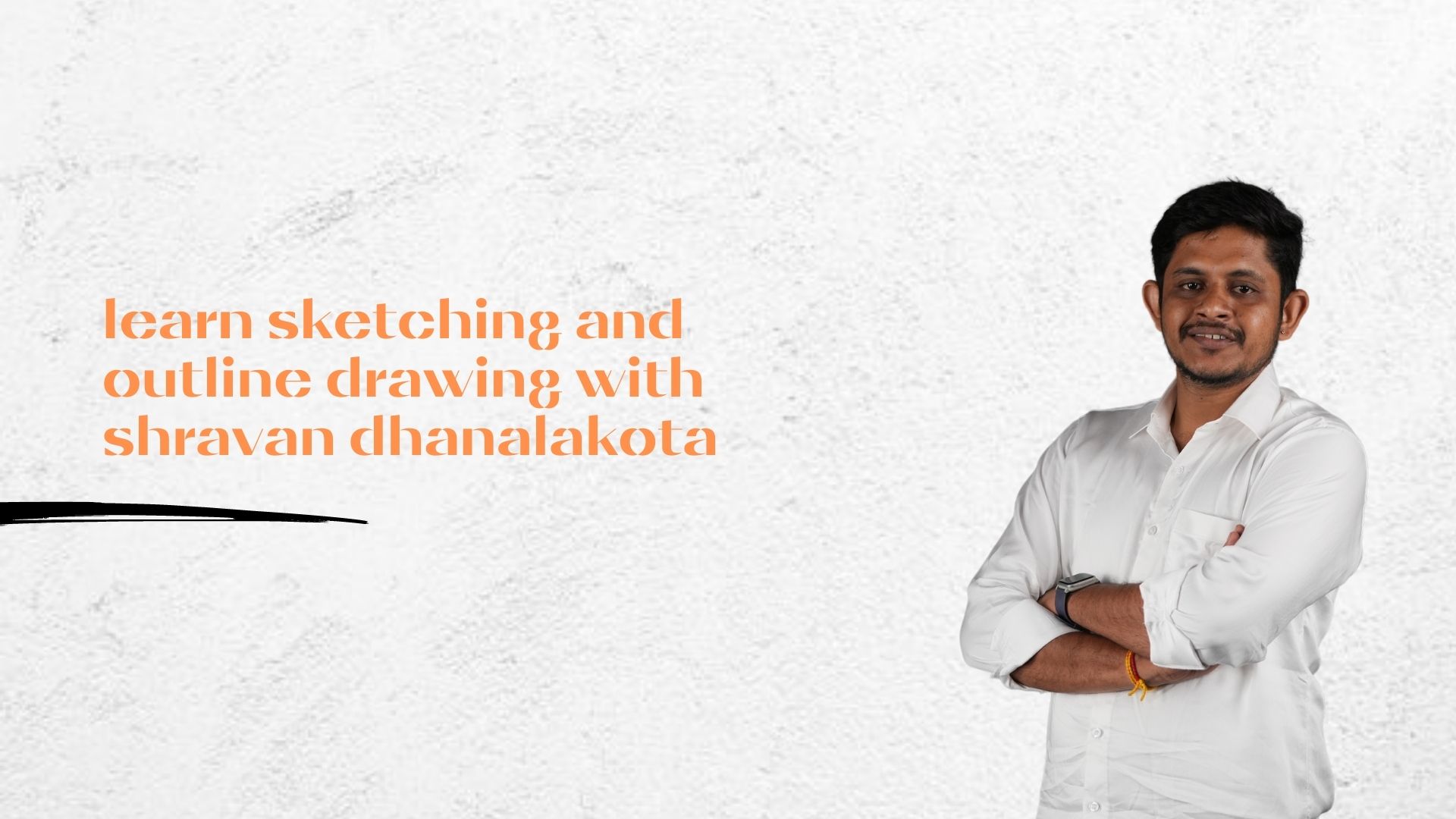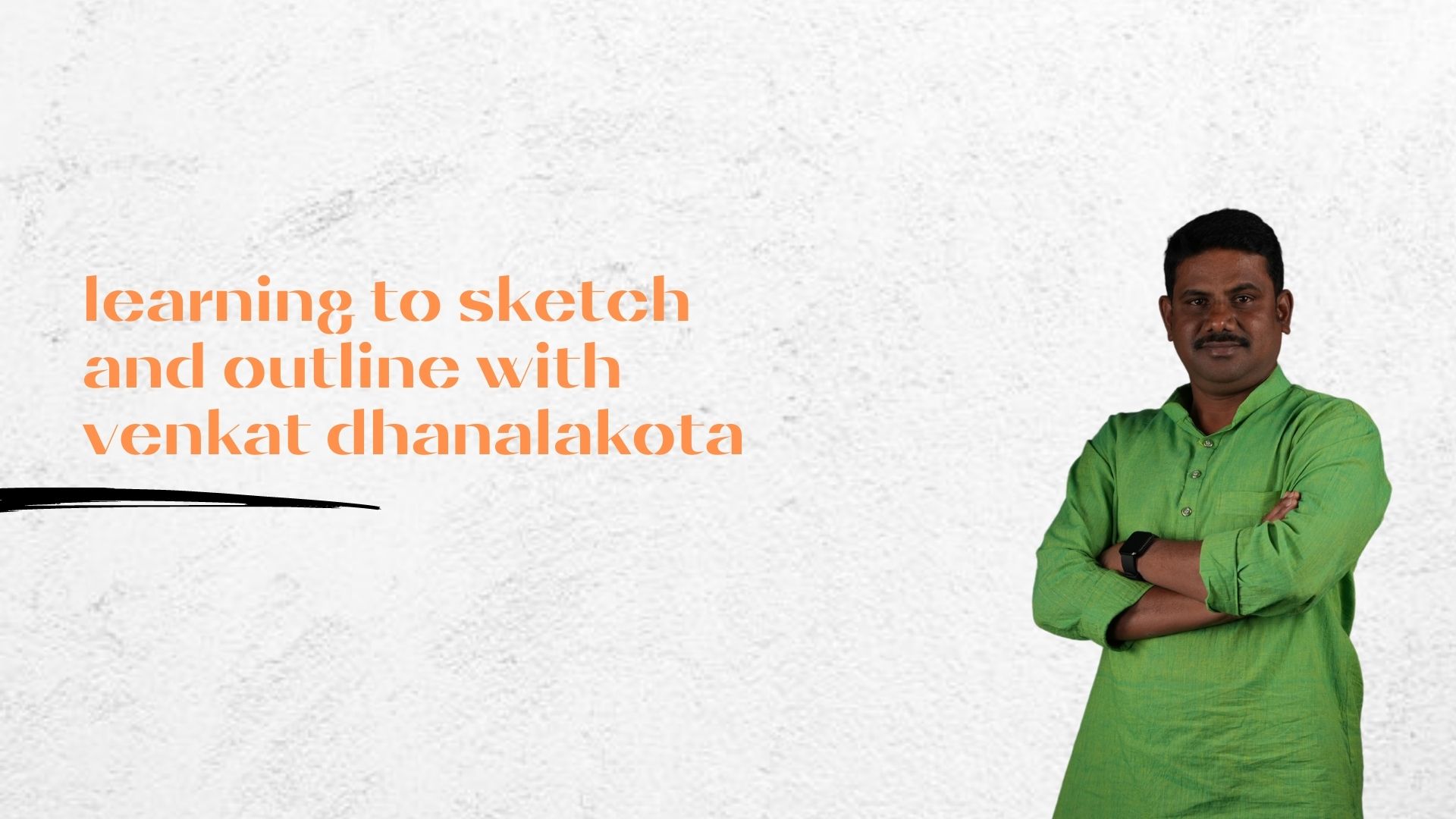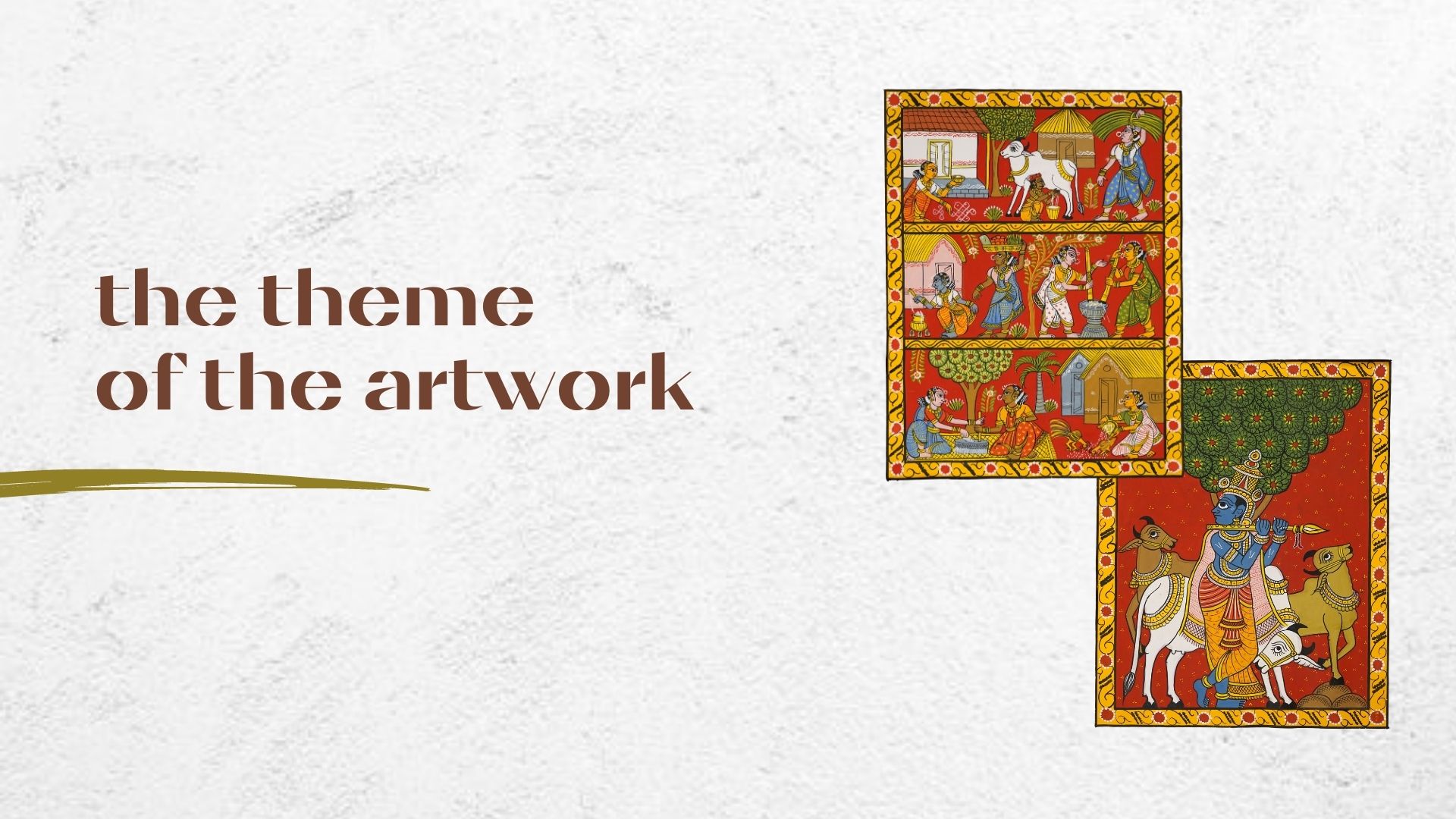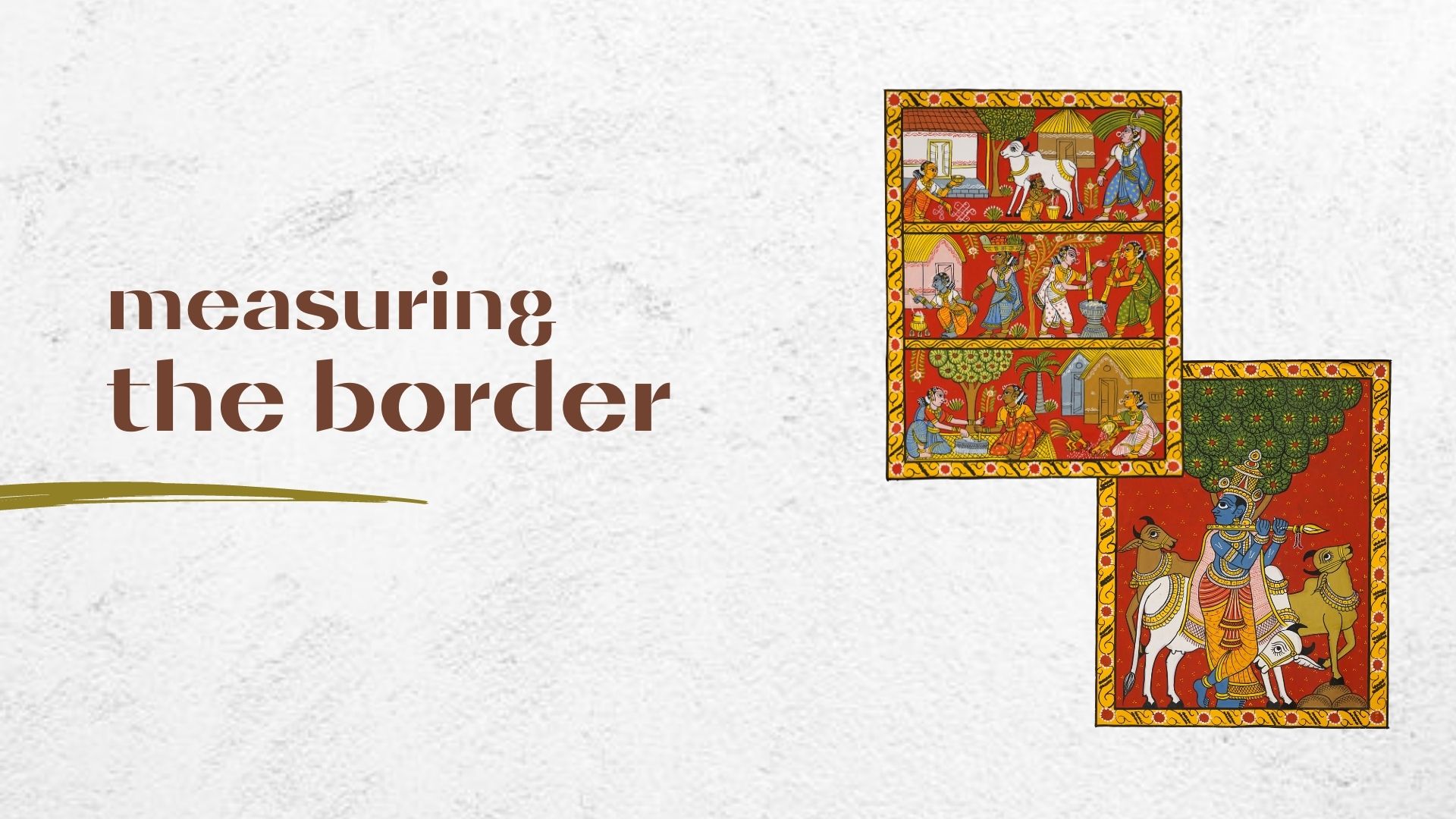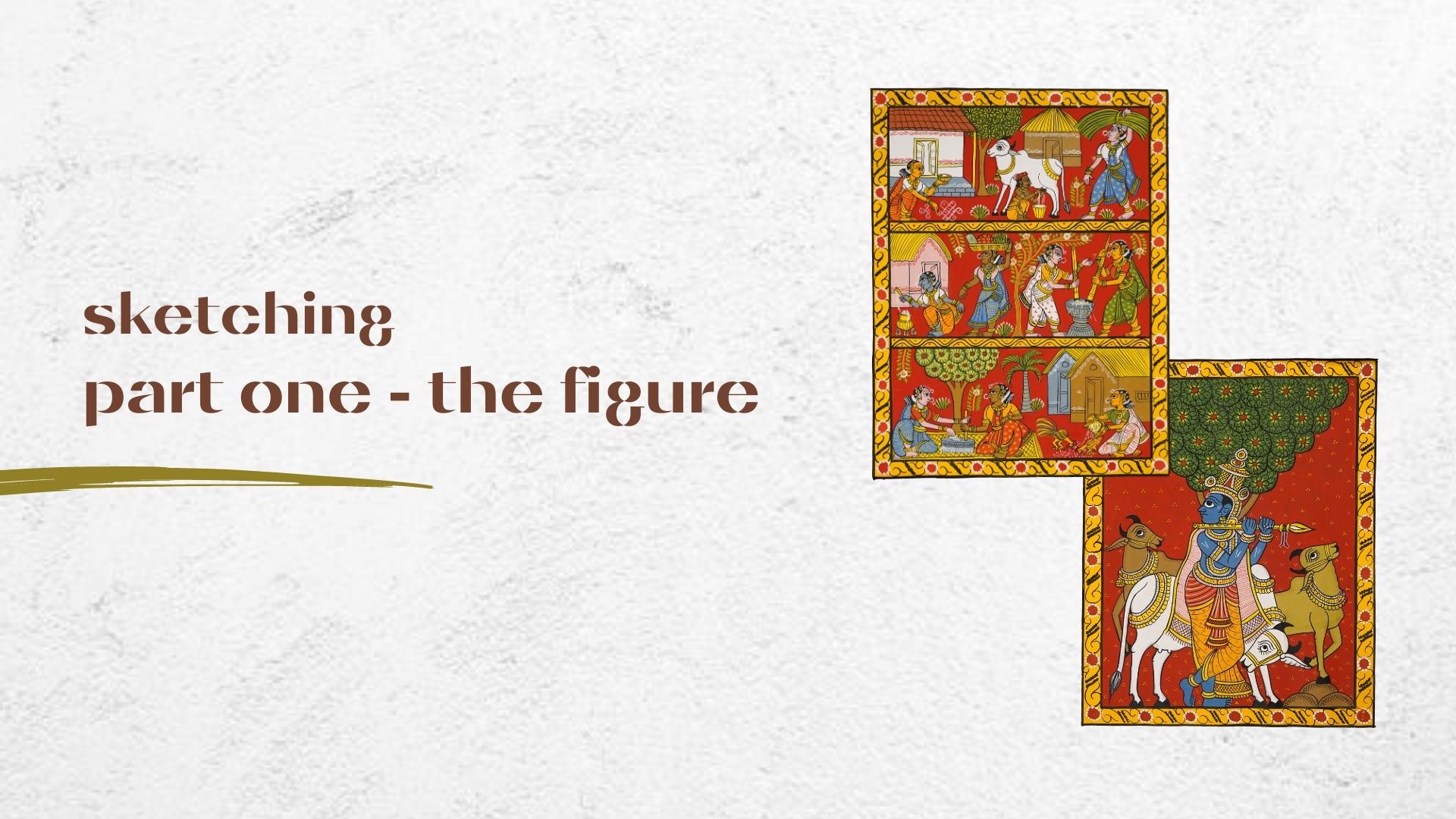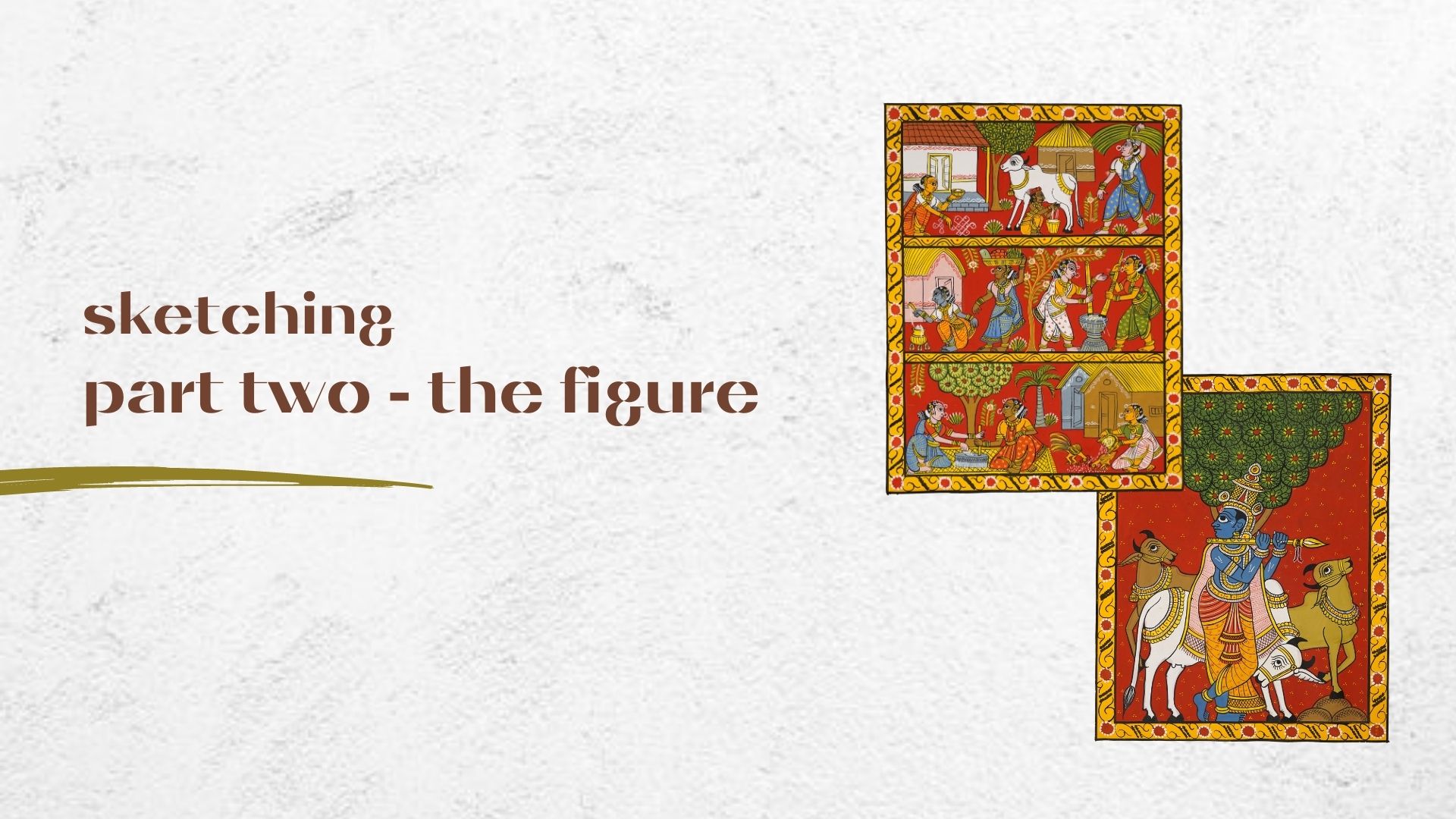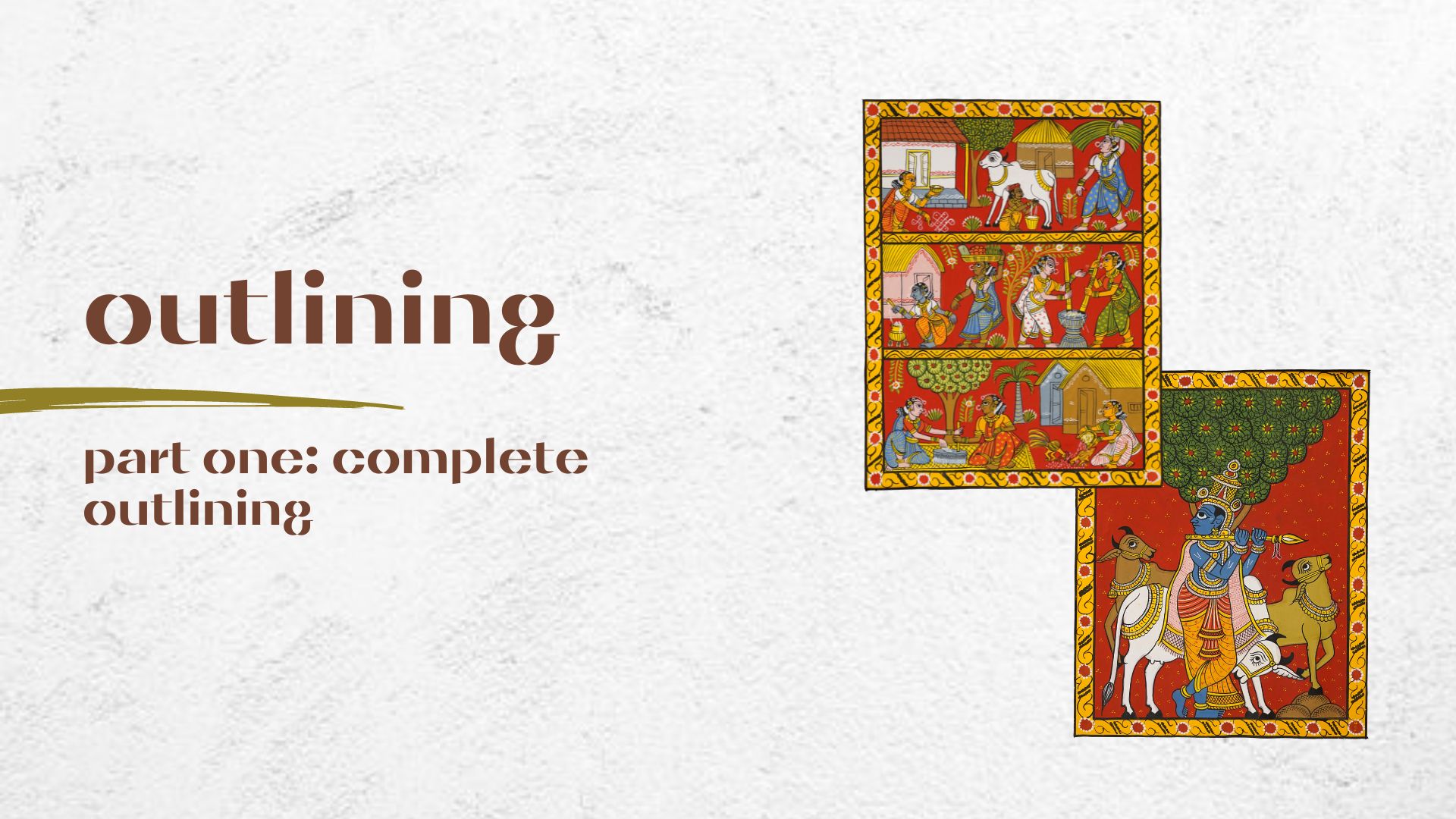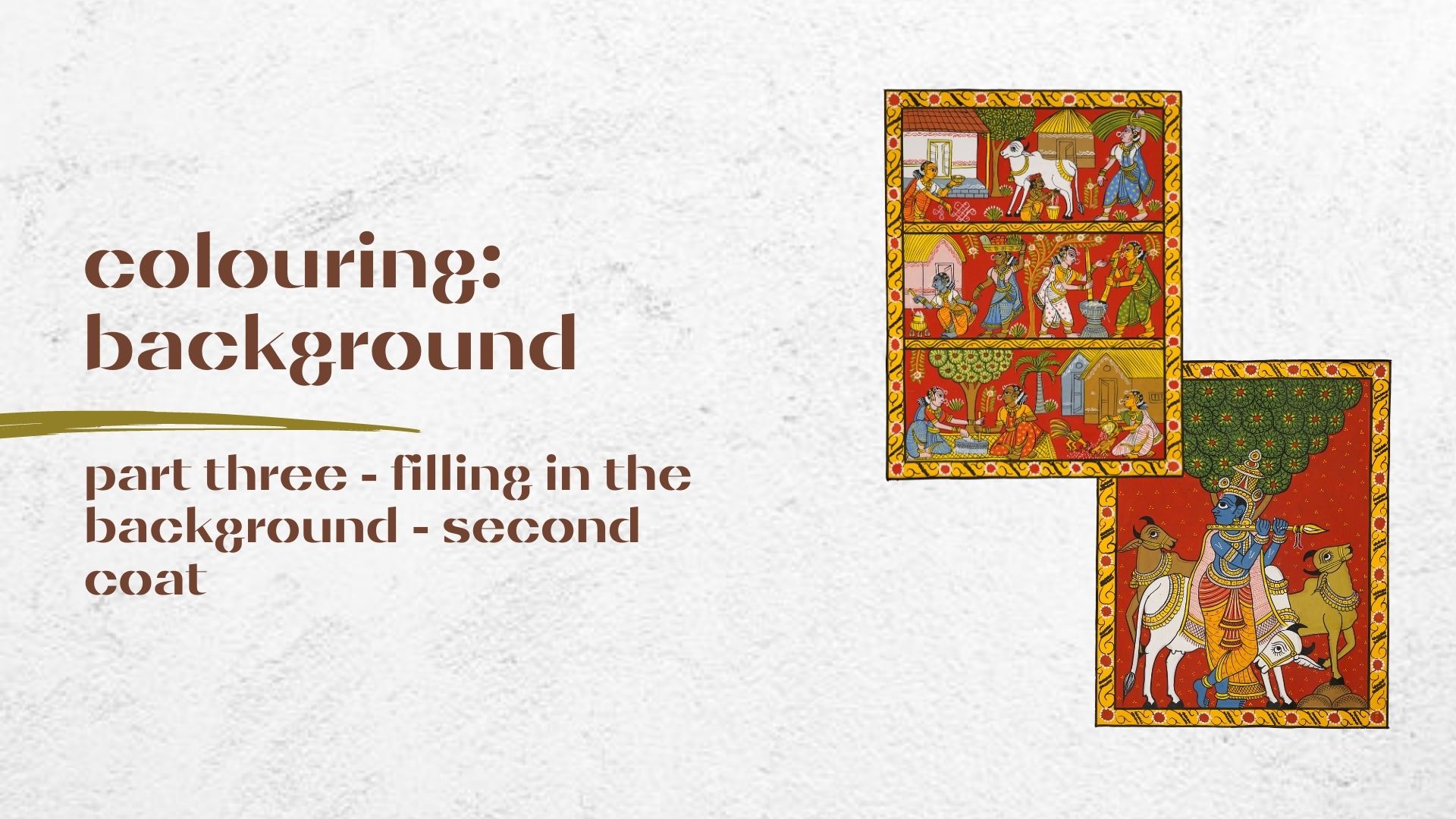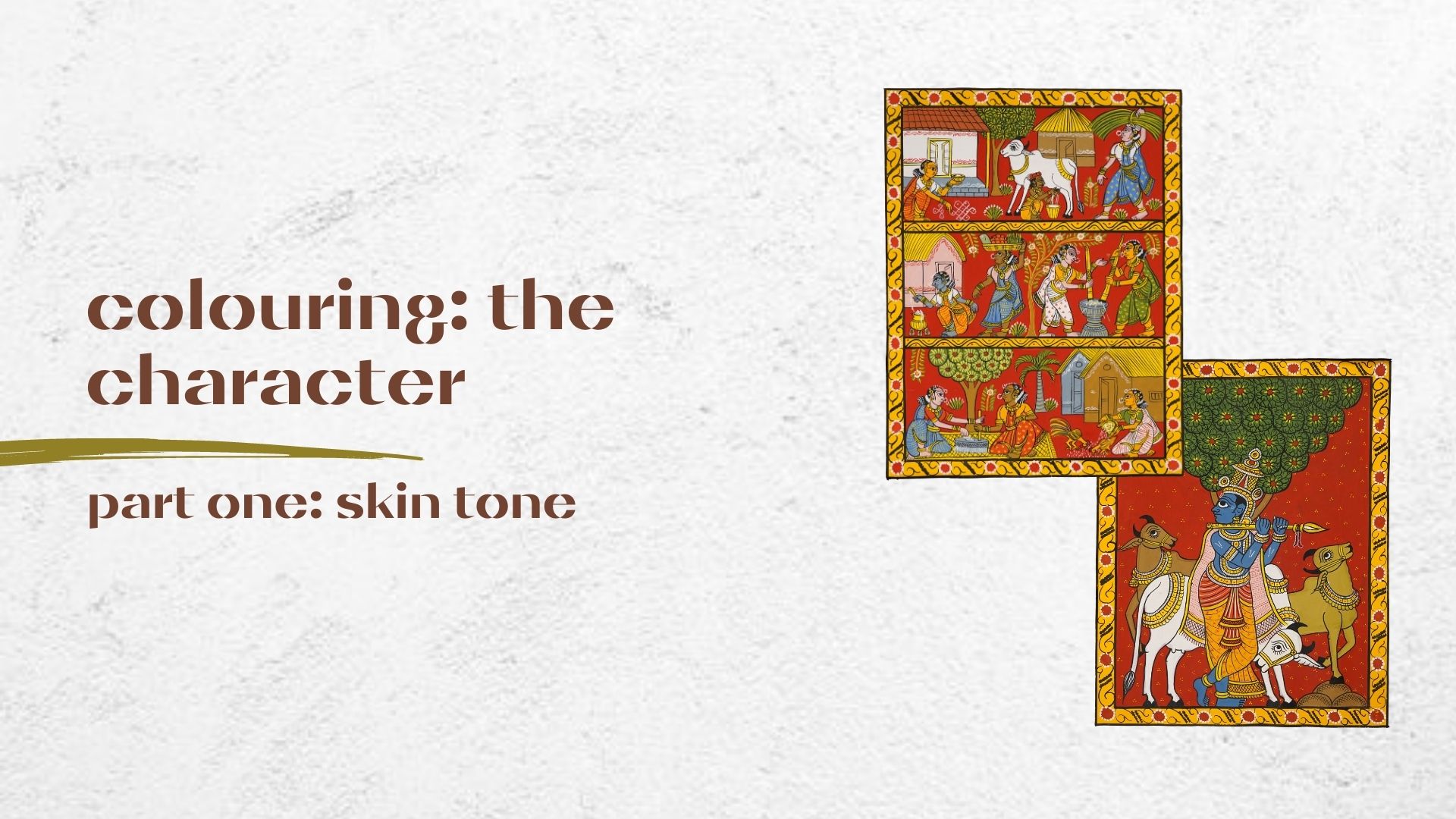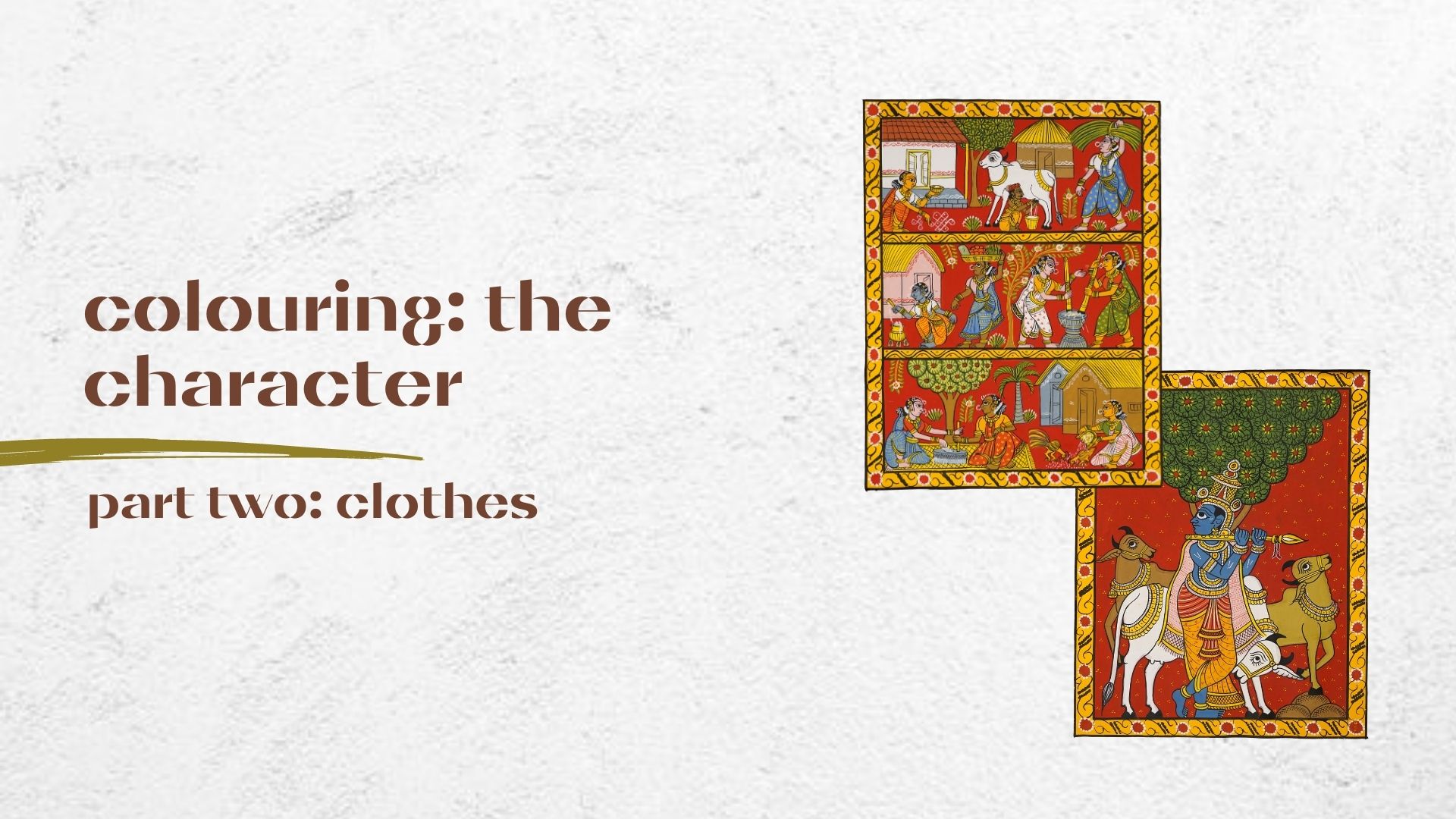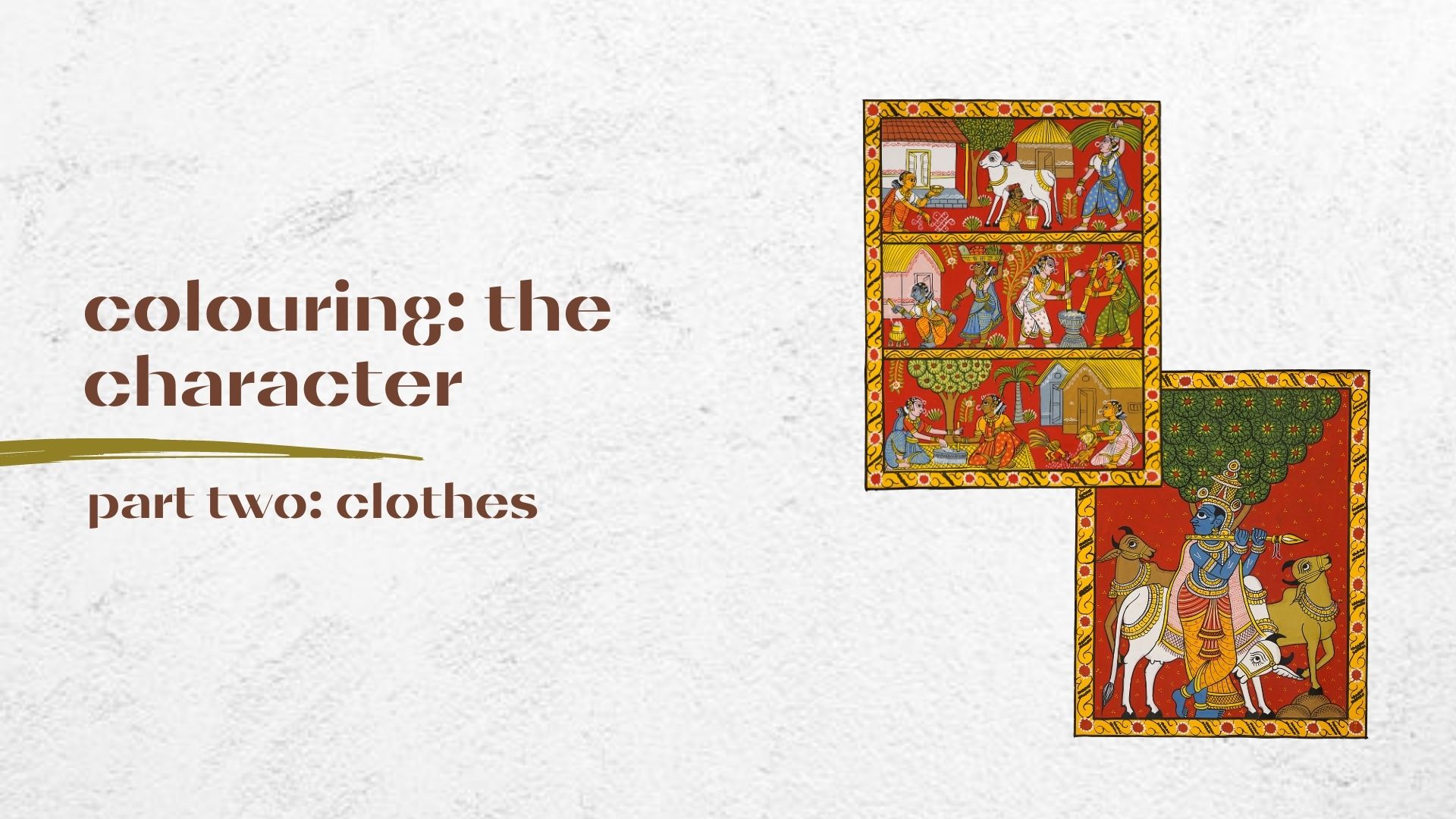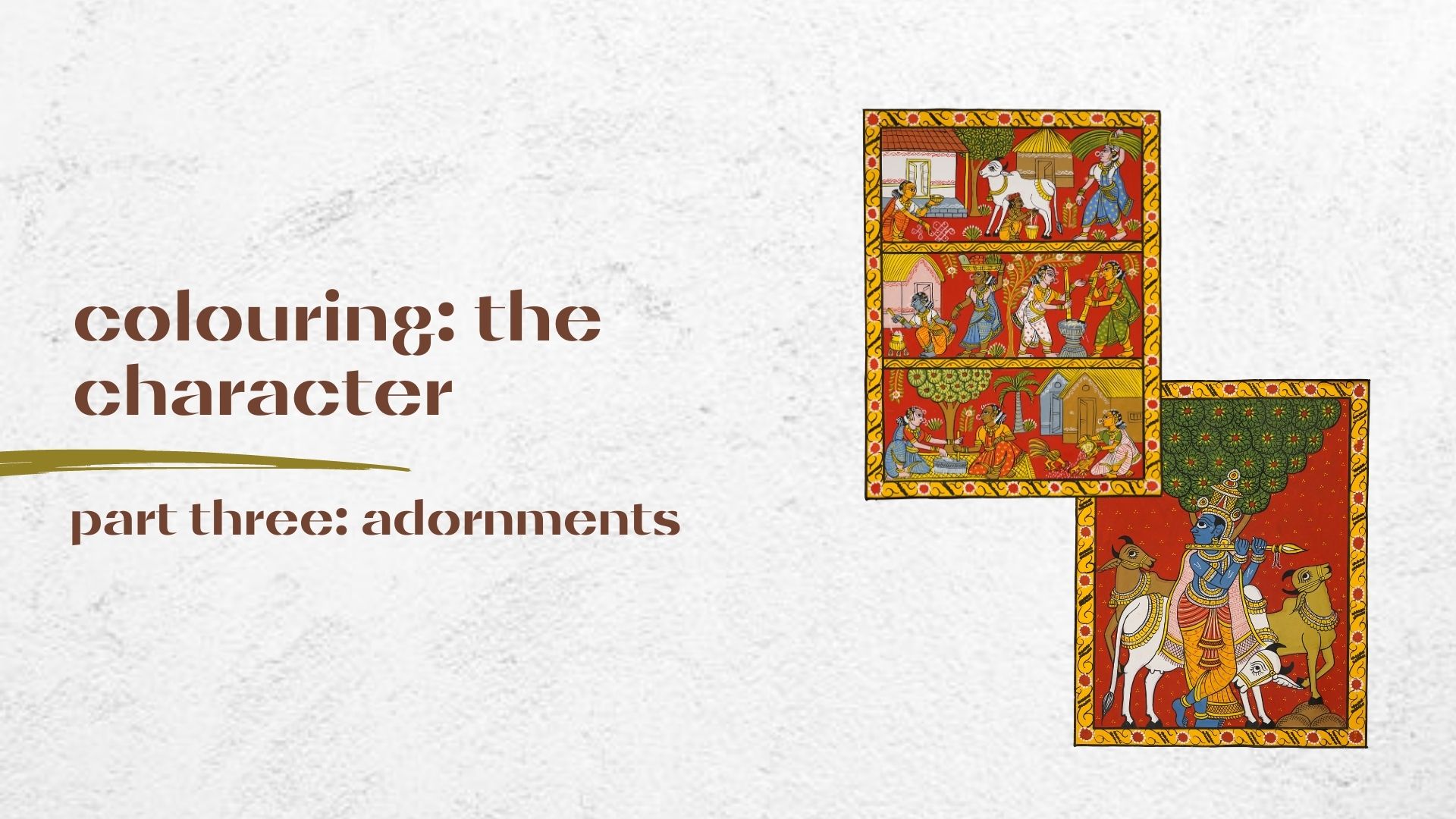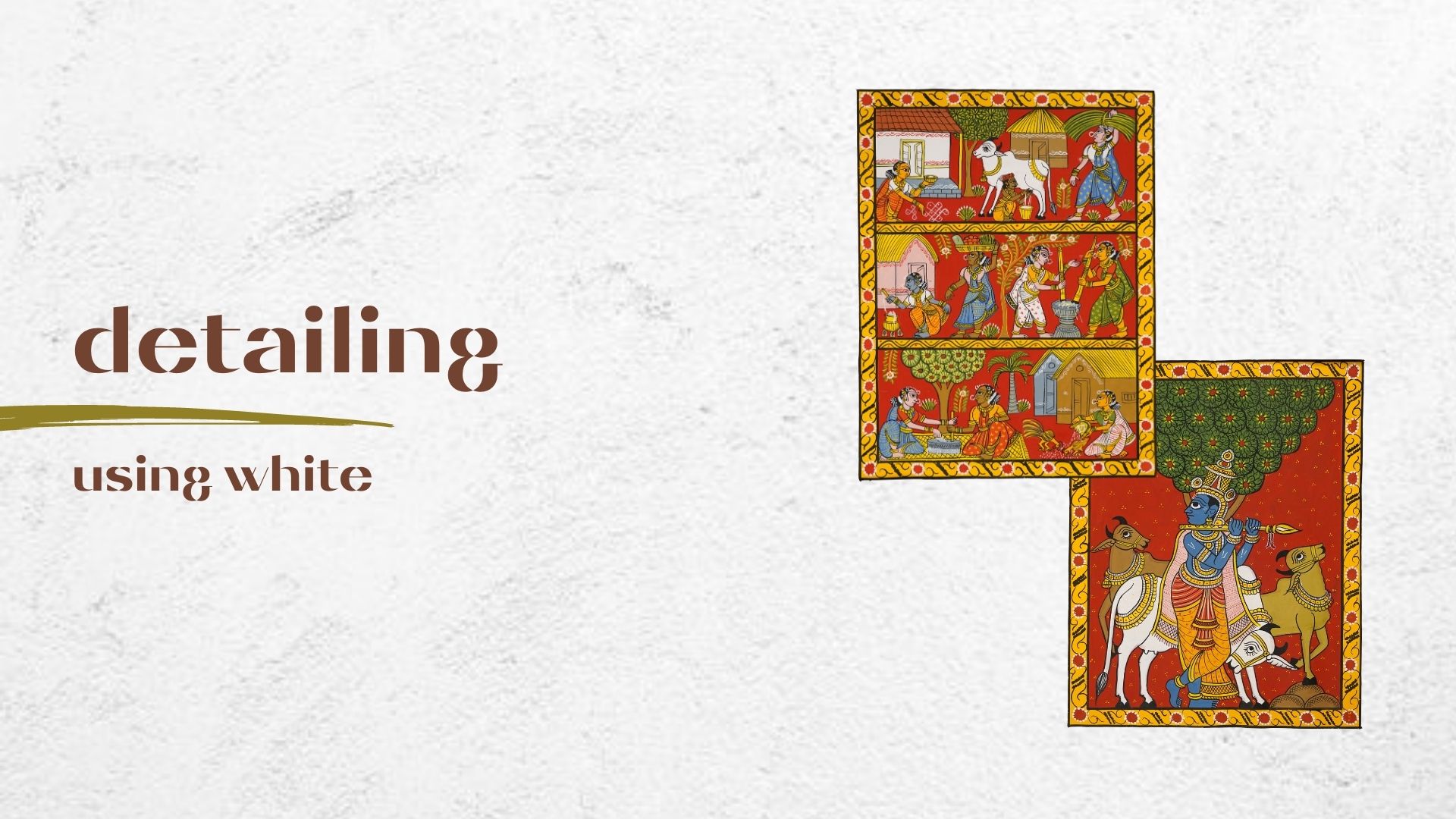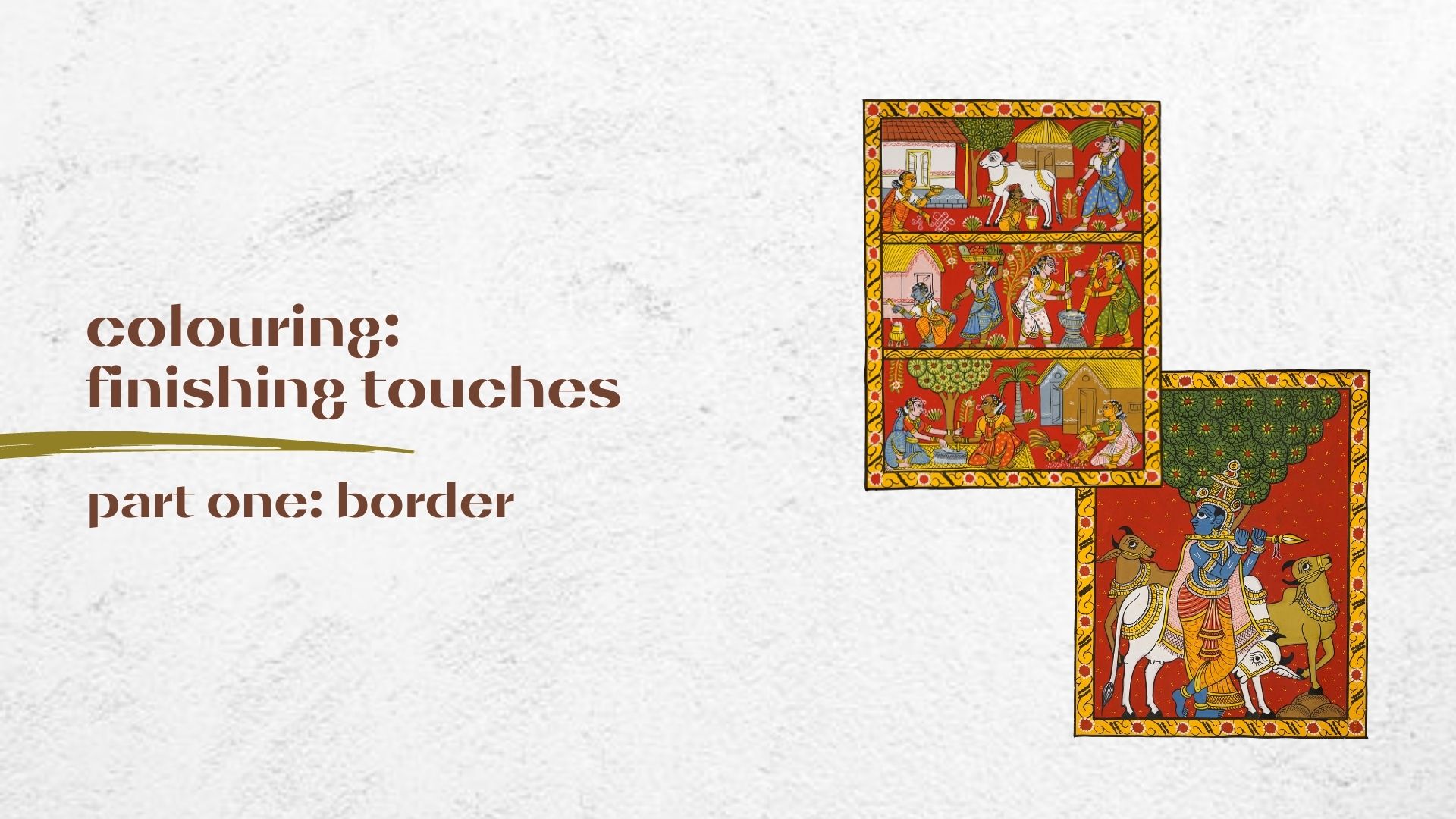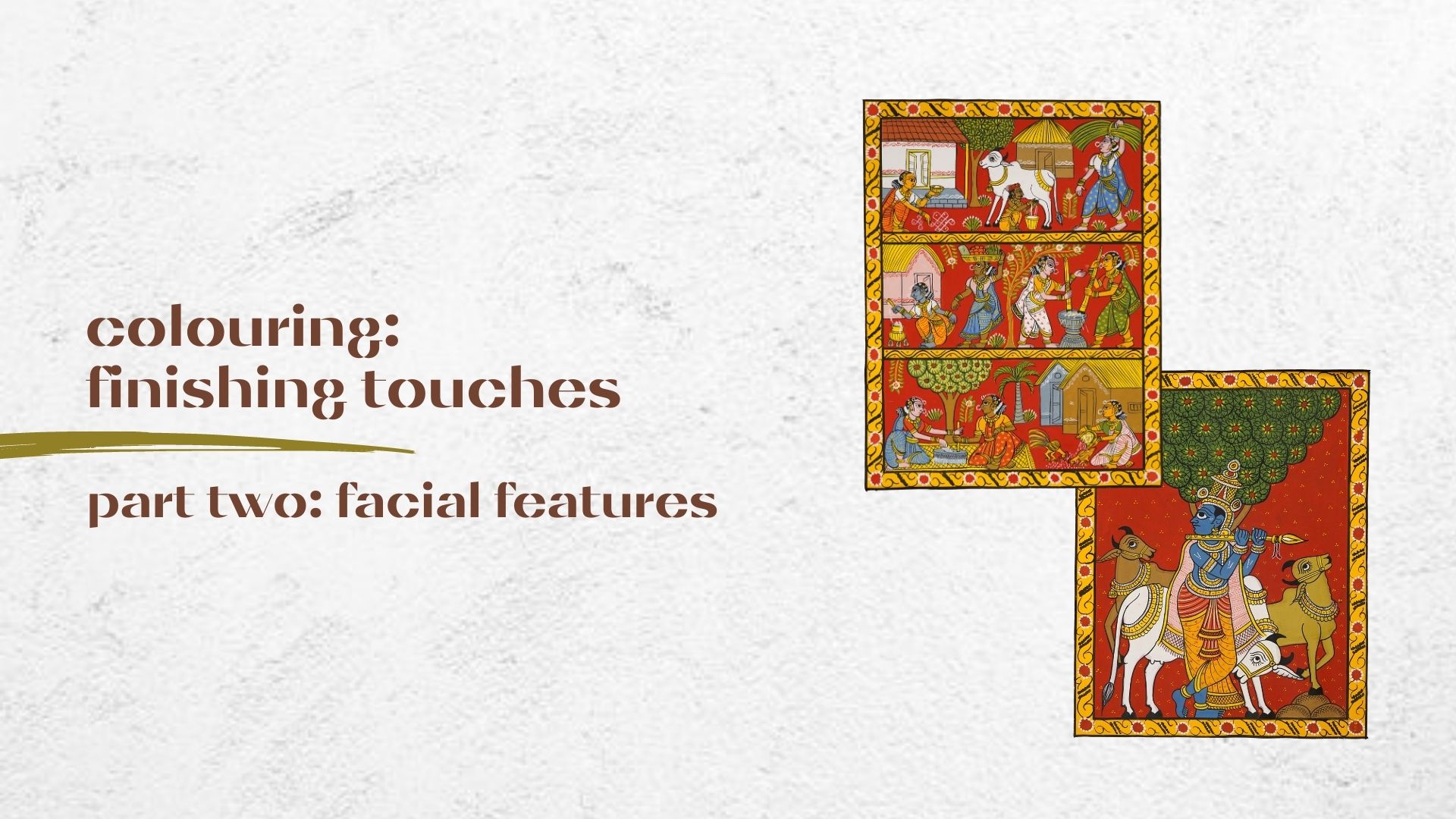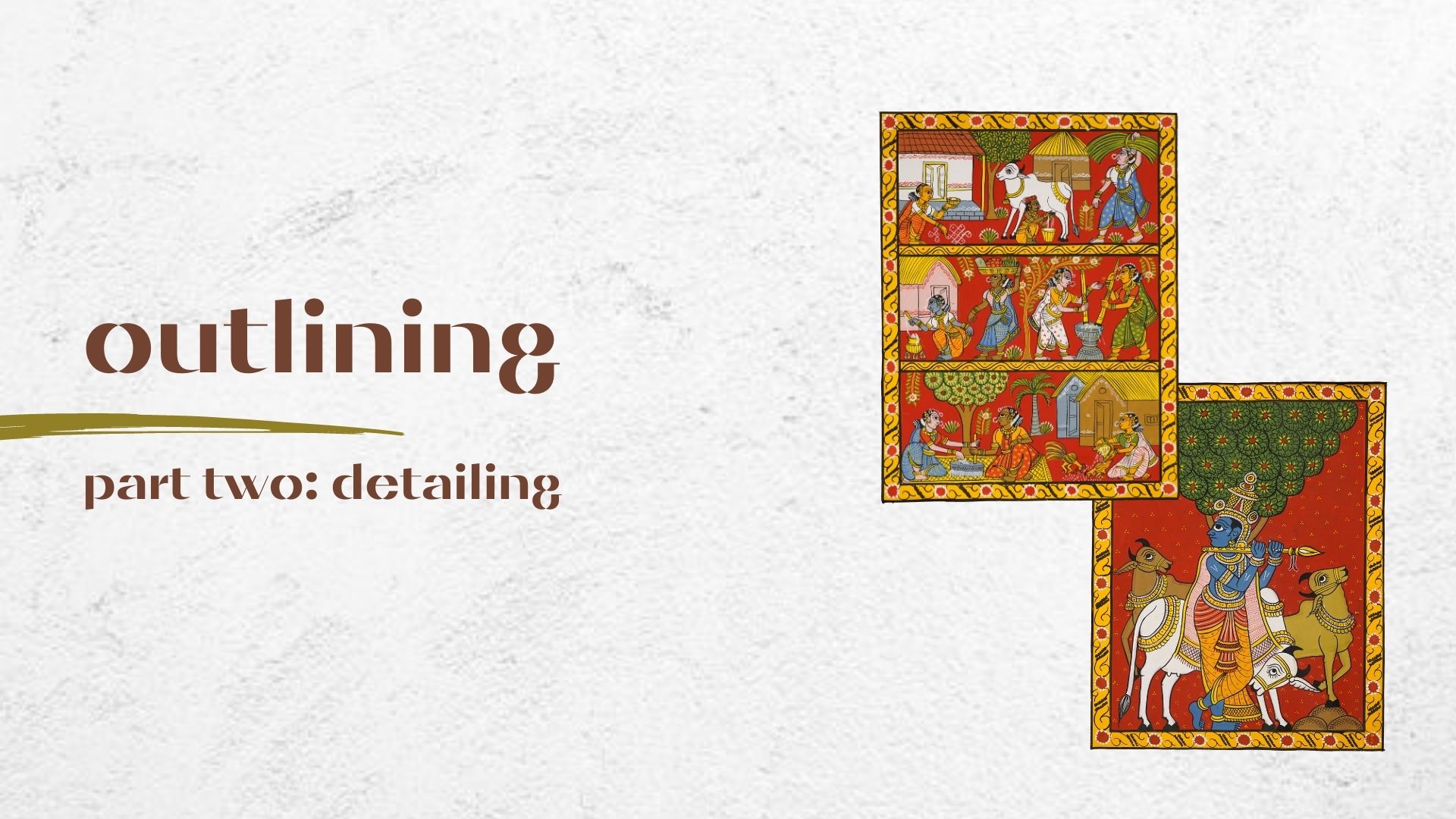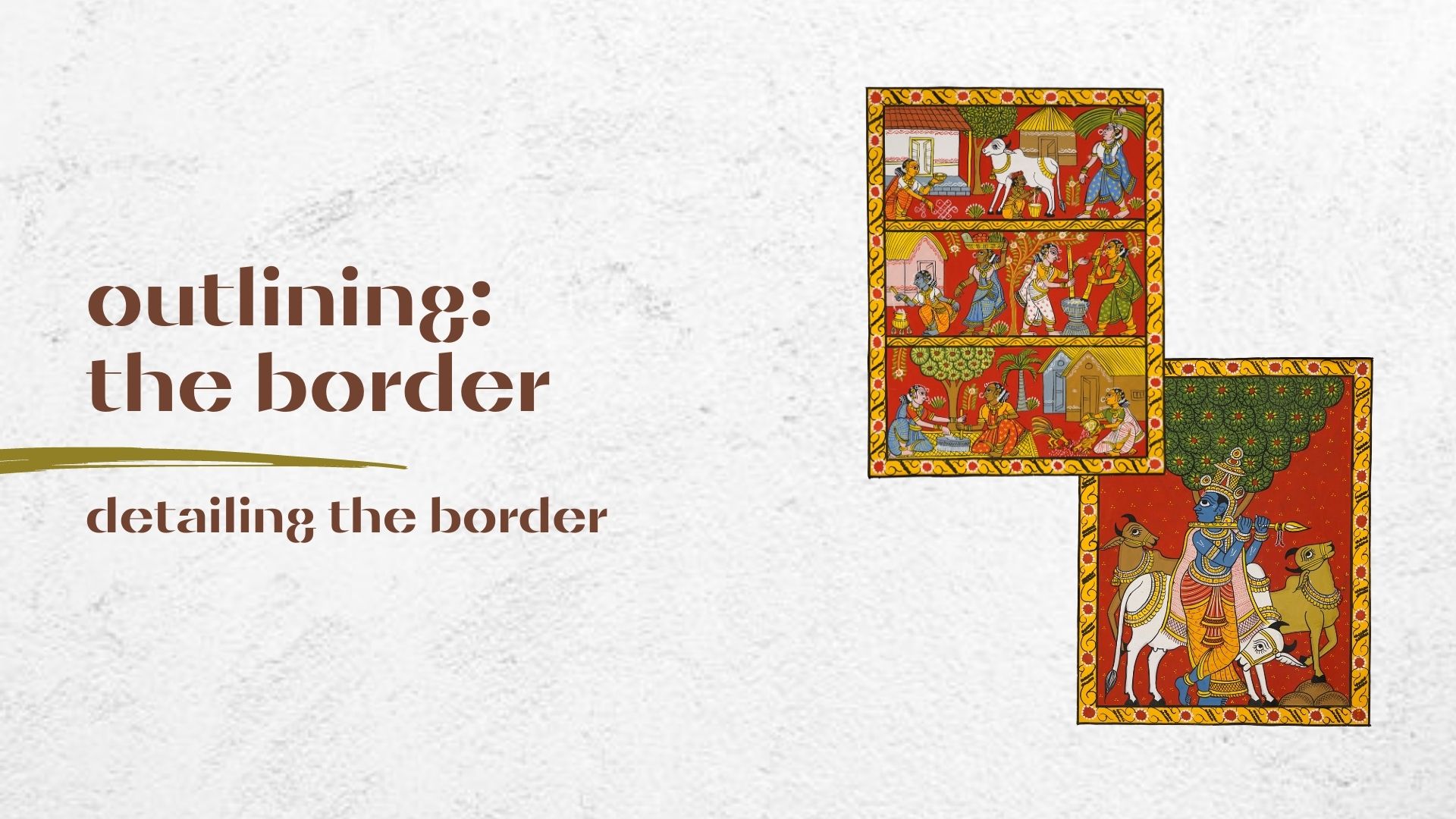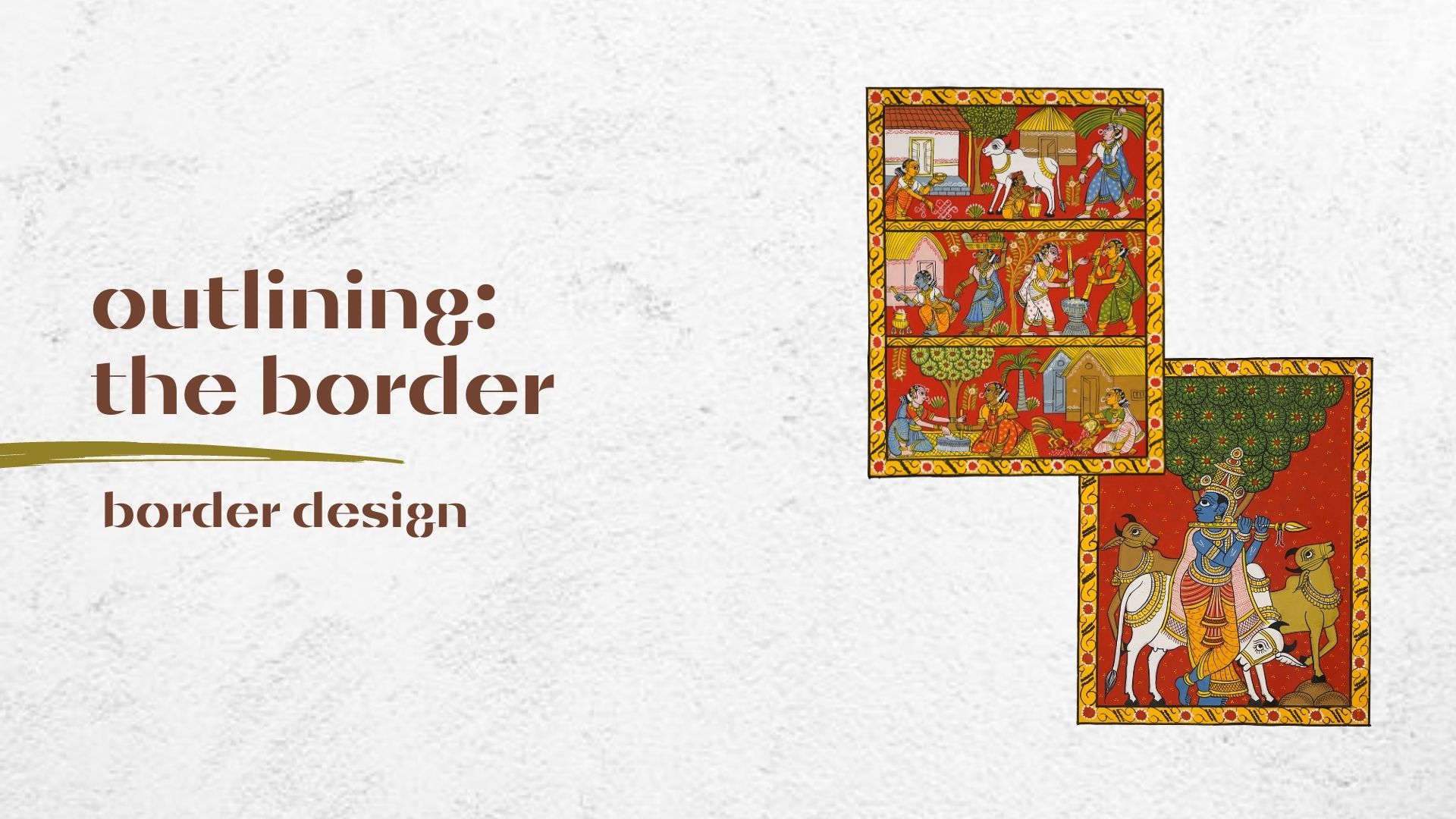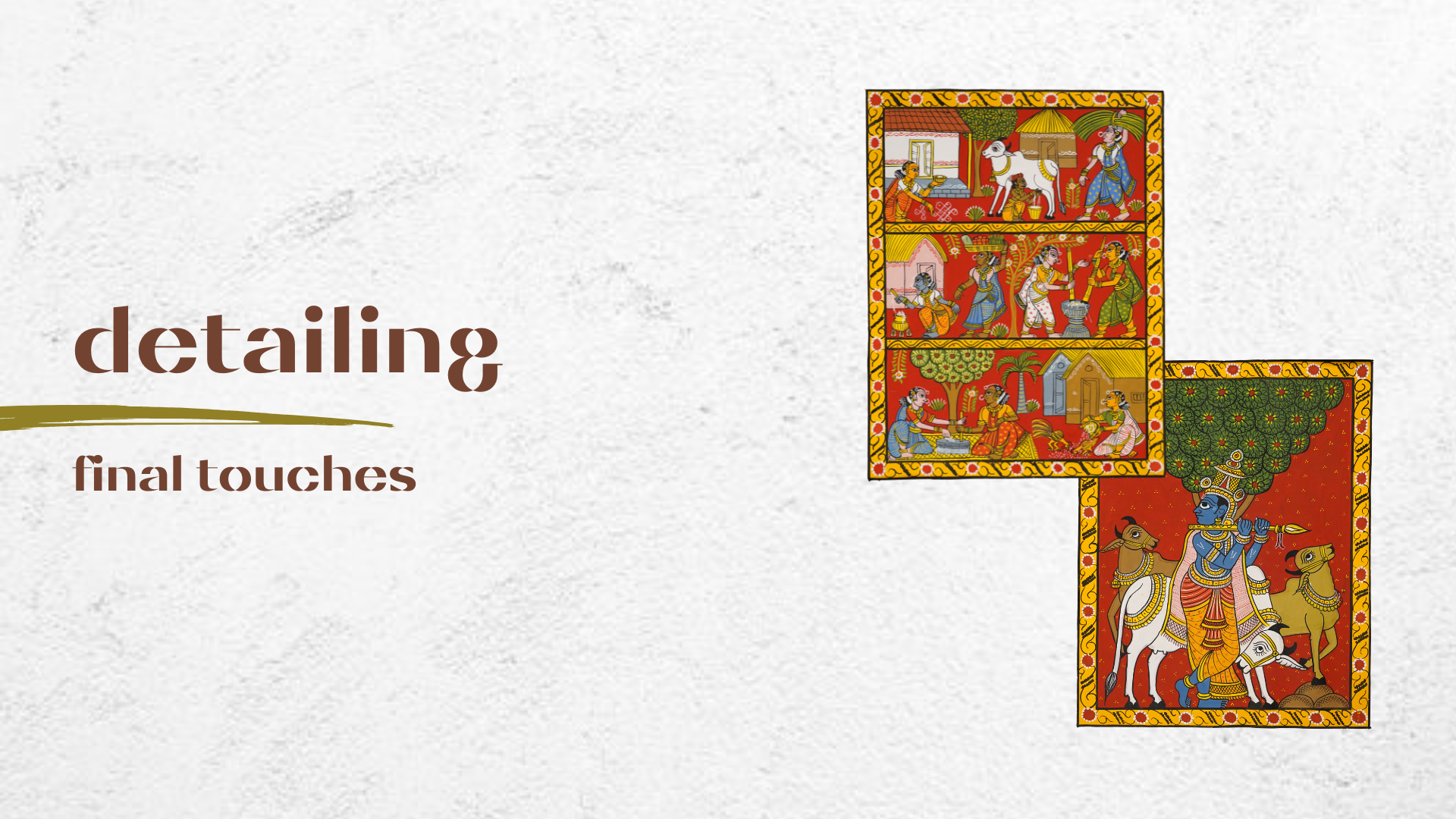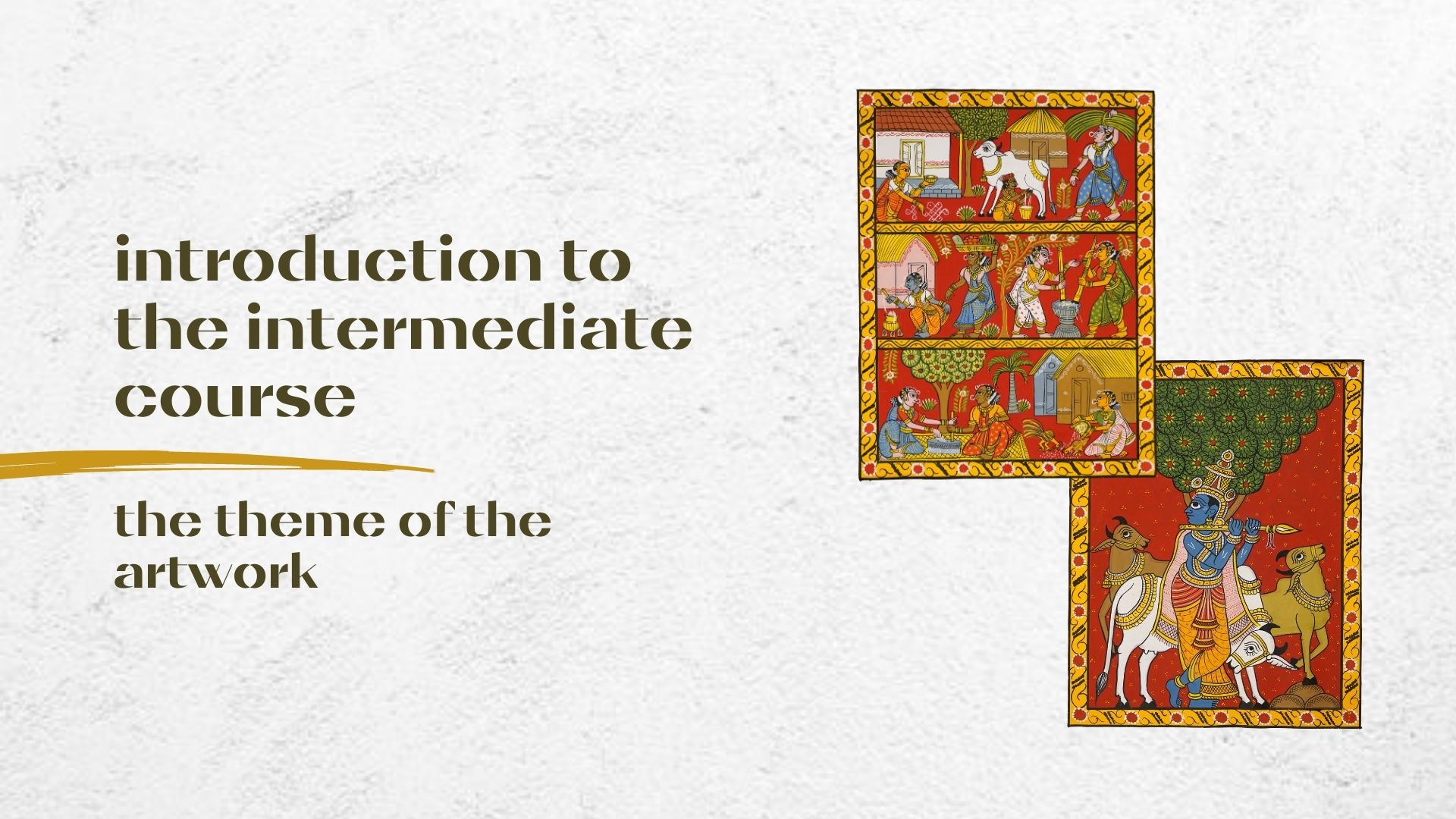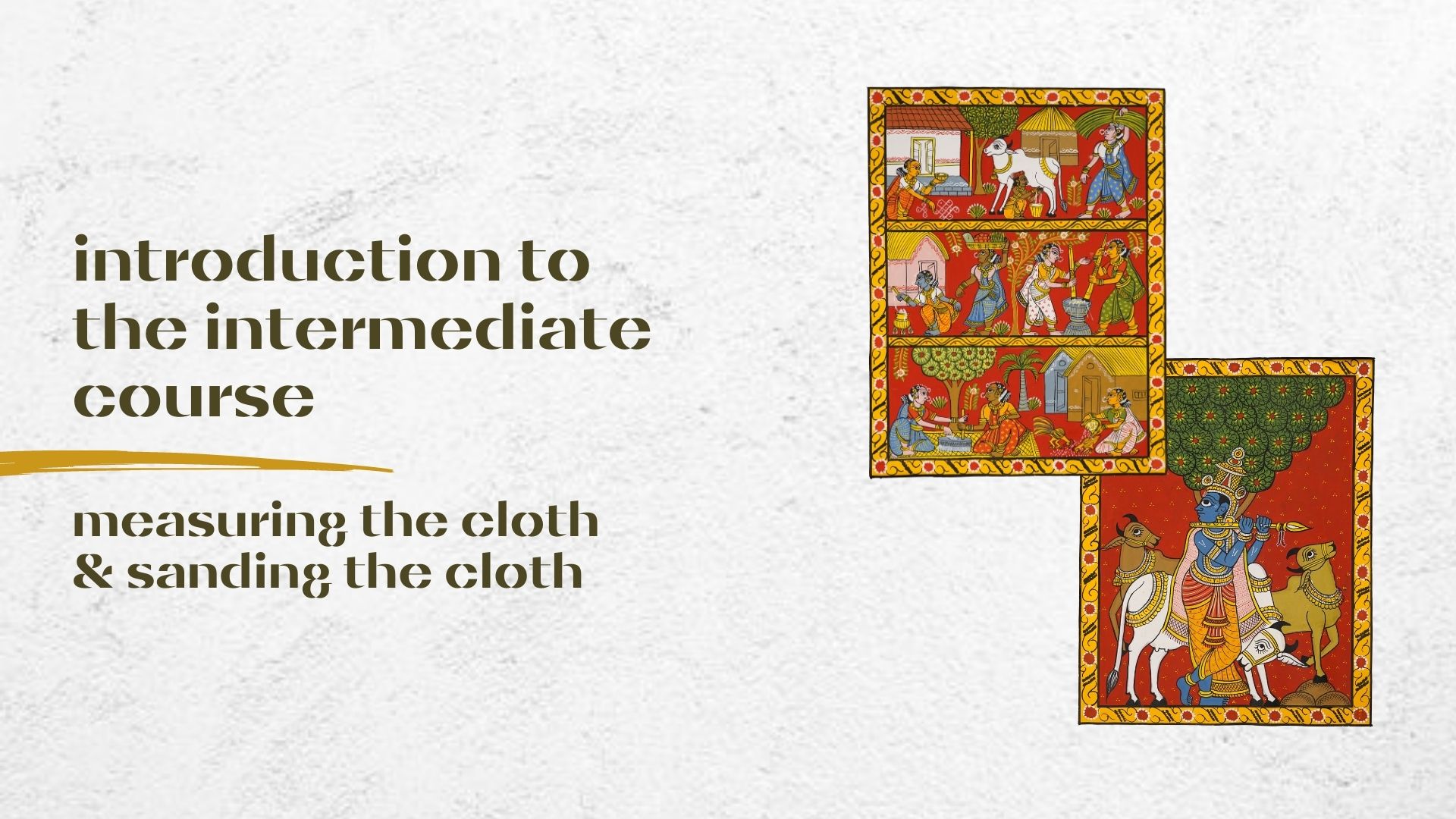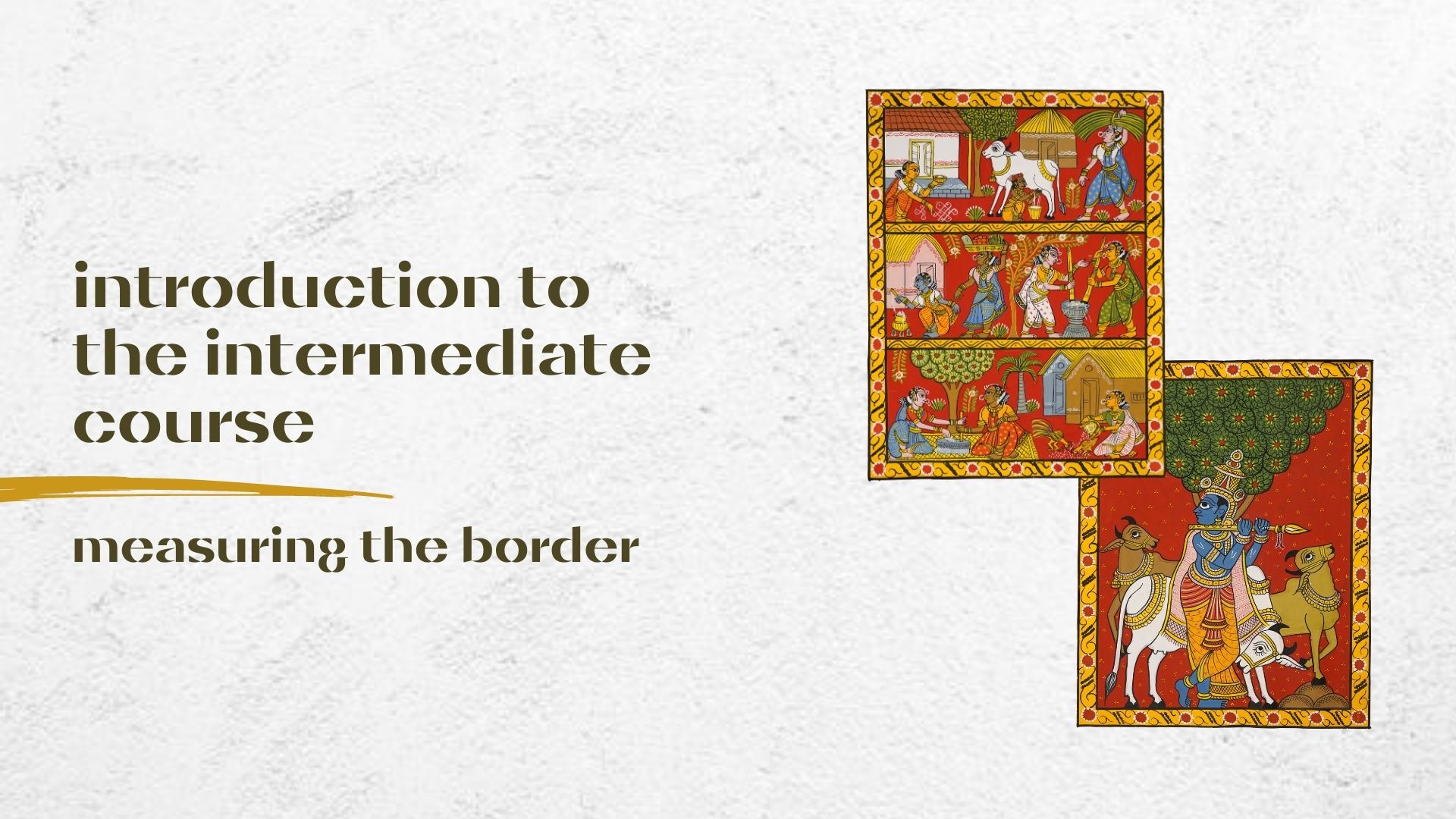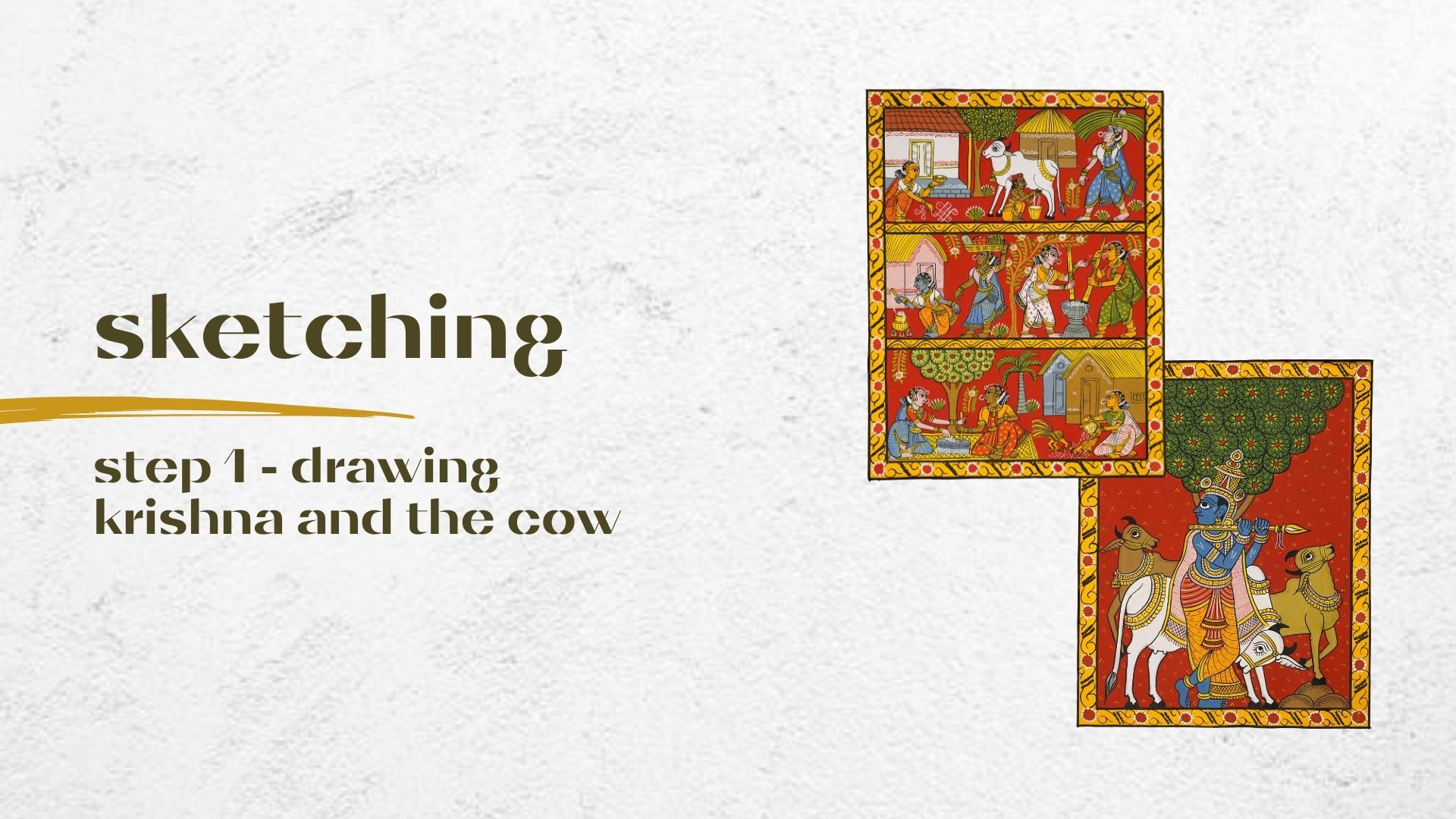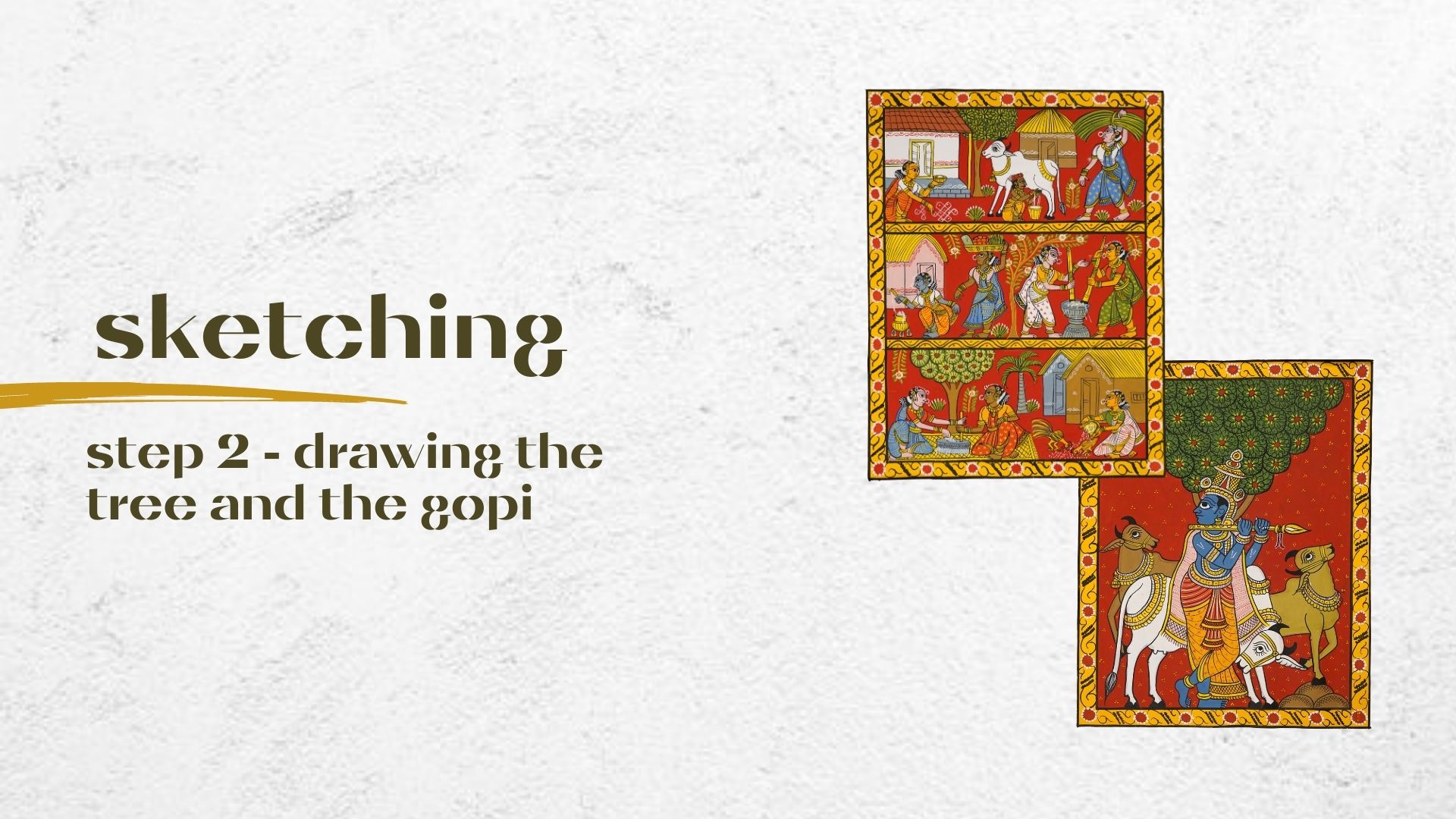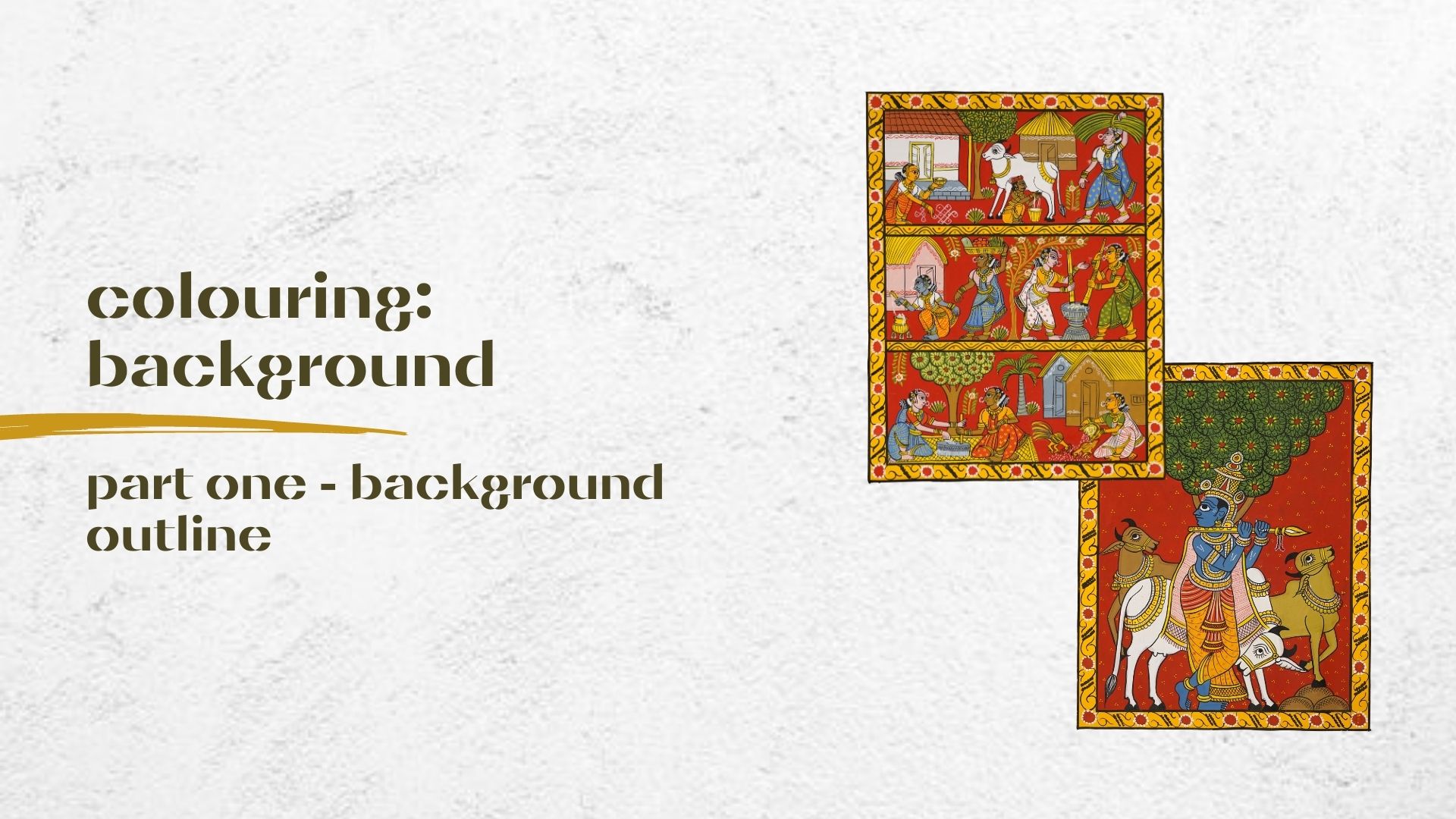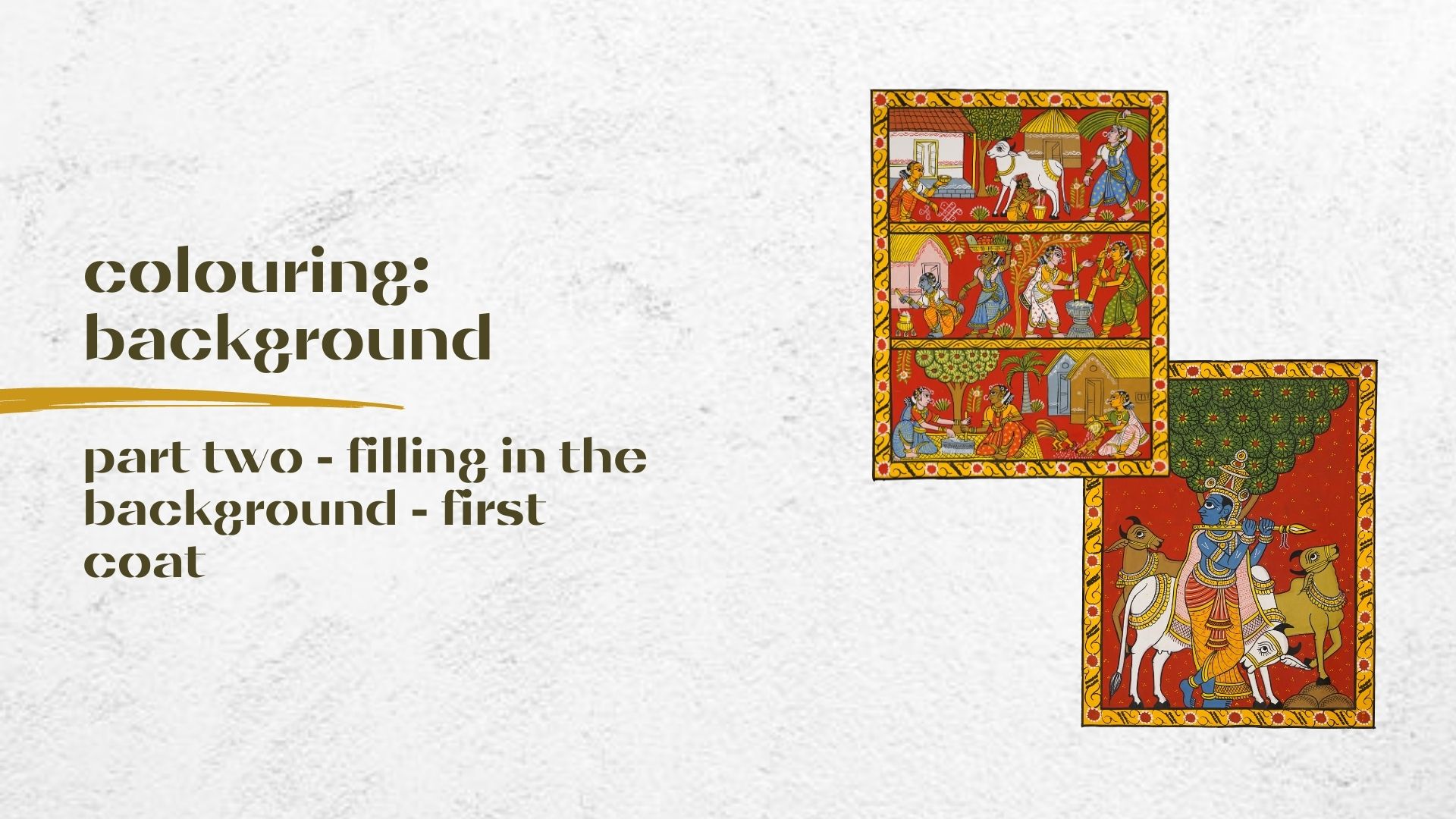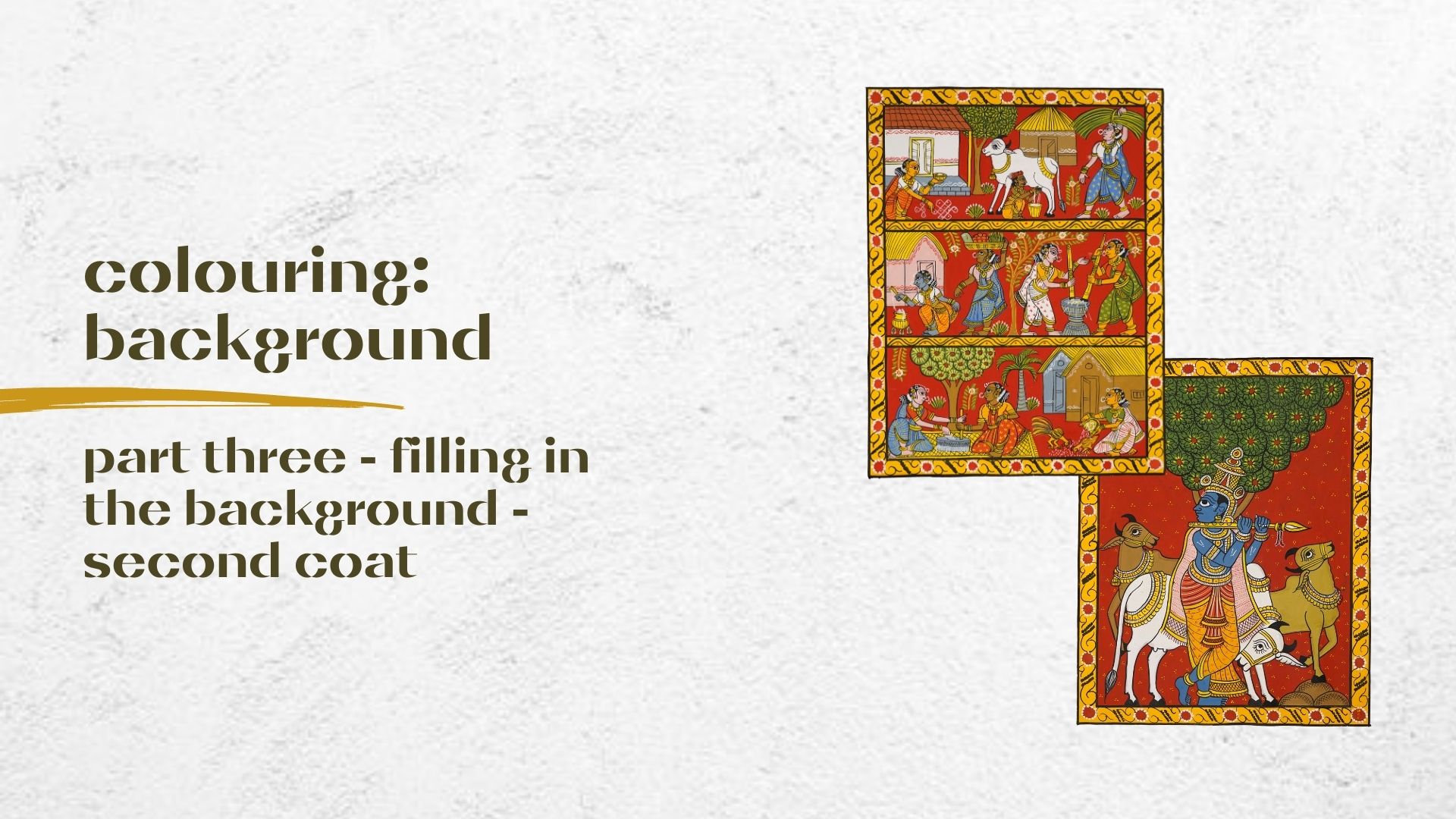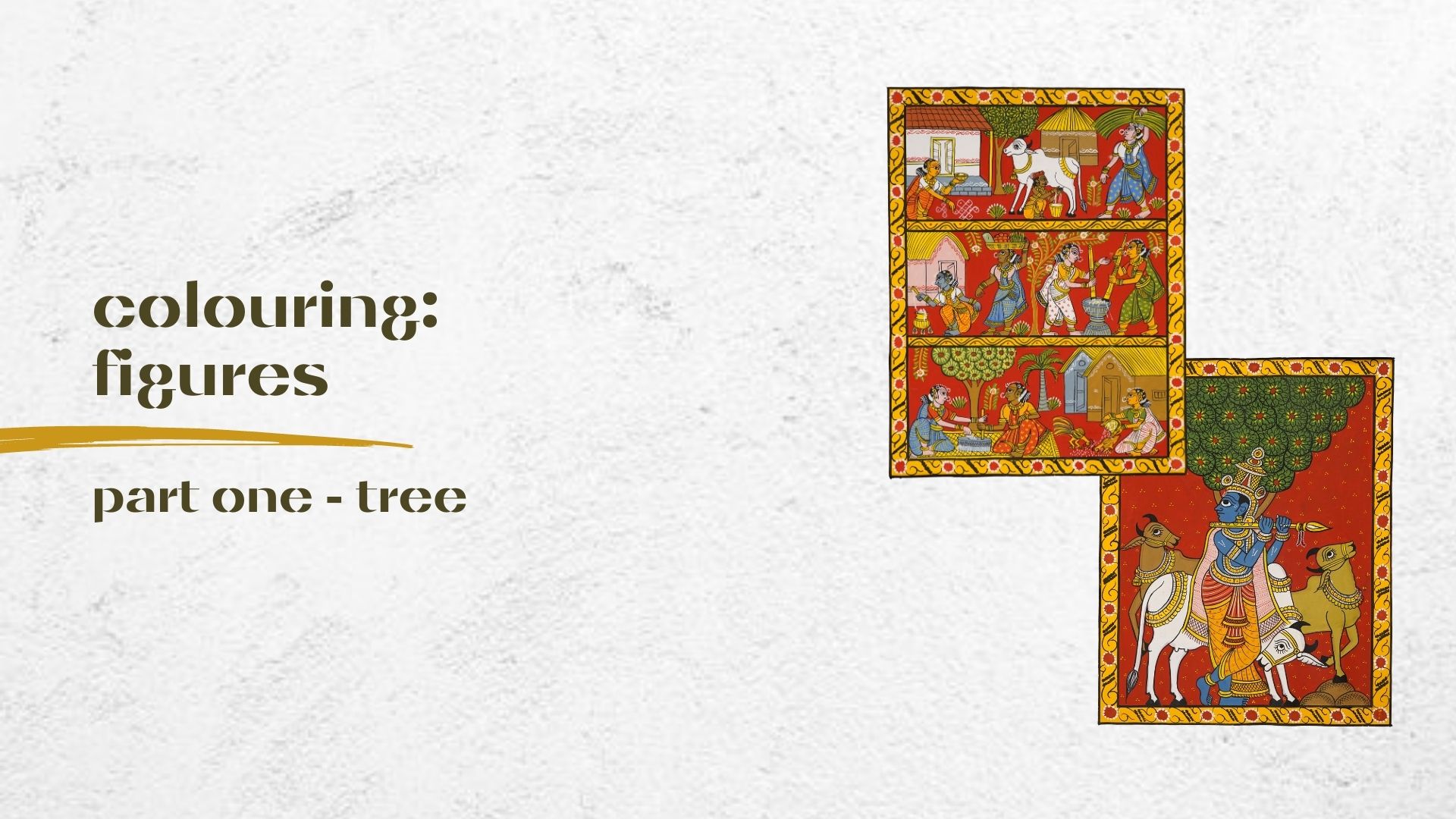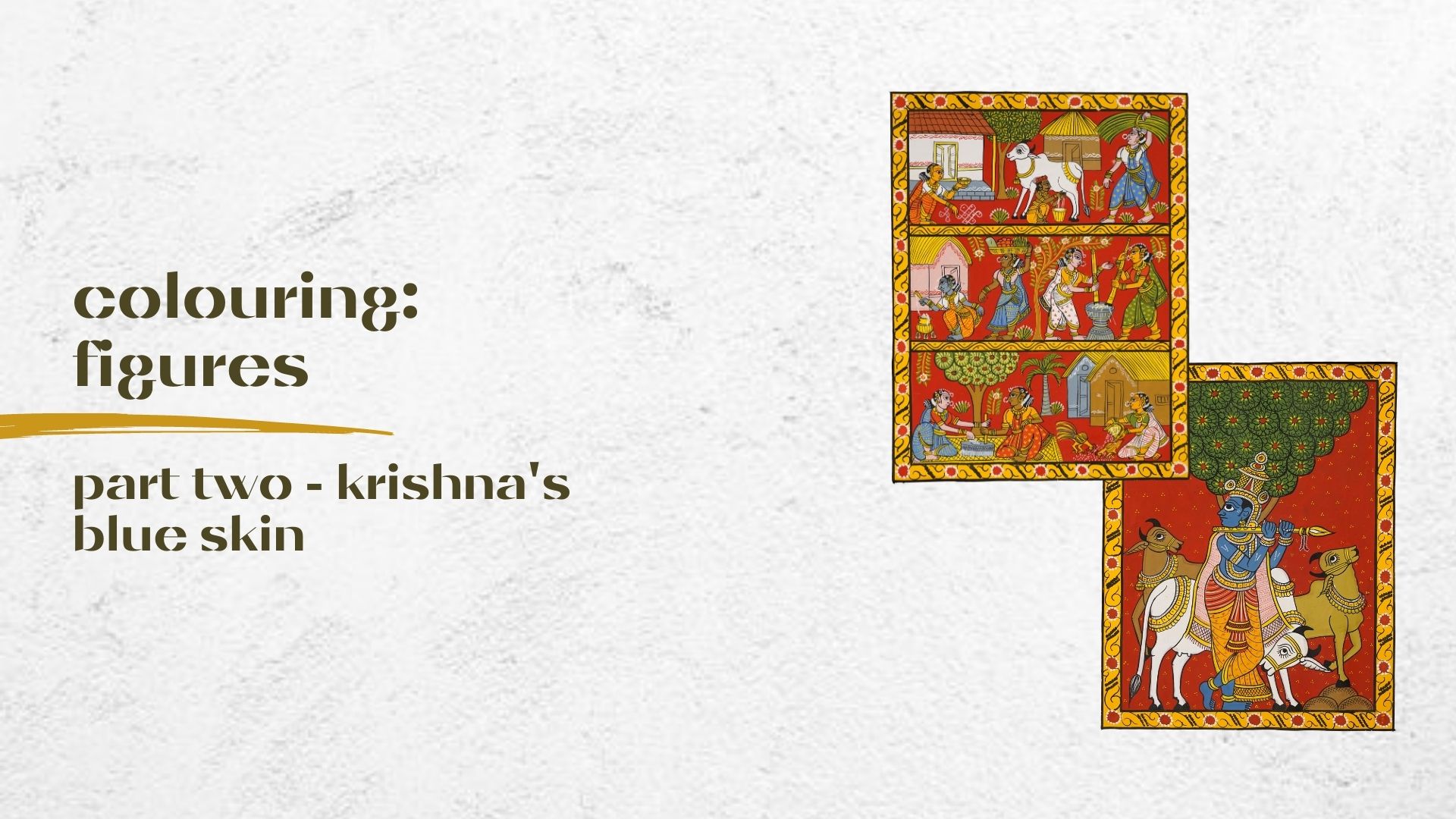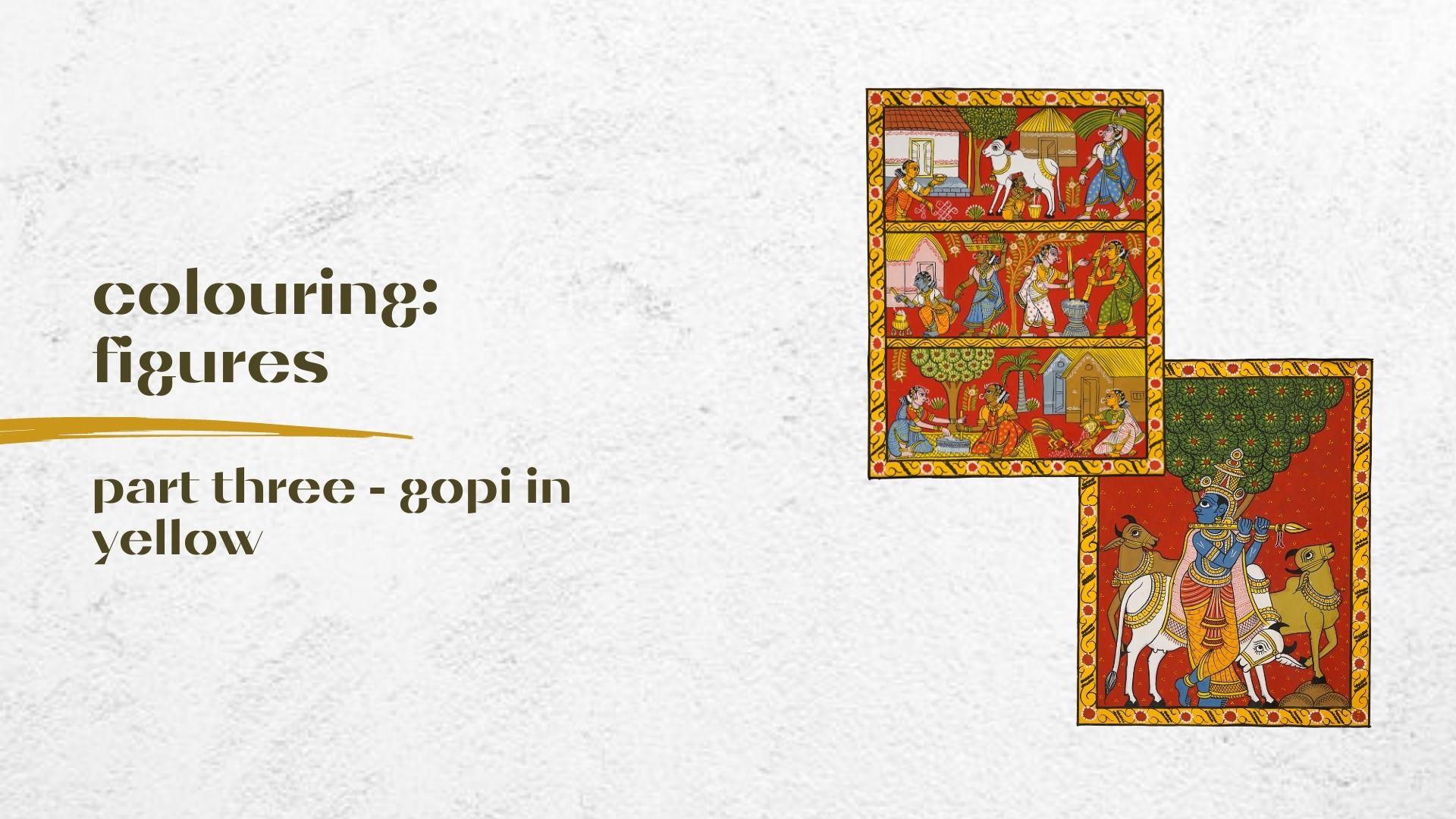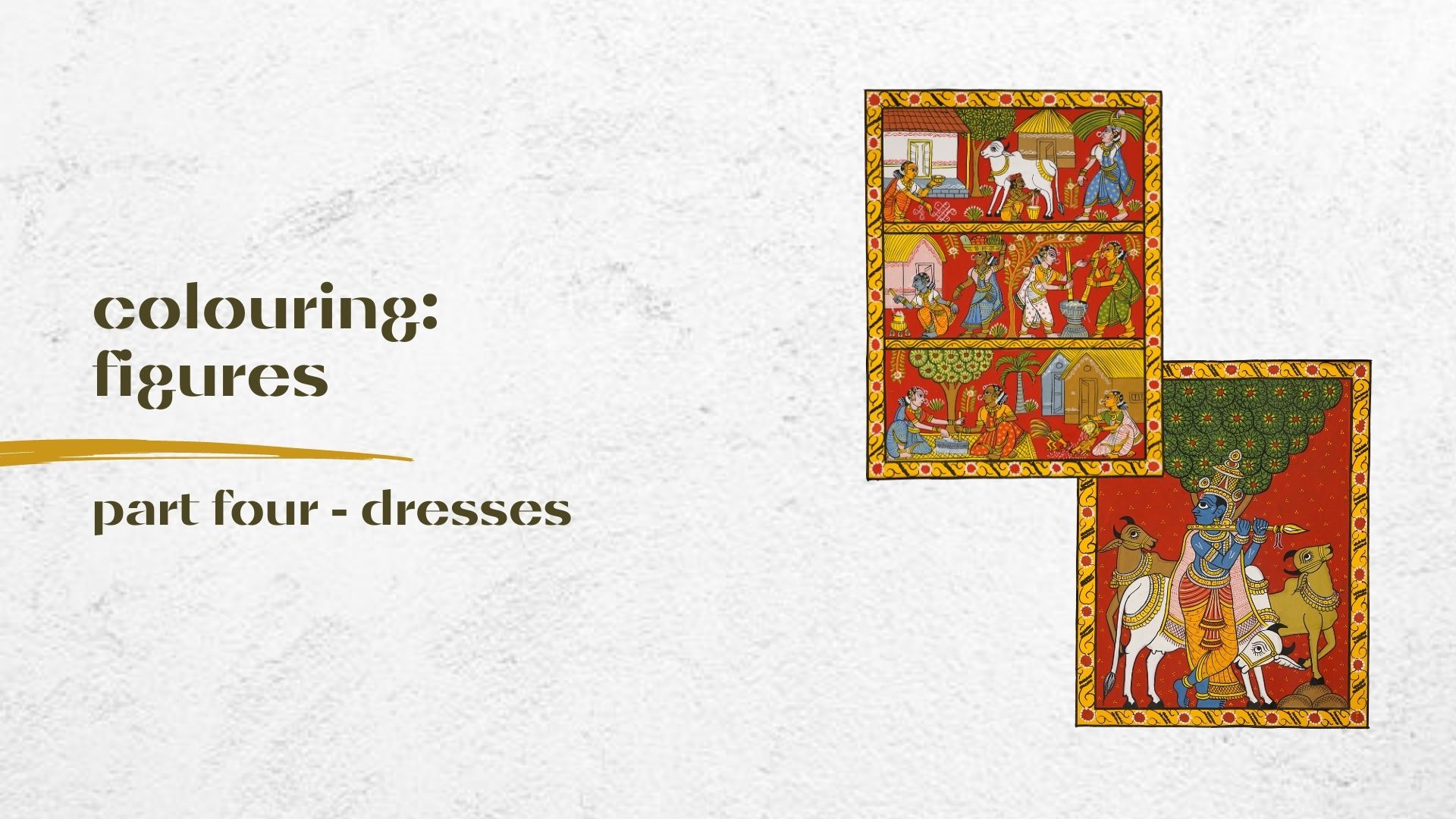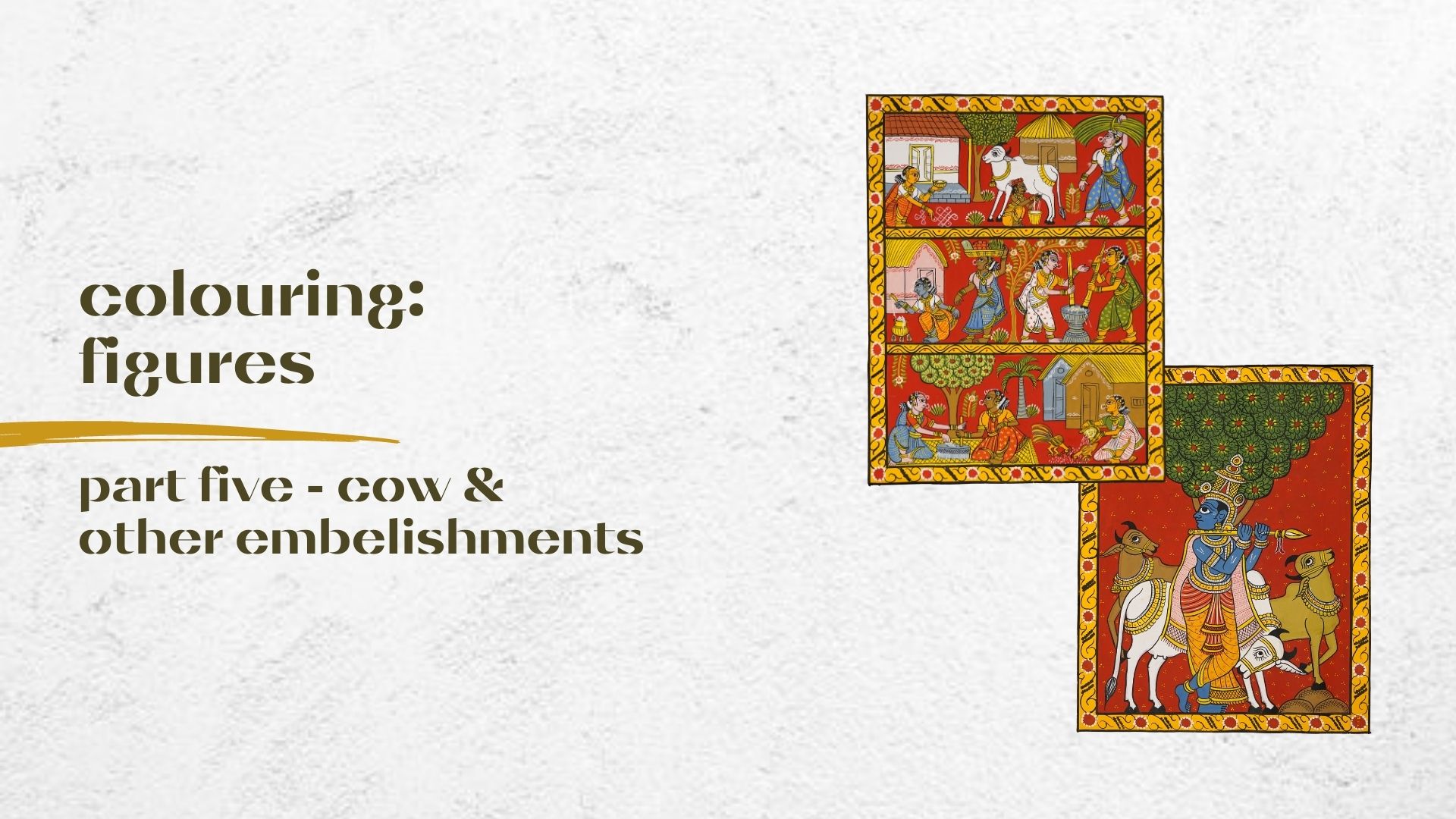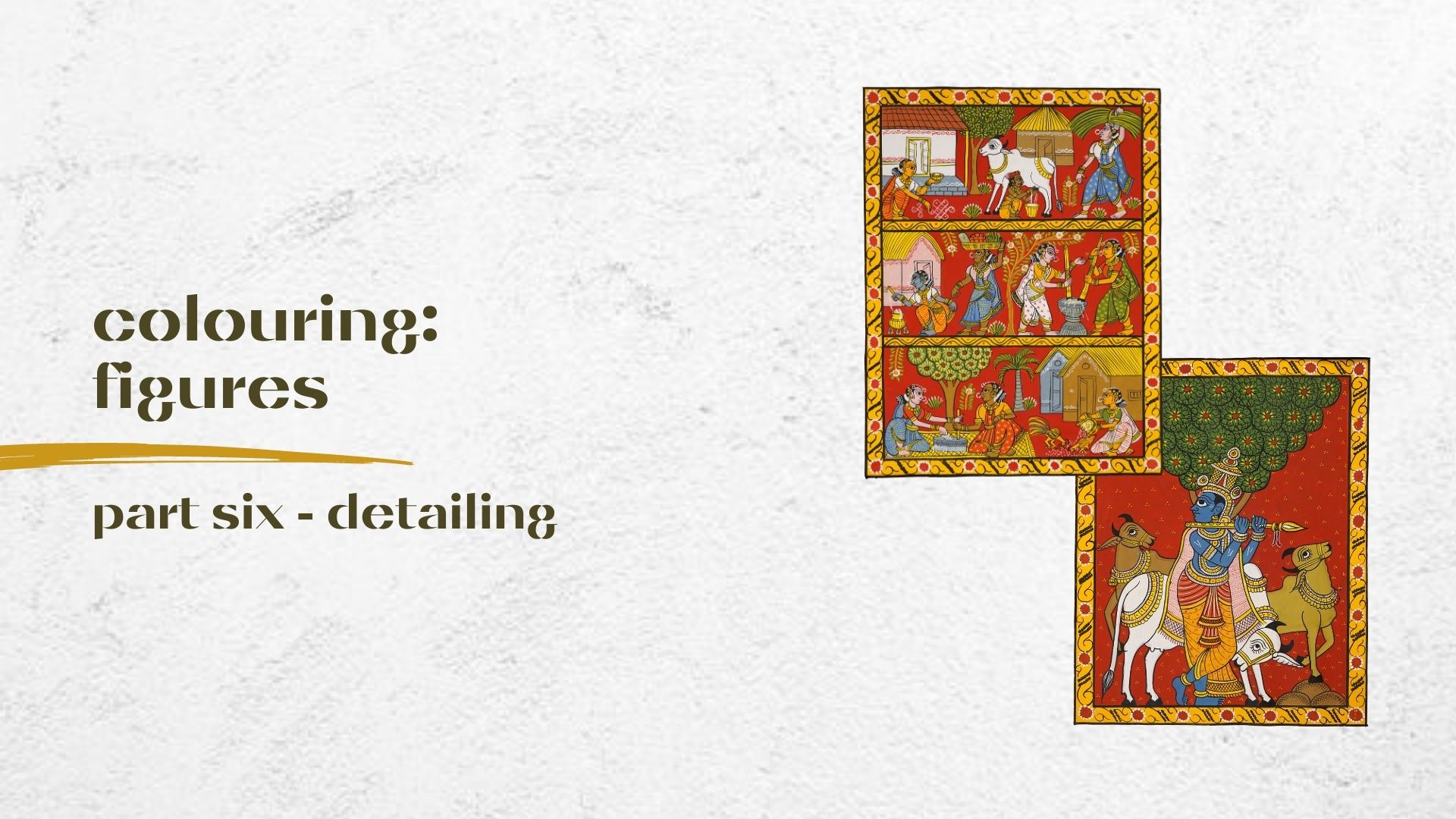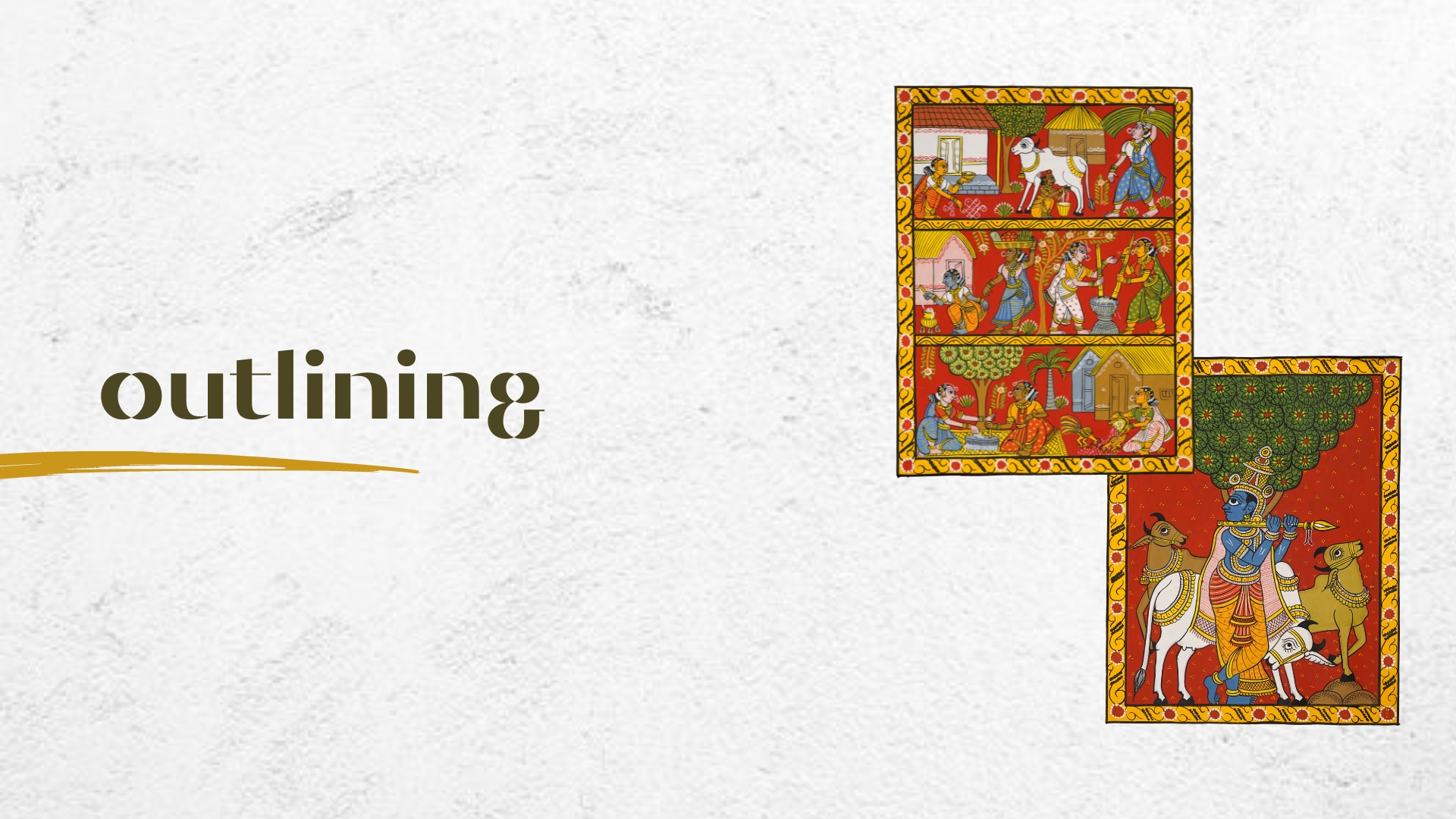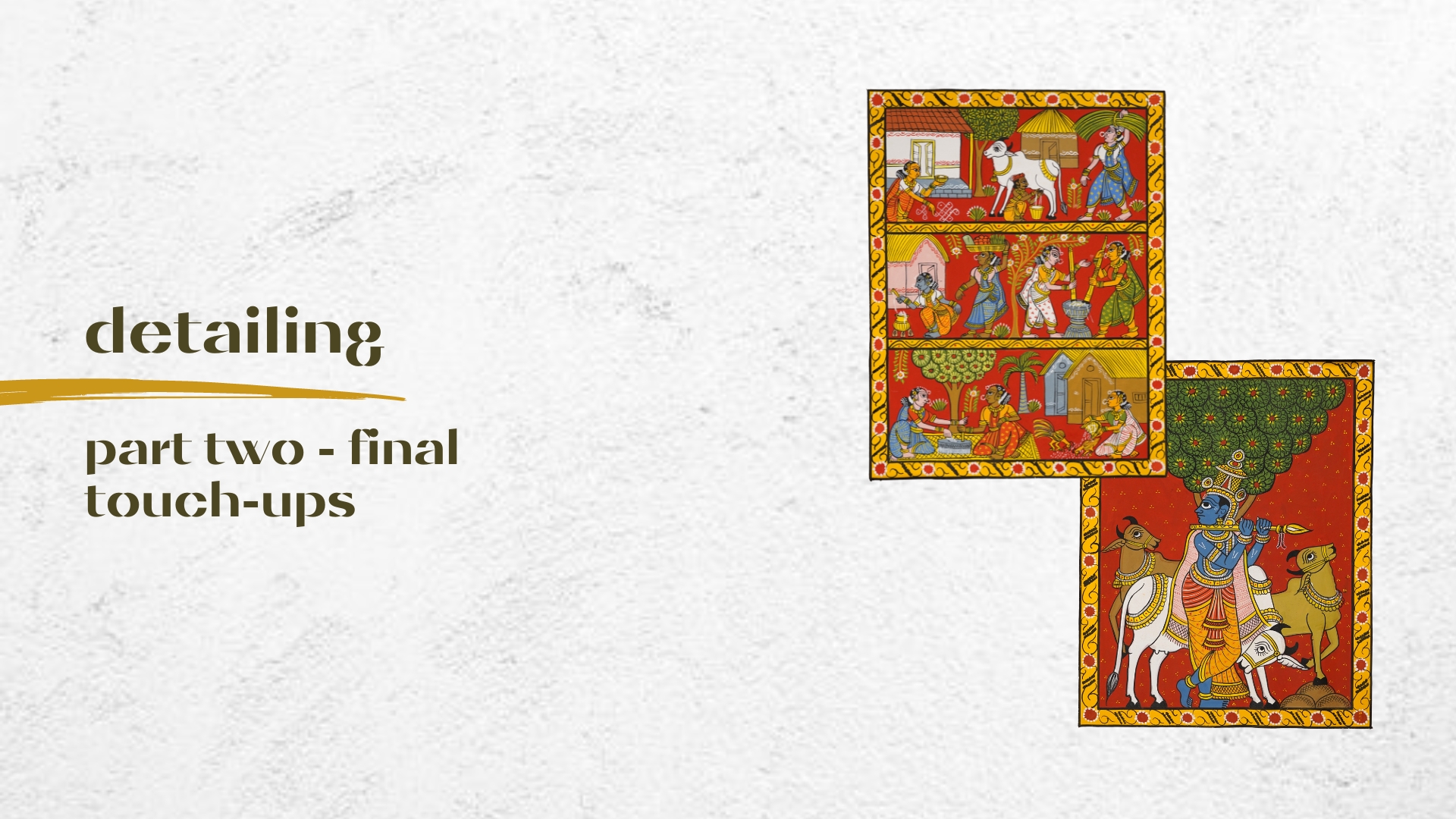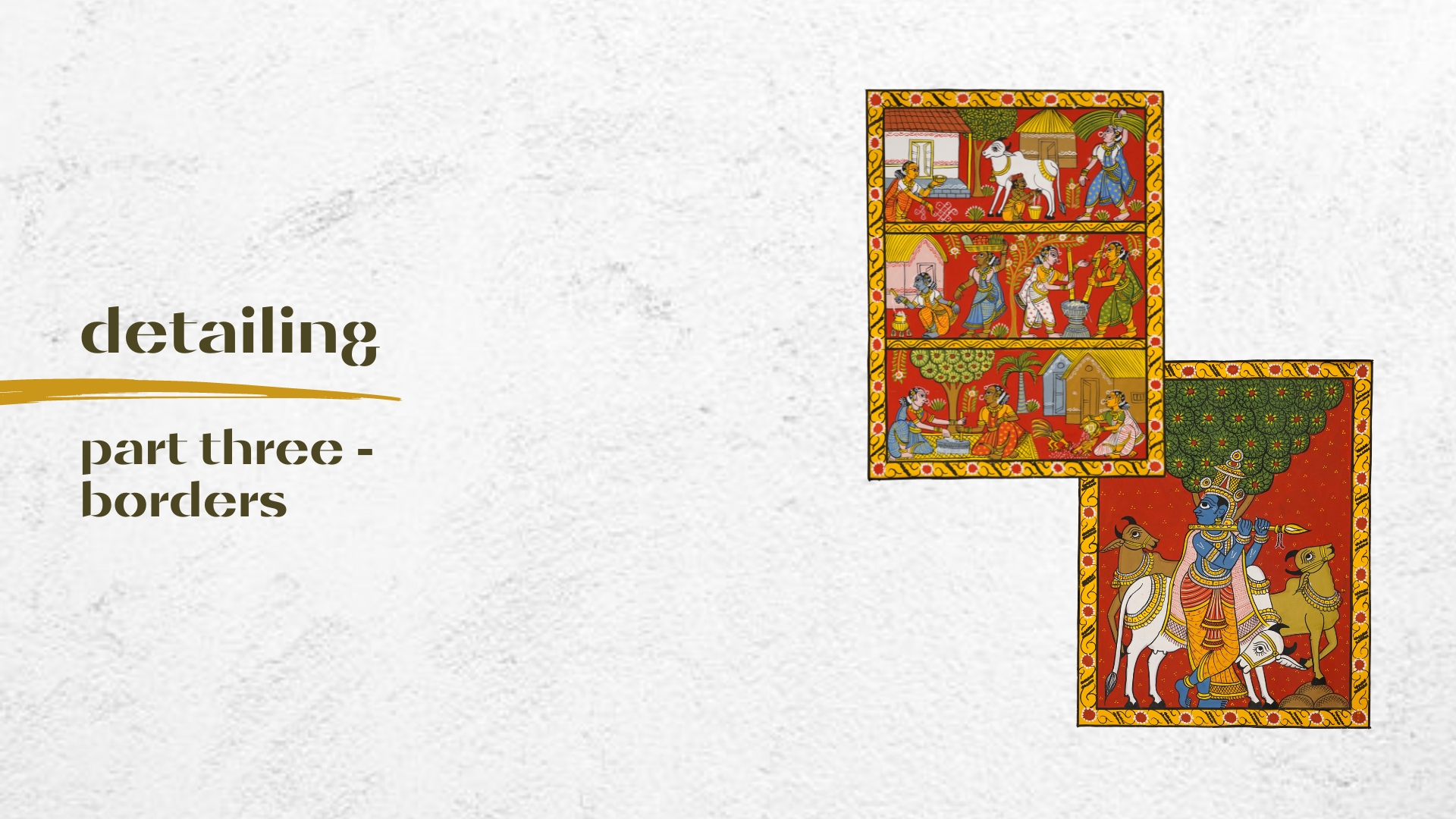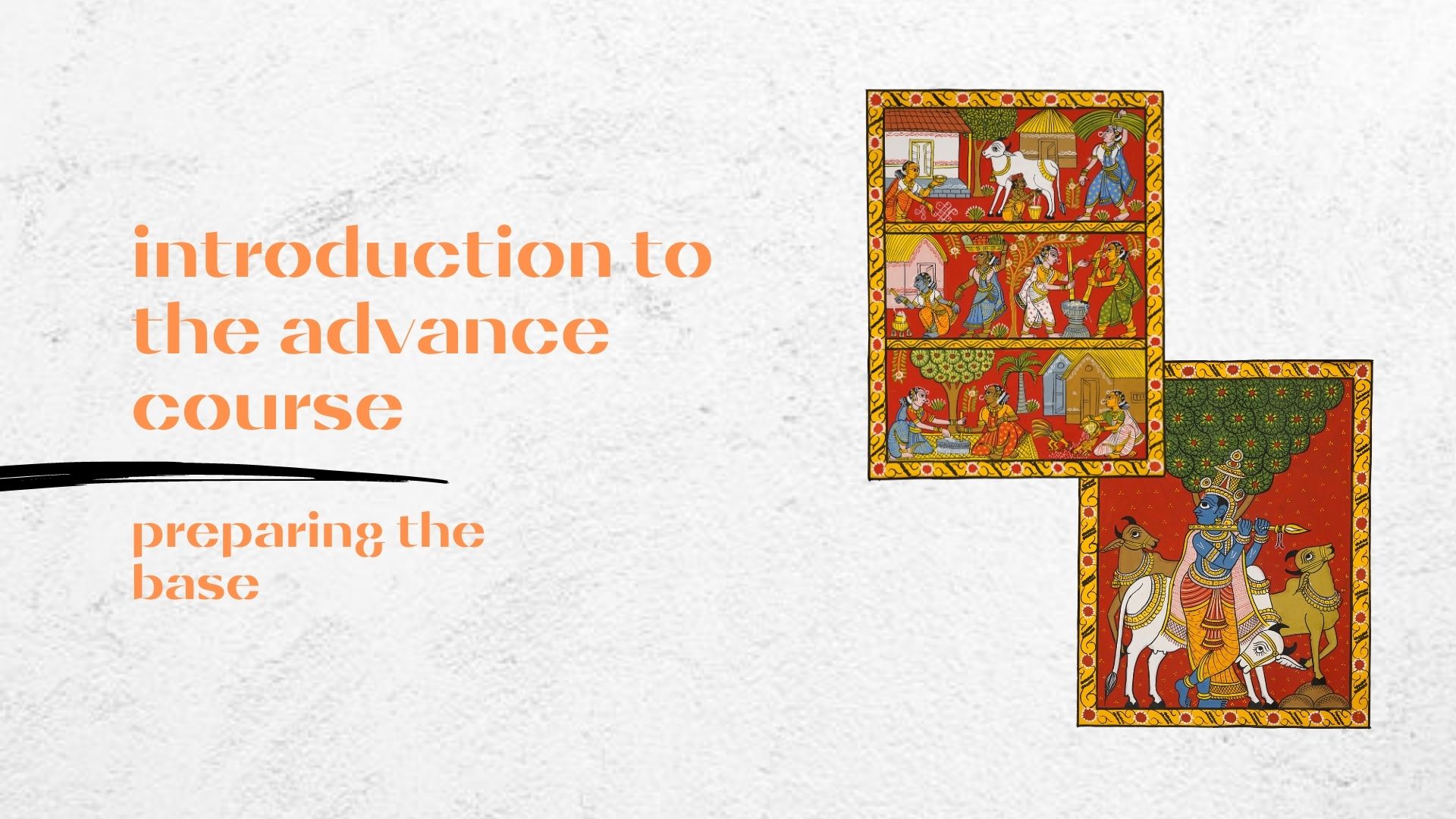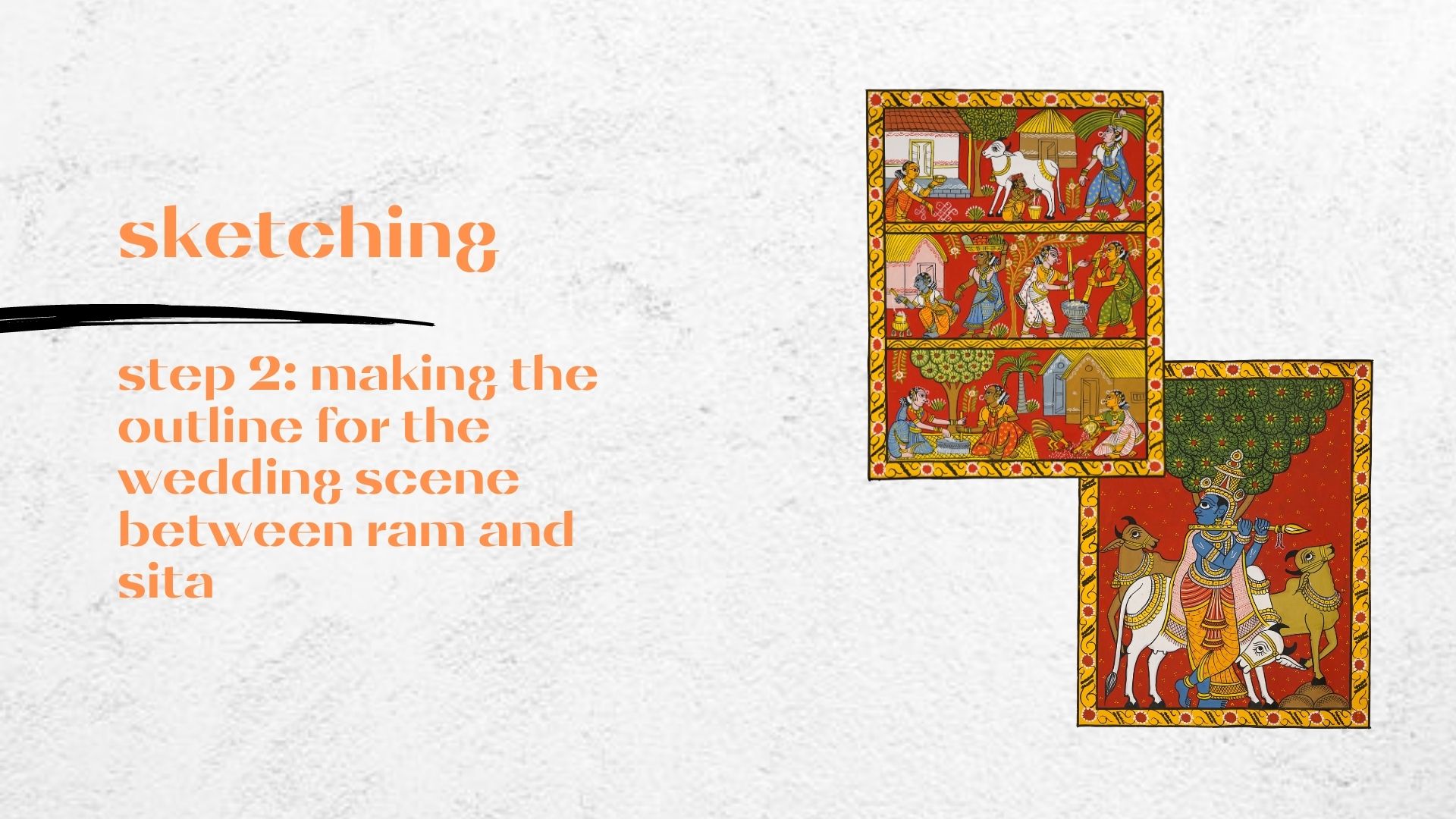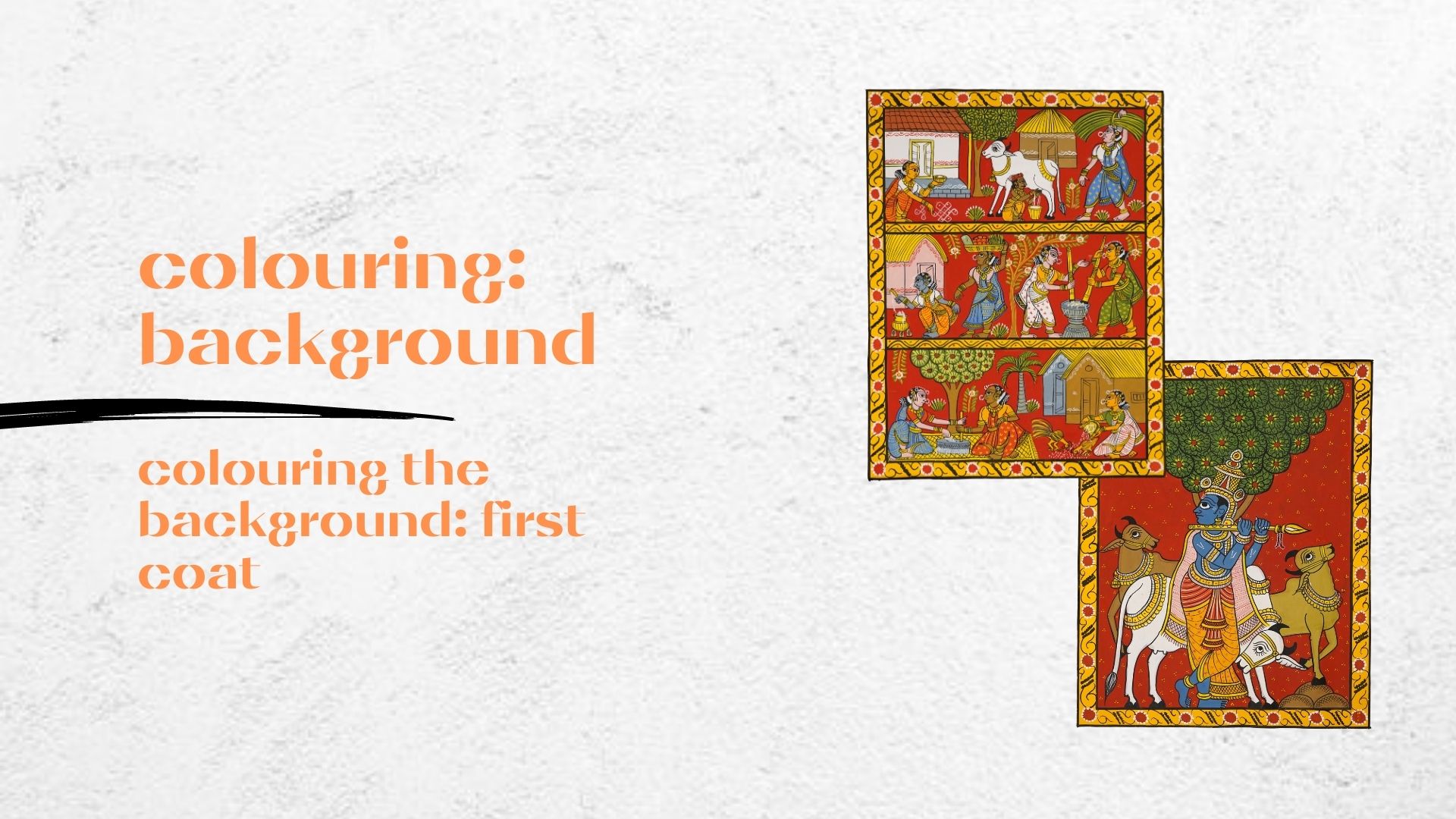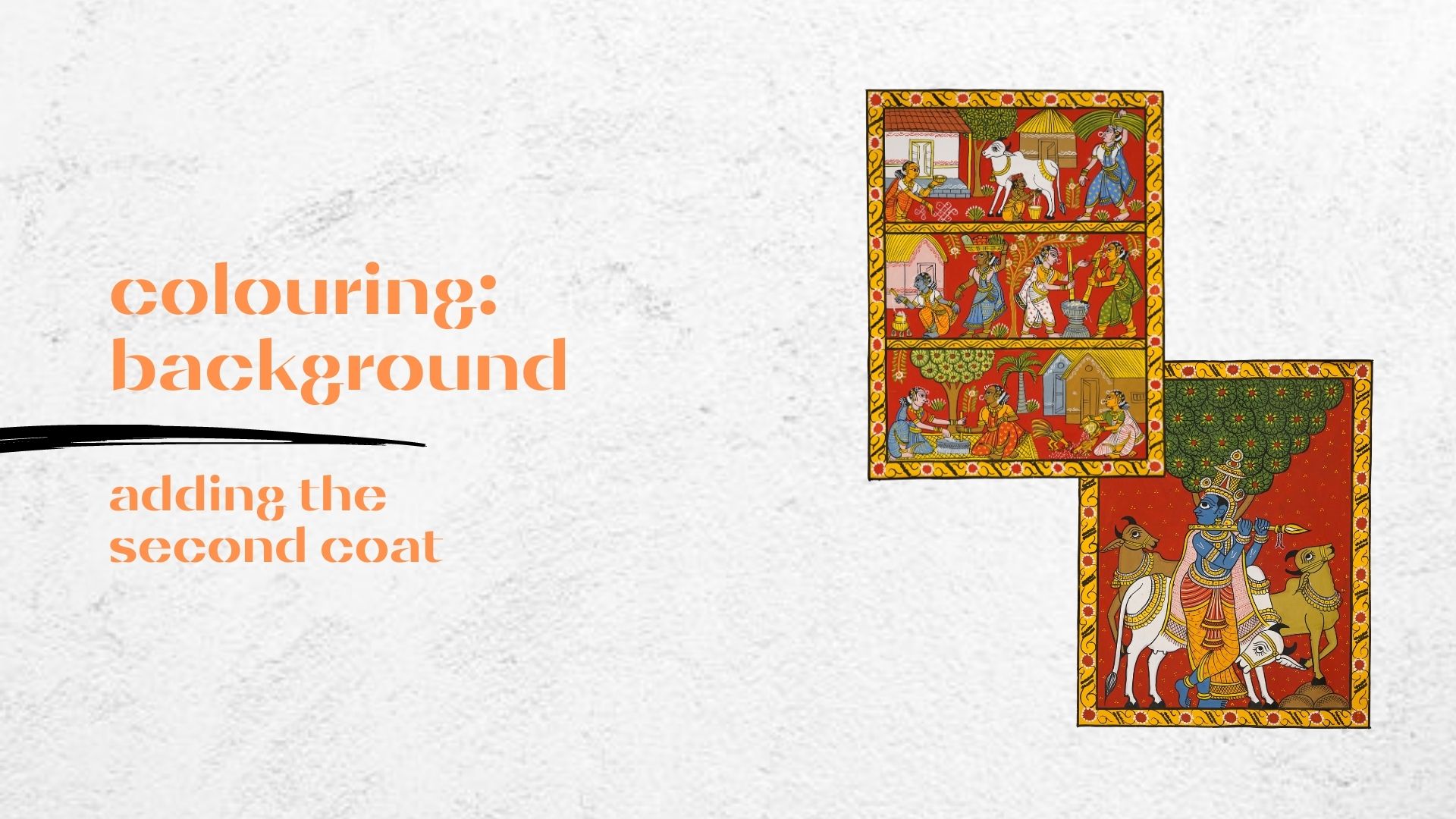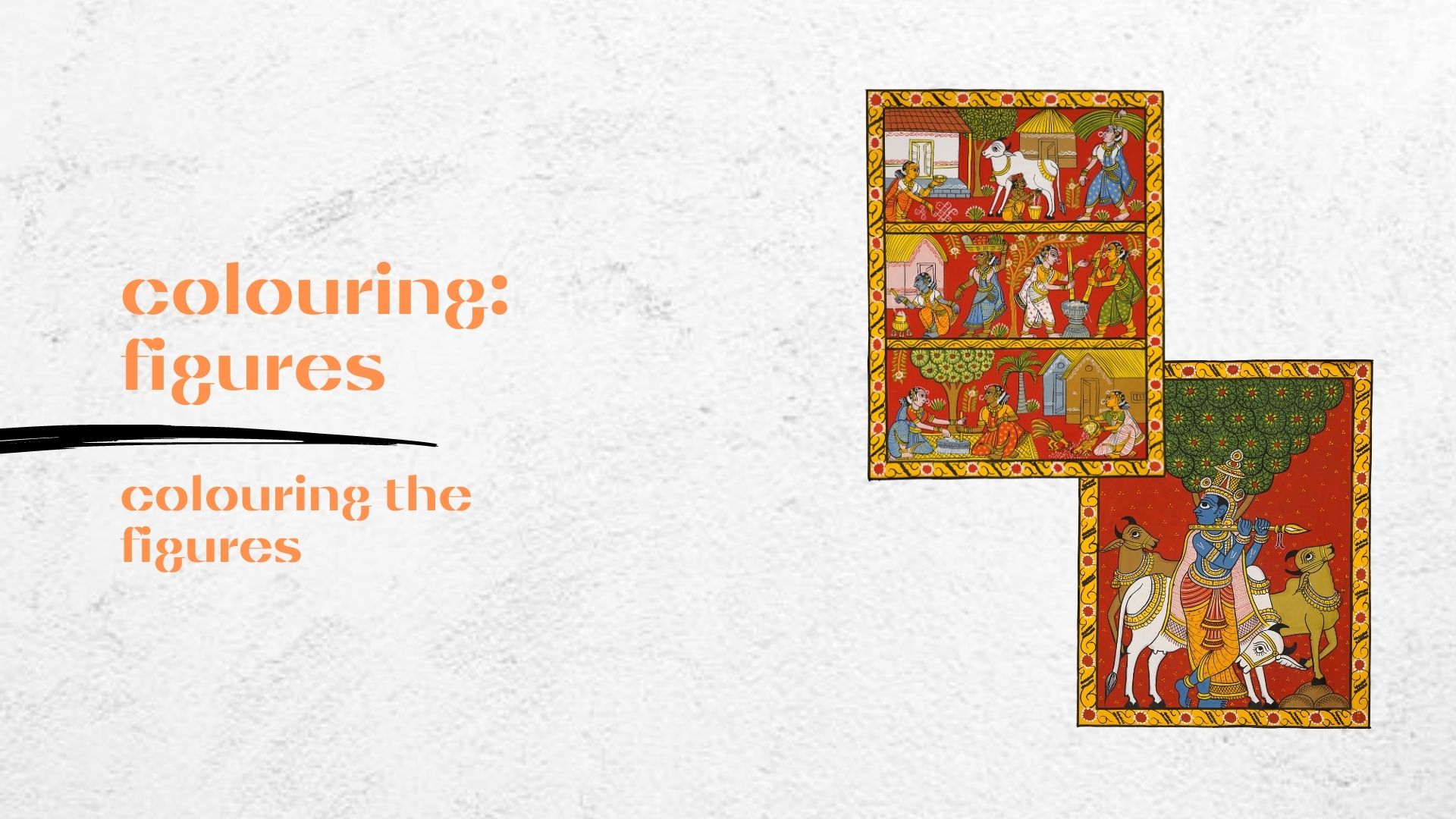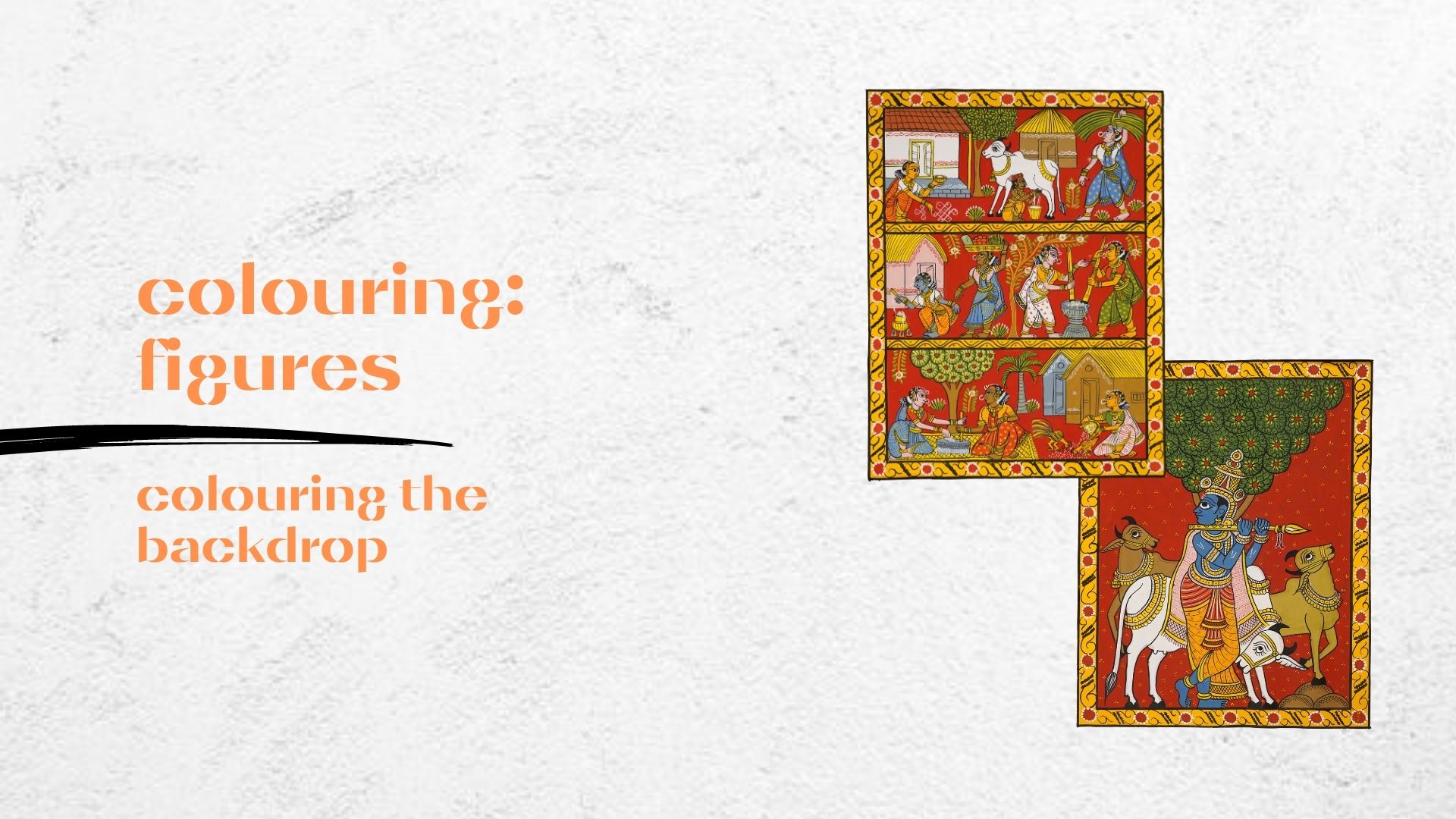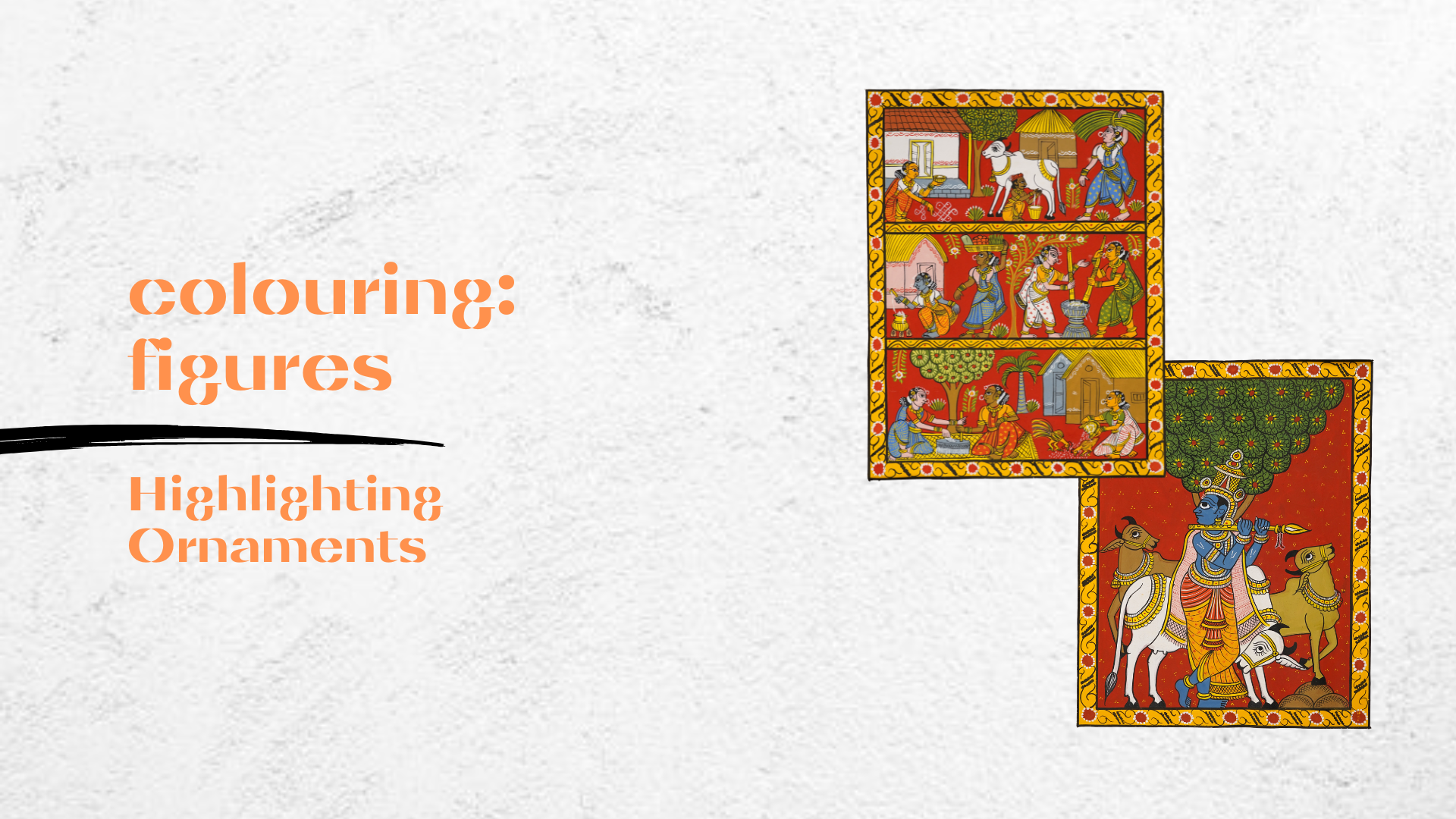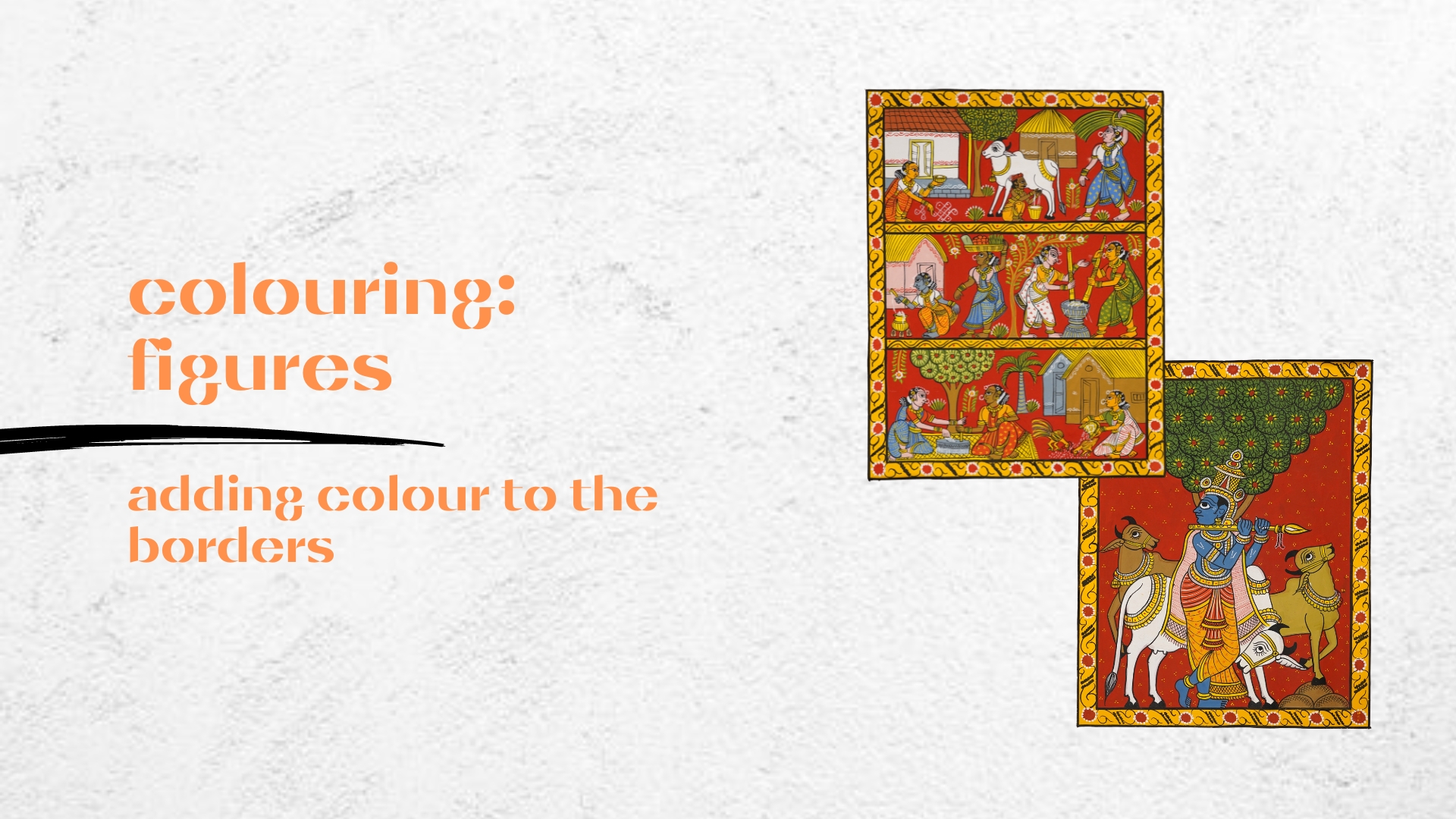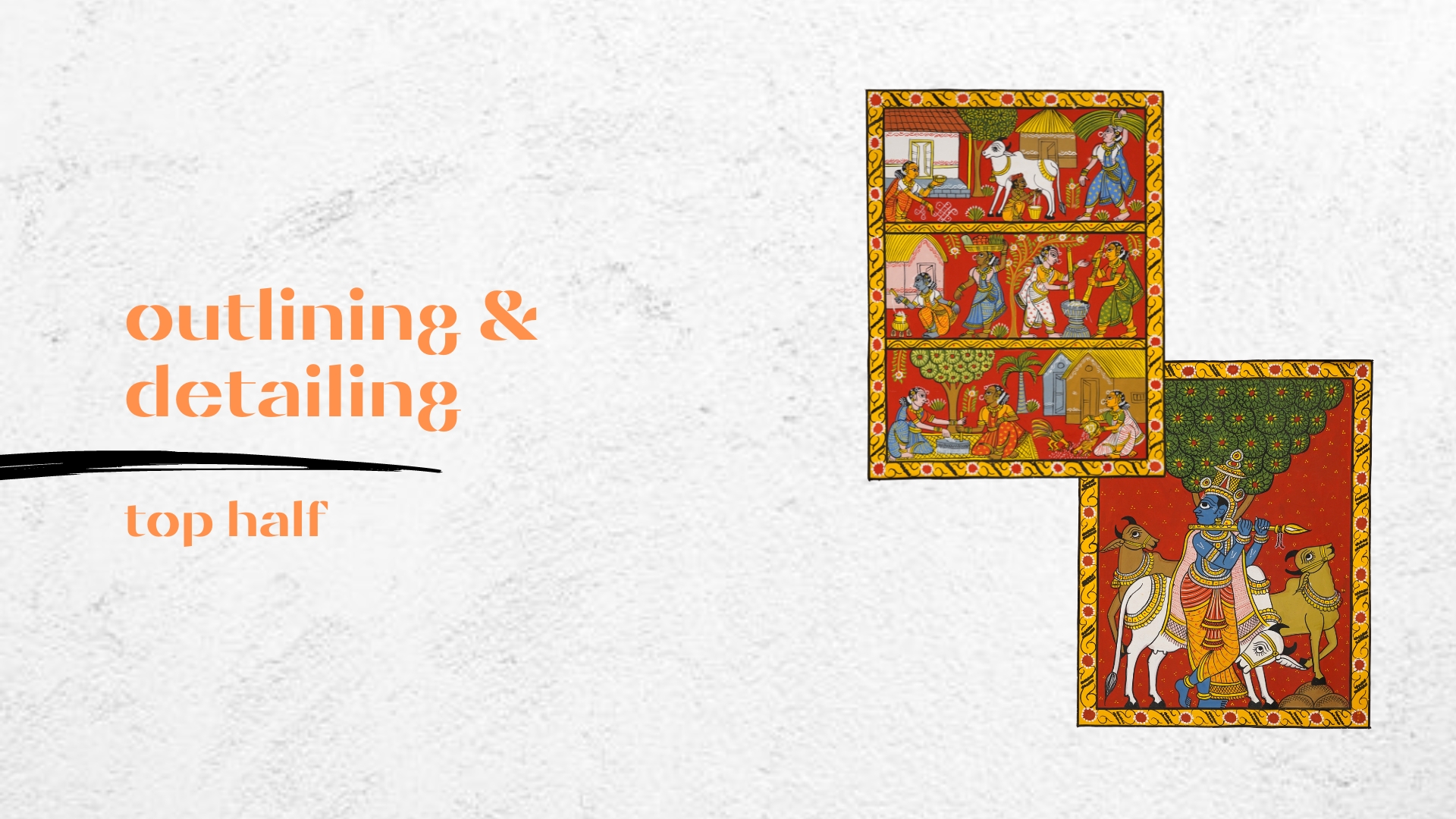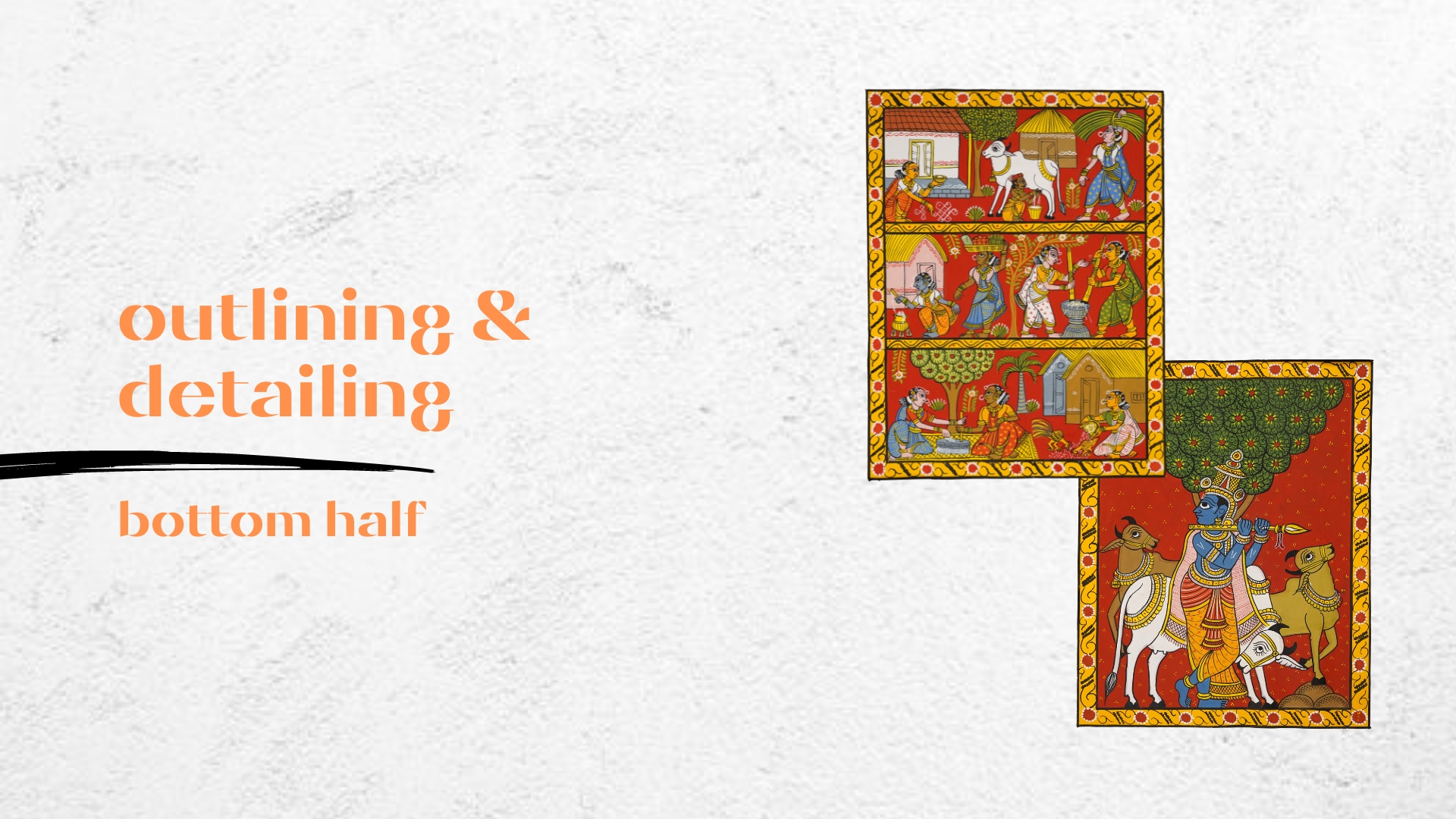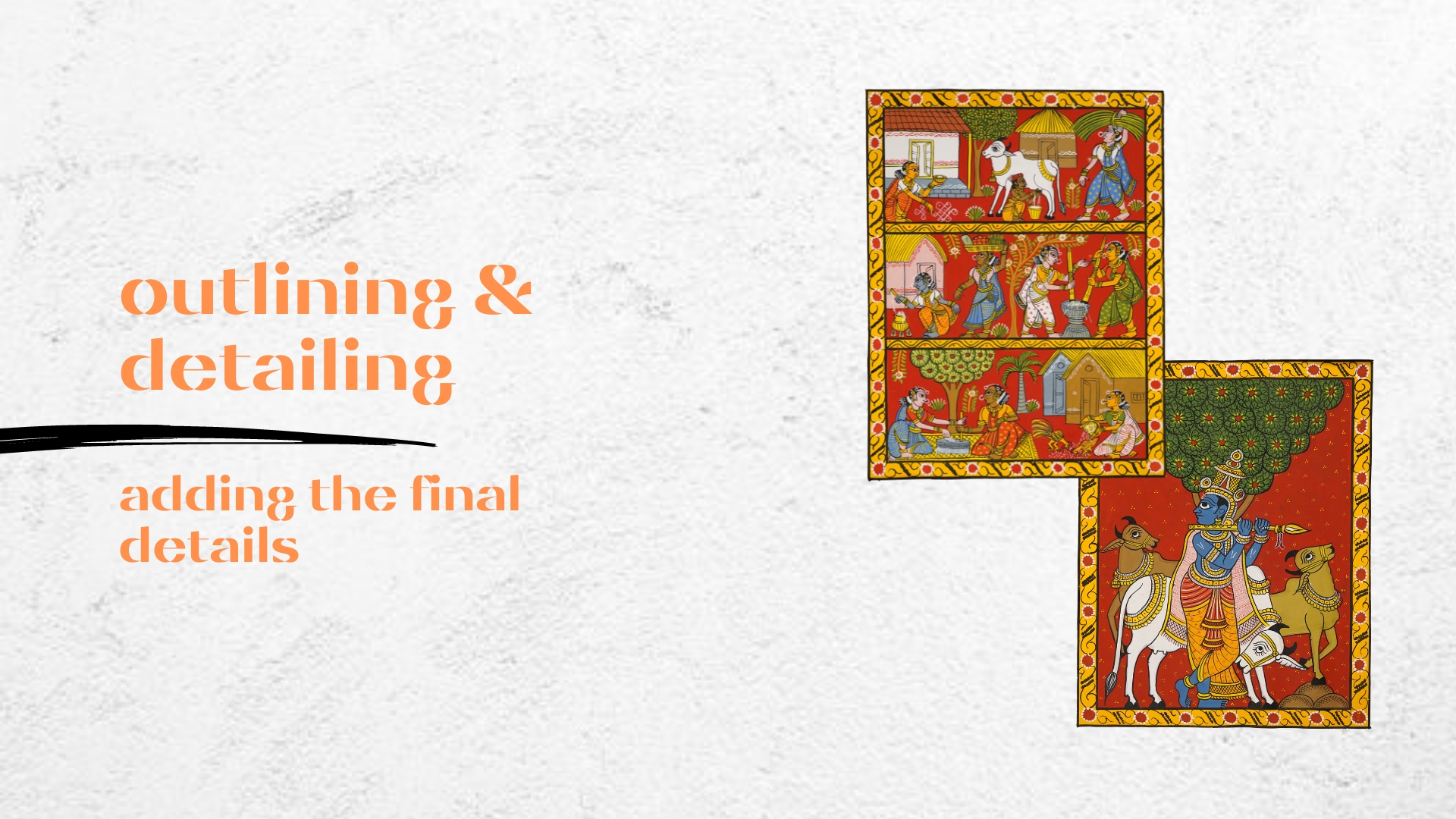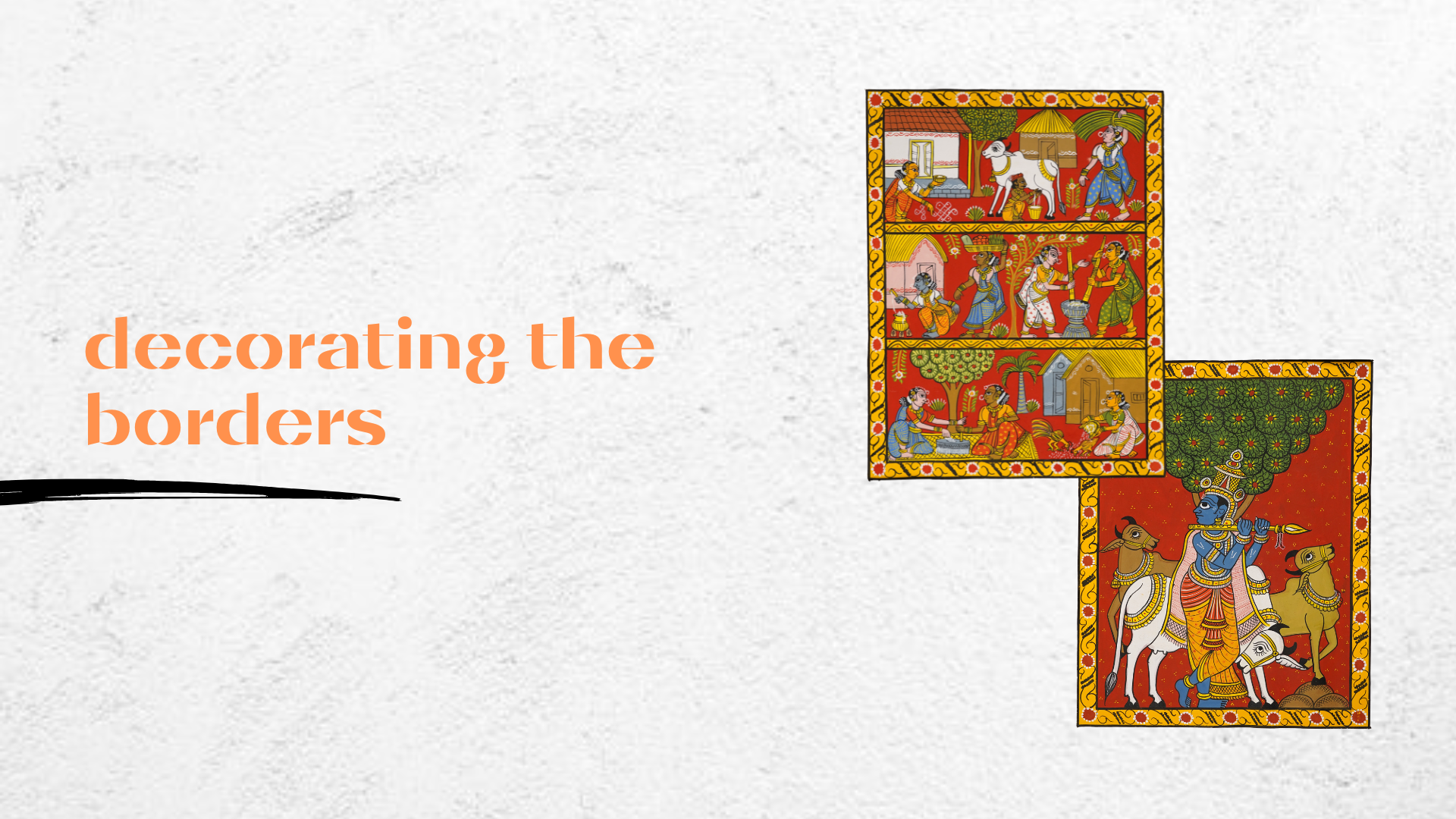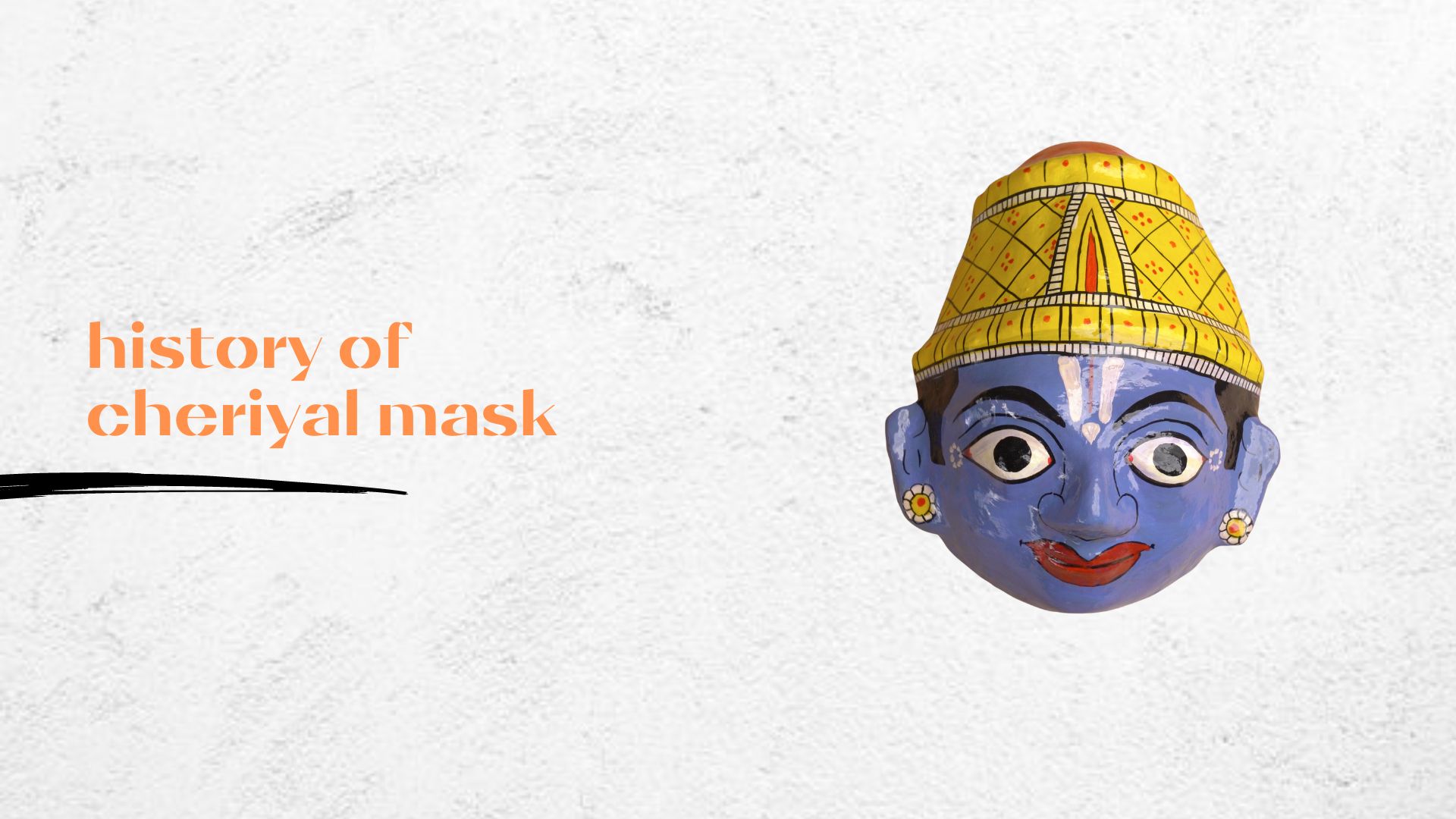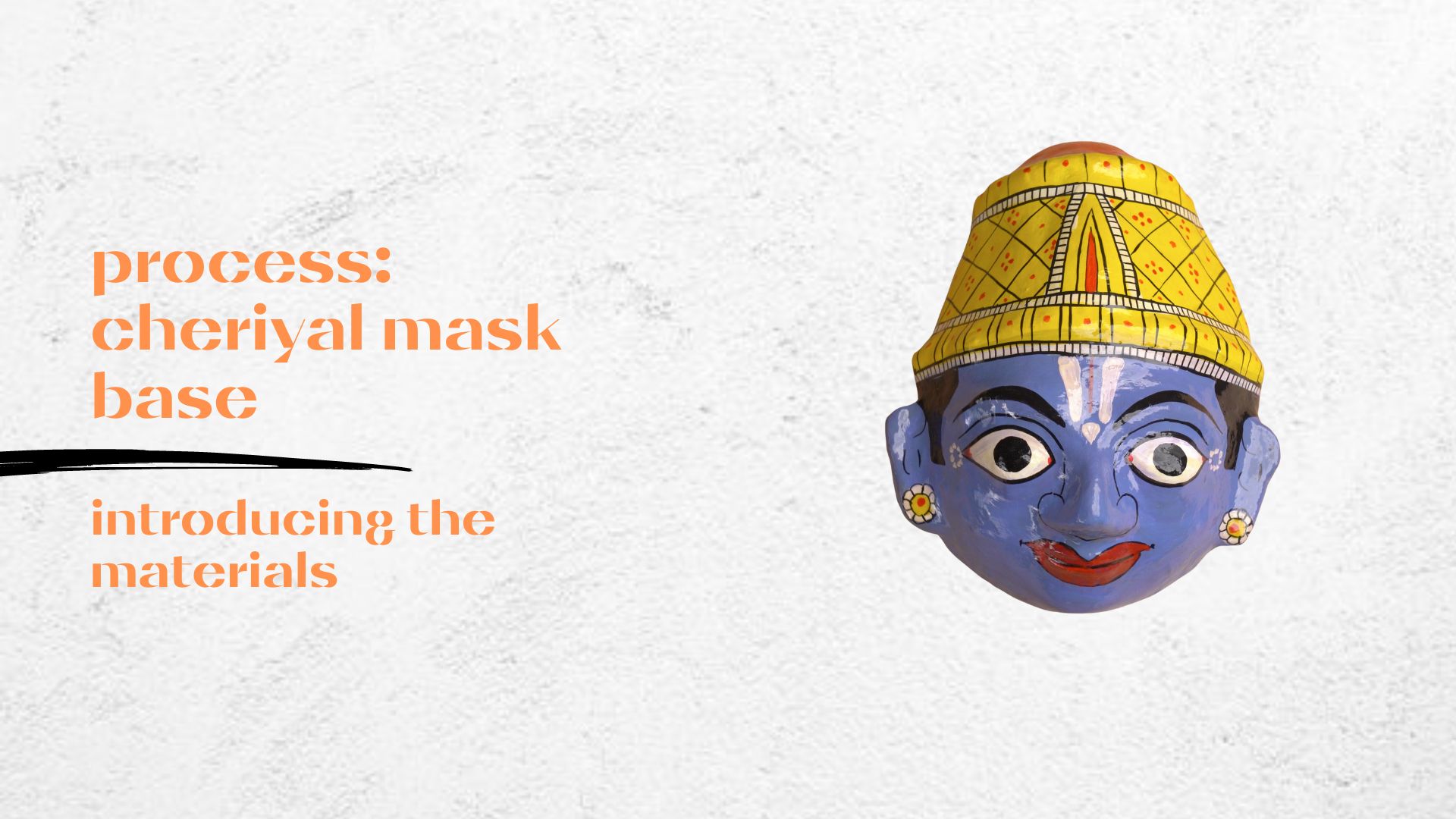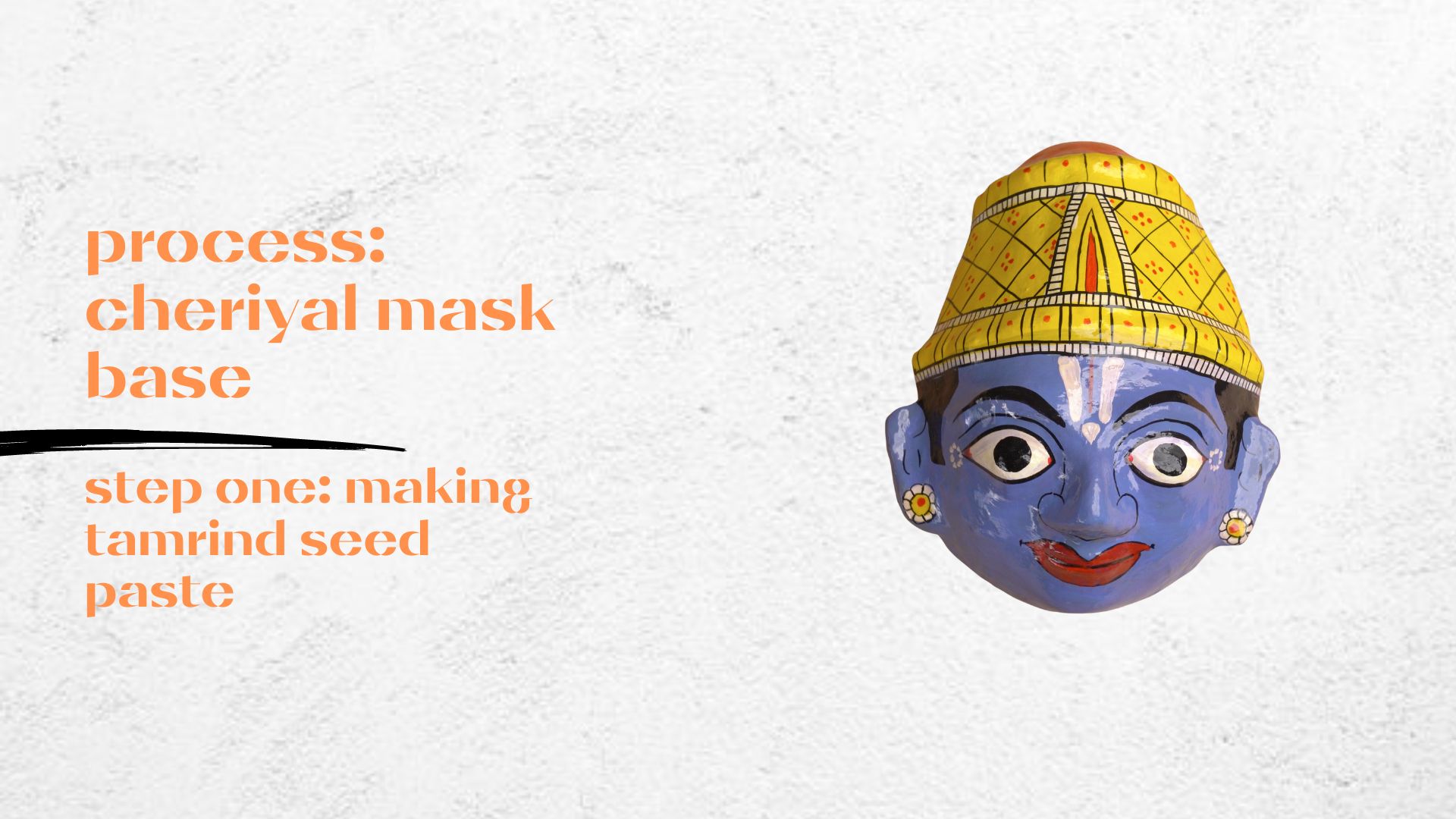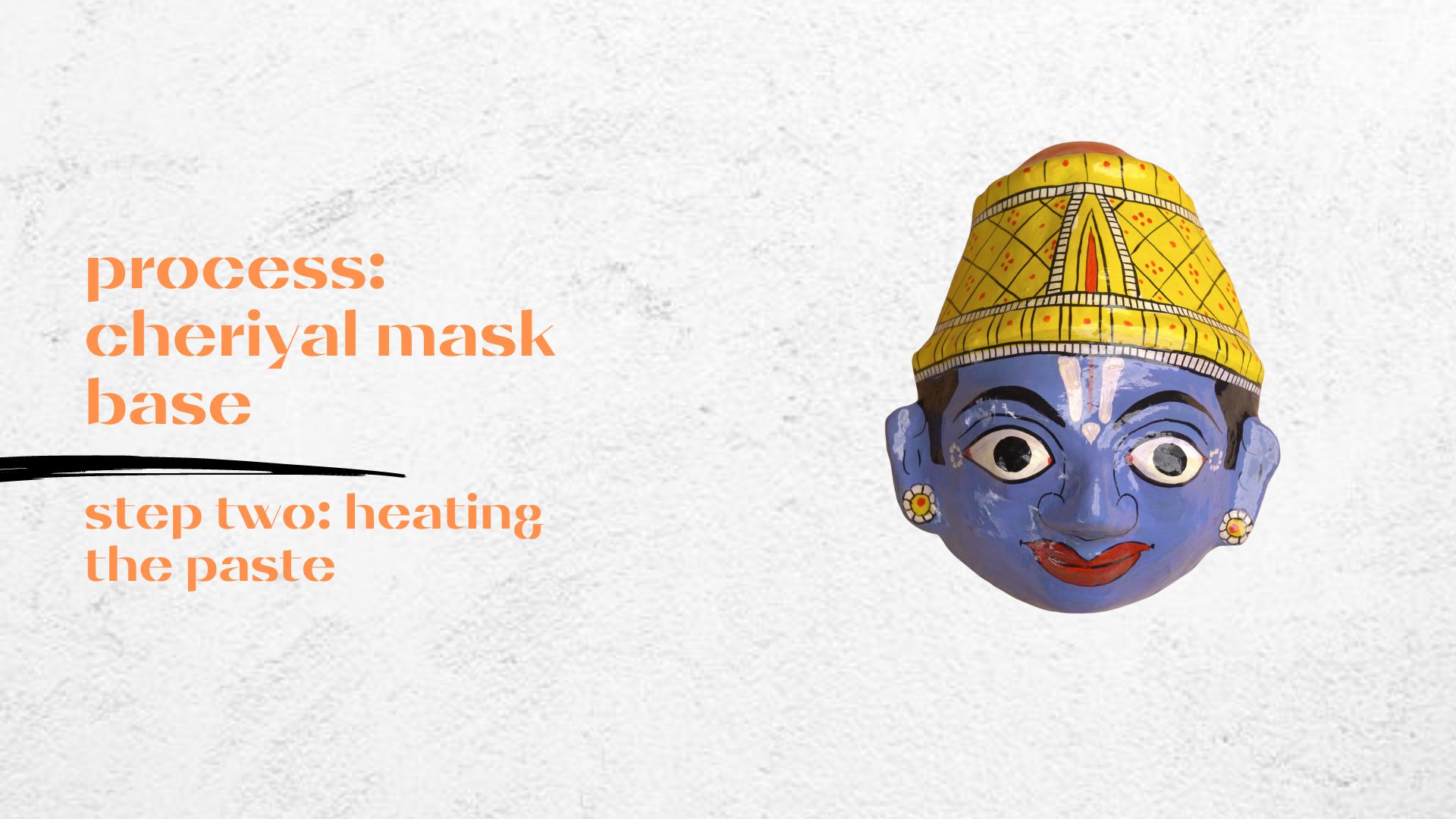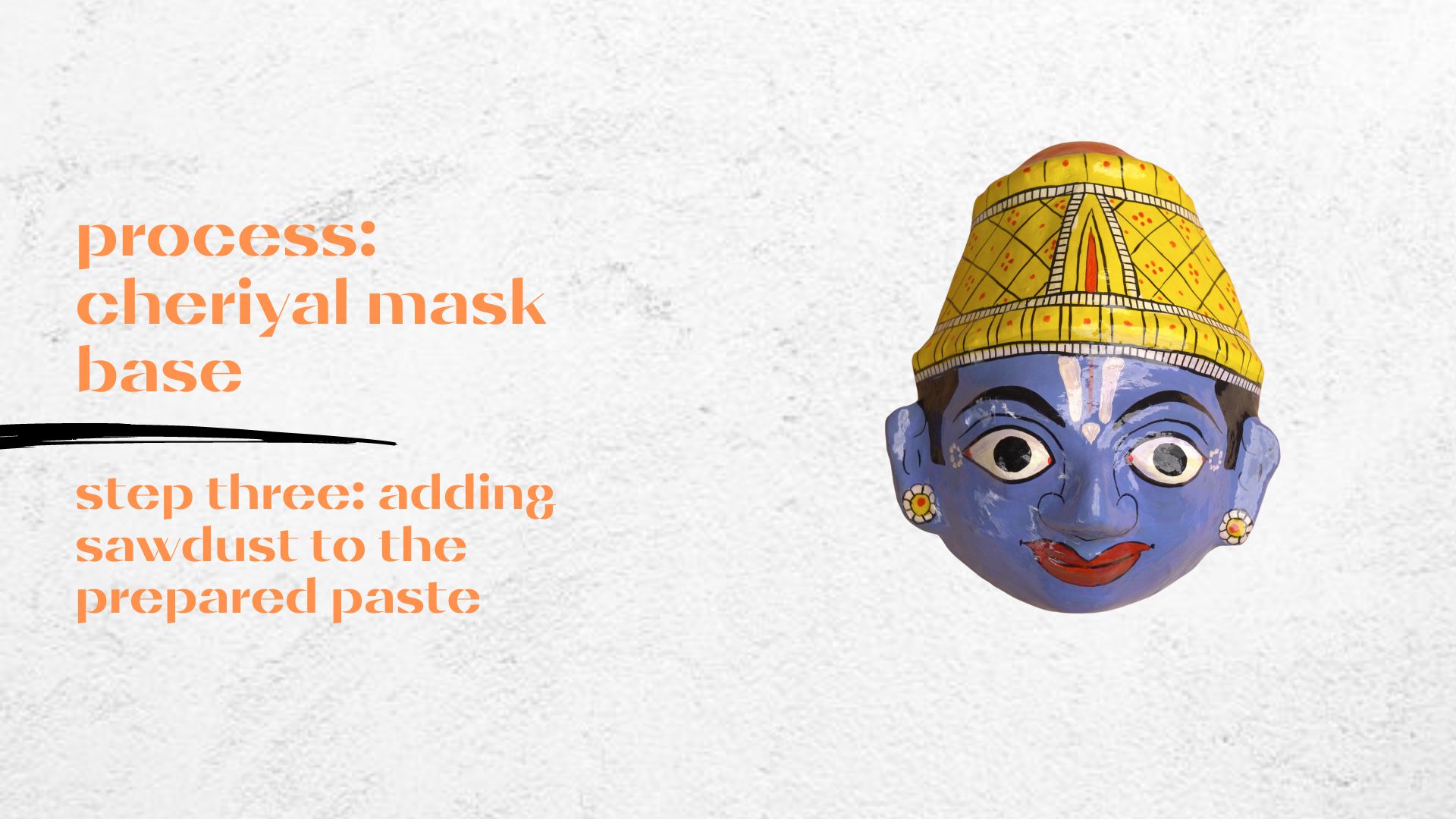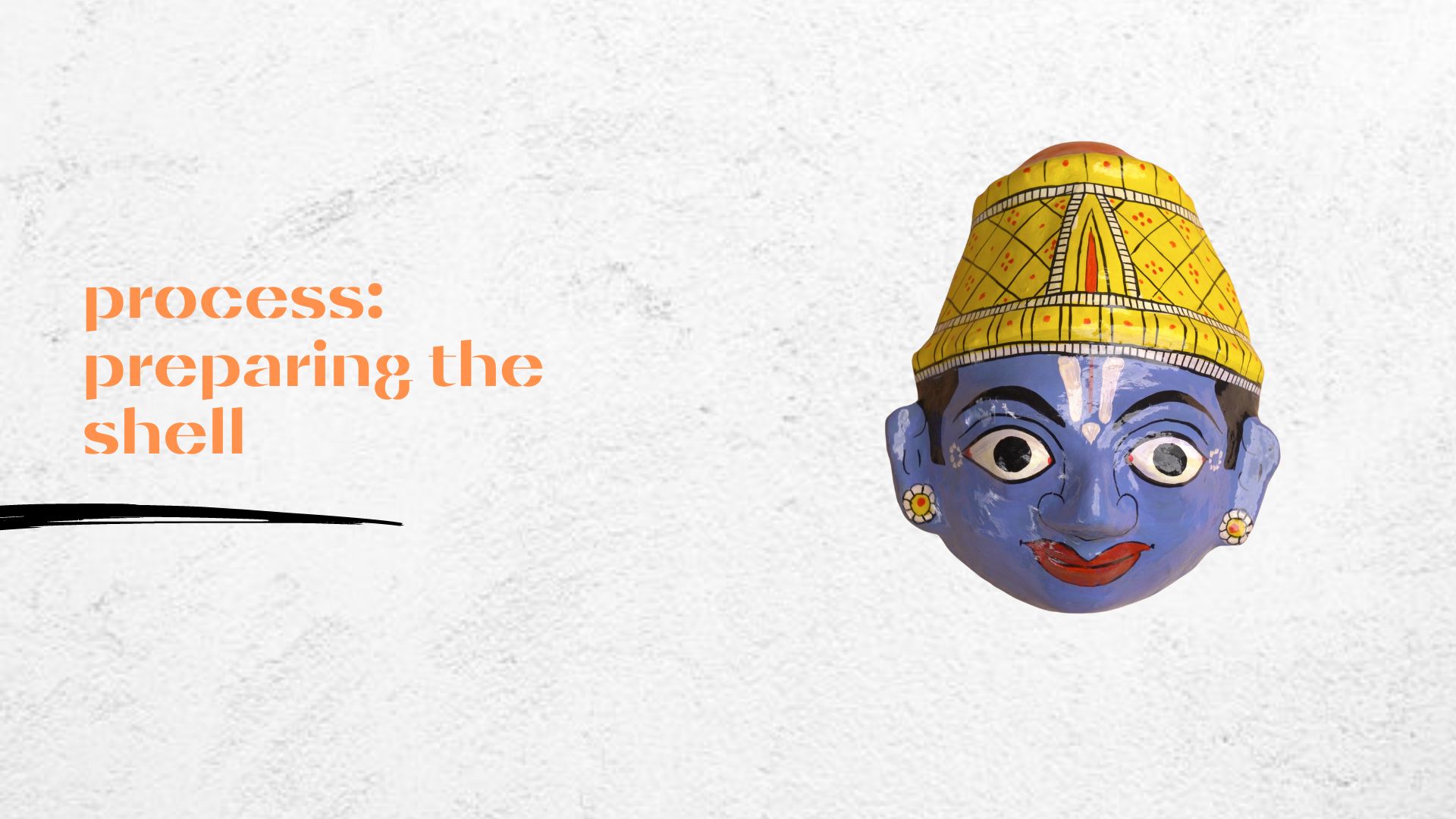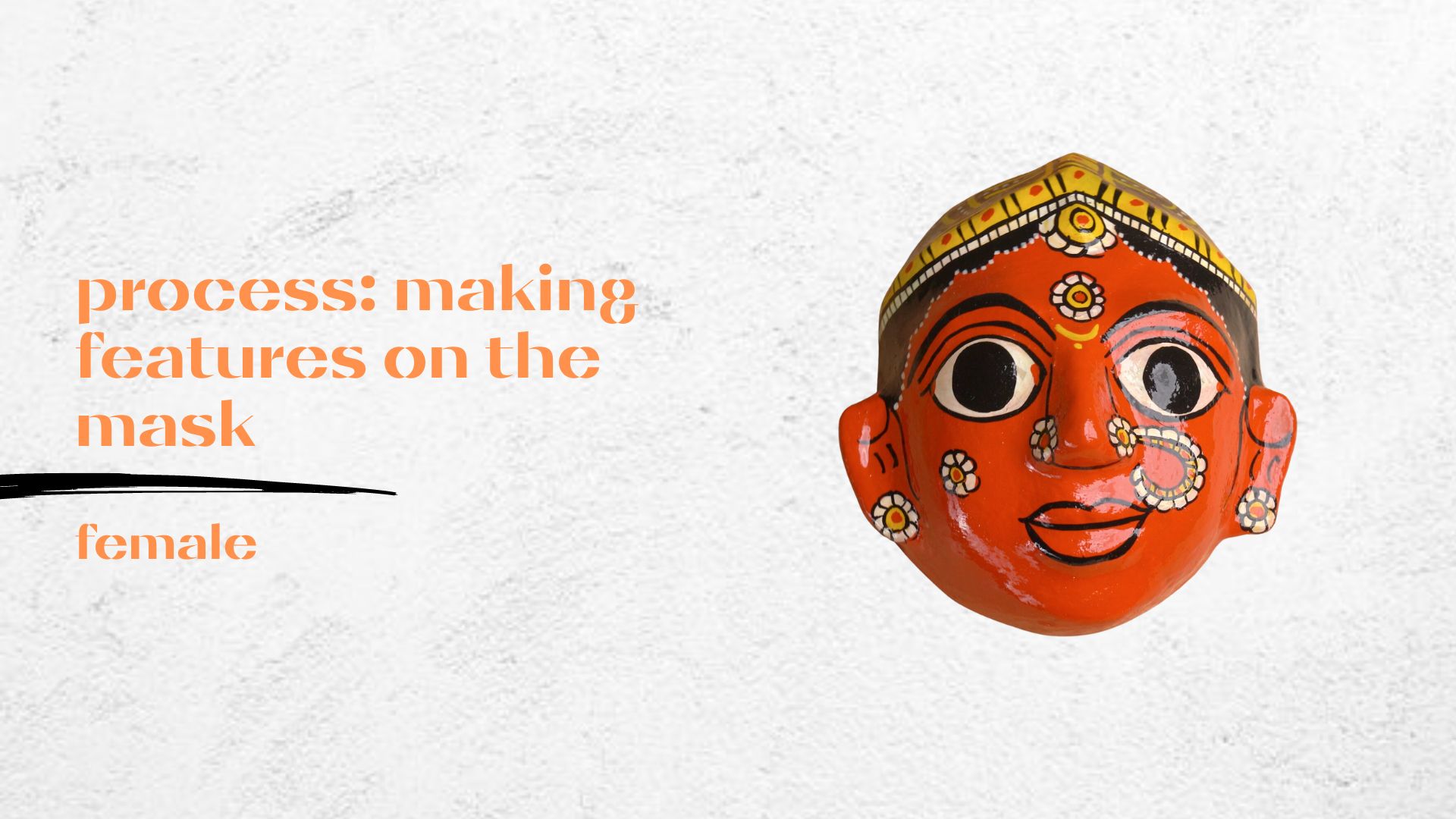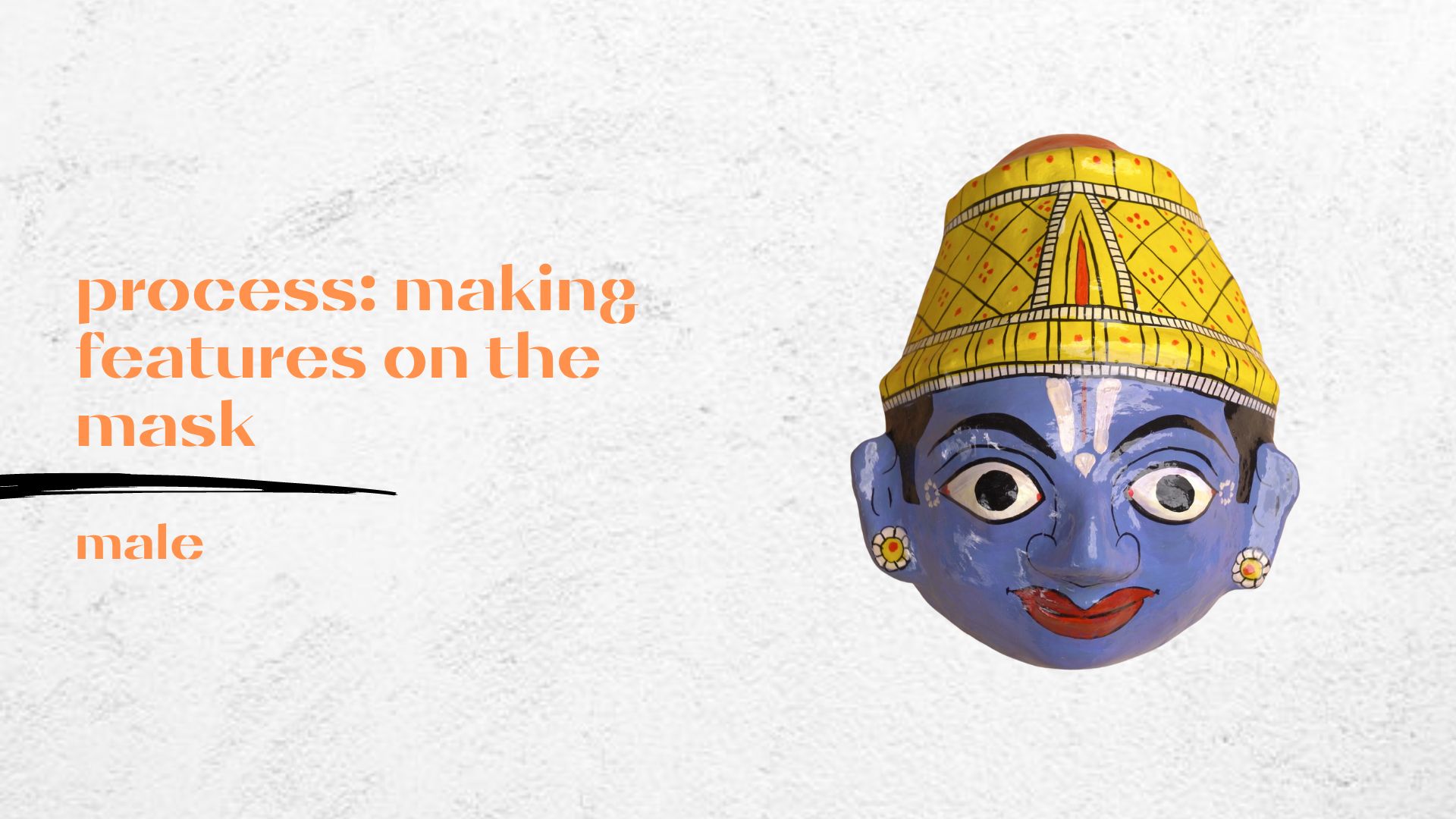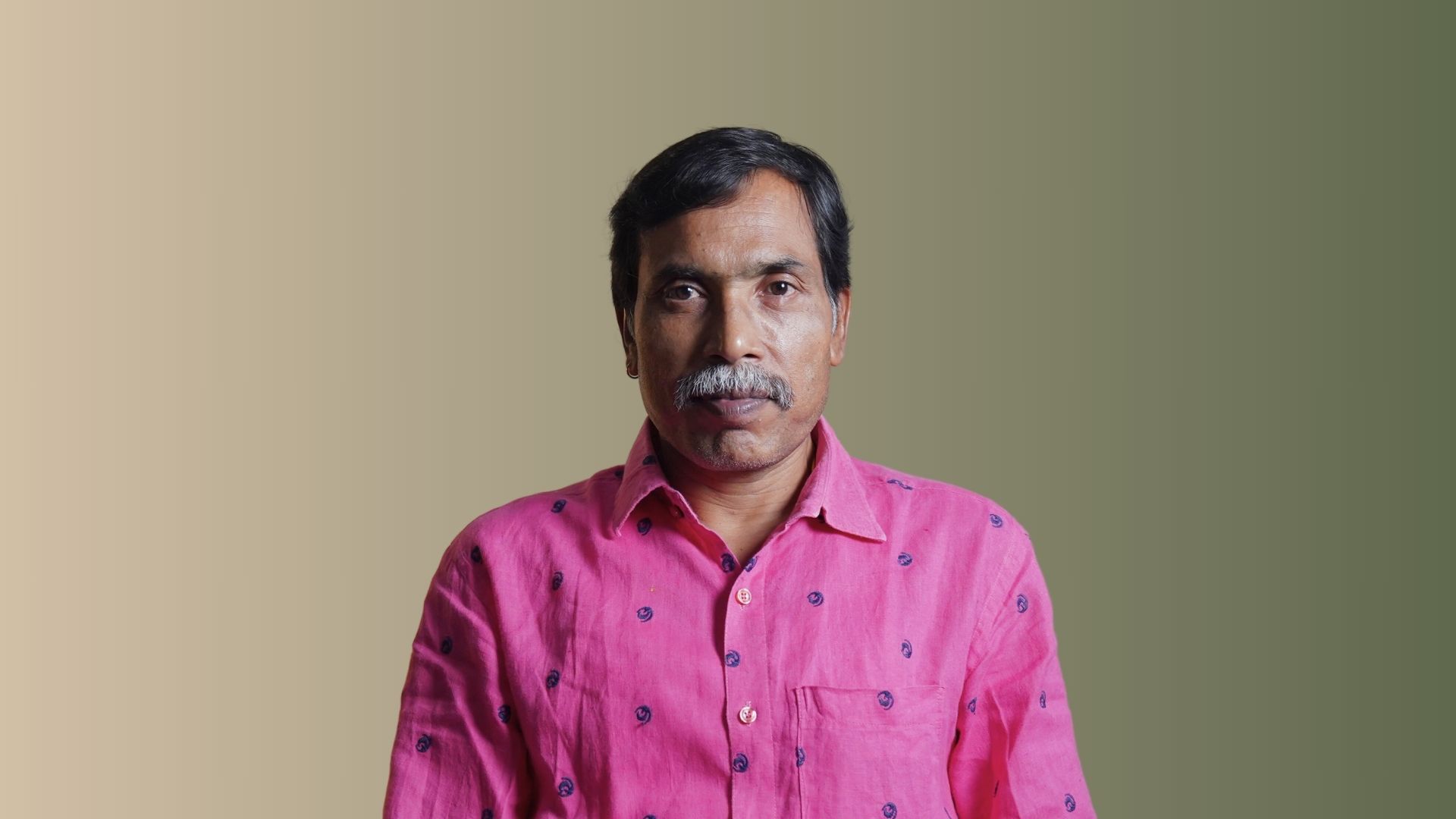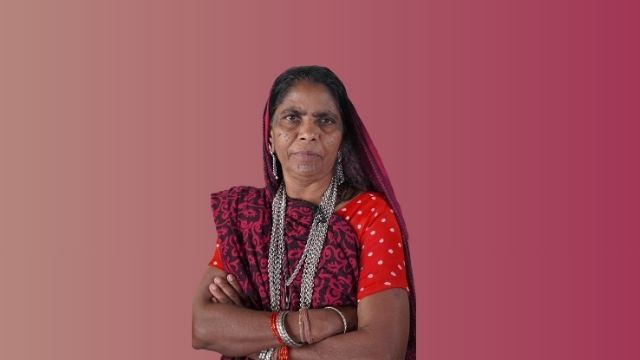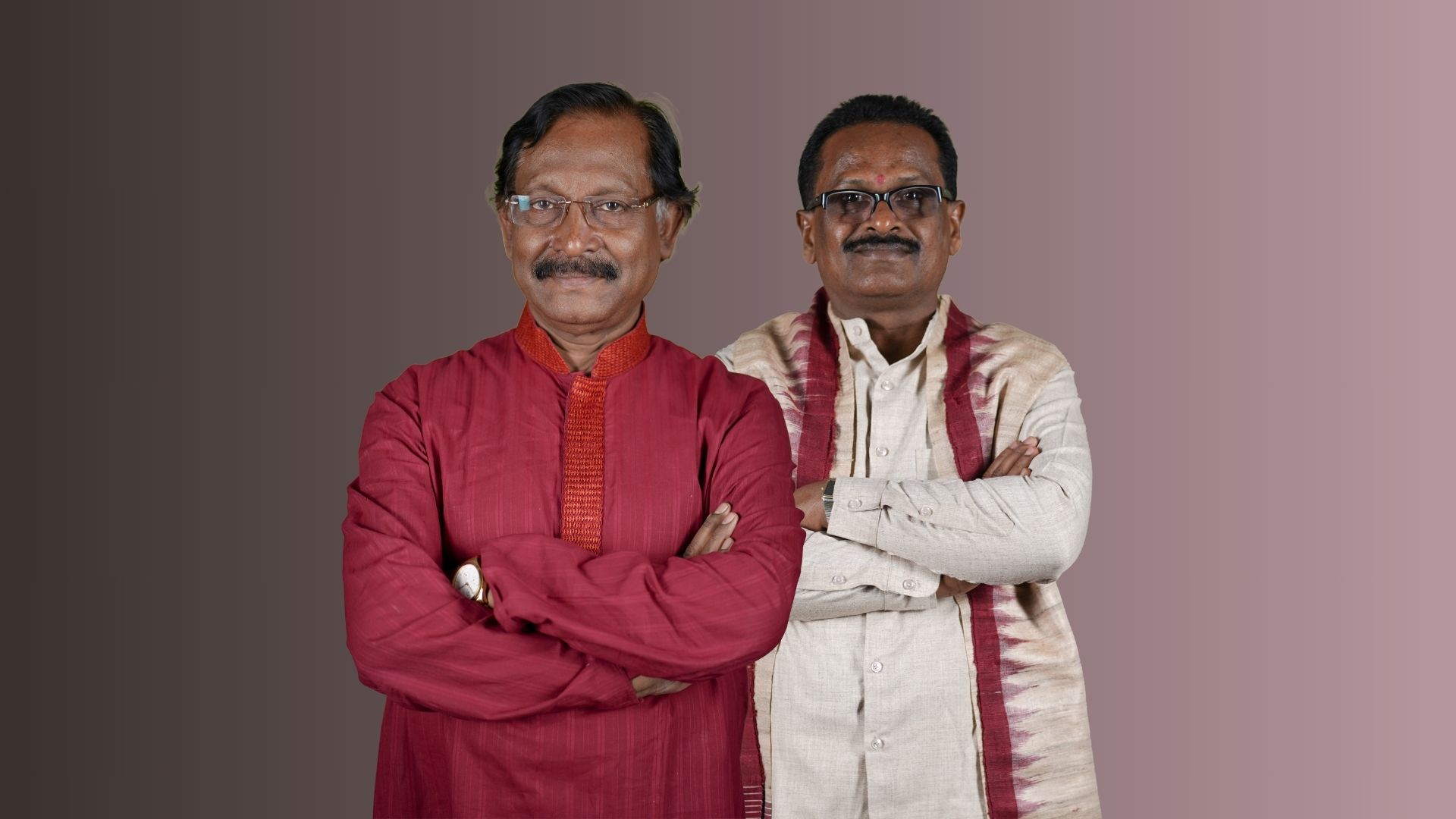Cheriyal Course
Introducing to Cheriyal Scroll Painting Maestro Course
Course Curriculum
Cheriyal Artist Introduction D.Nageshwar
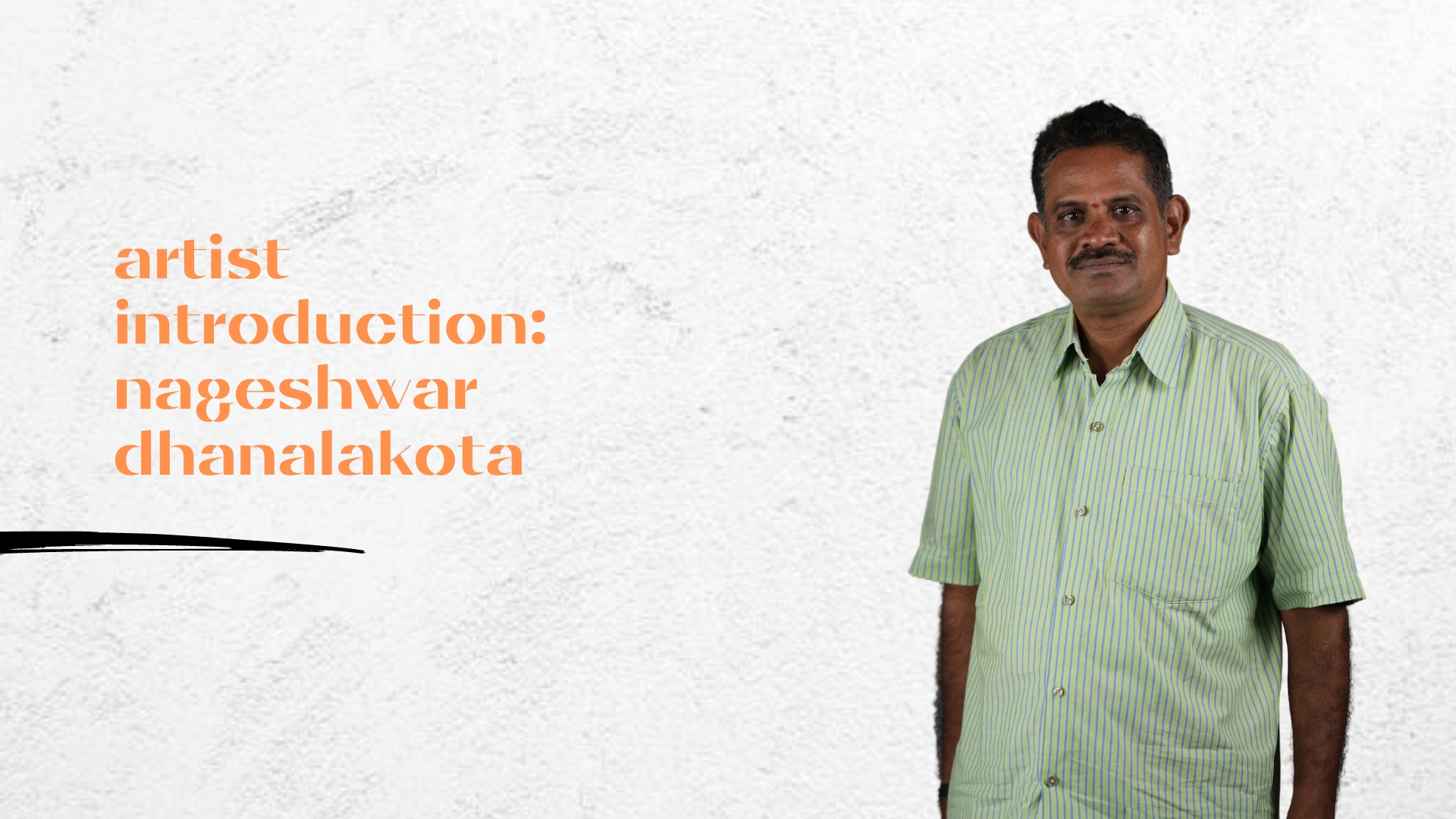
Artist Introduction Nageshwar Dhanalakota
Nageshwar Dhanalakota is a senior artist from the Nakash family of Cheriyal artists in Telangana. His experience spans over more than 20 years in preserving and promoting this art form.
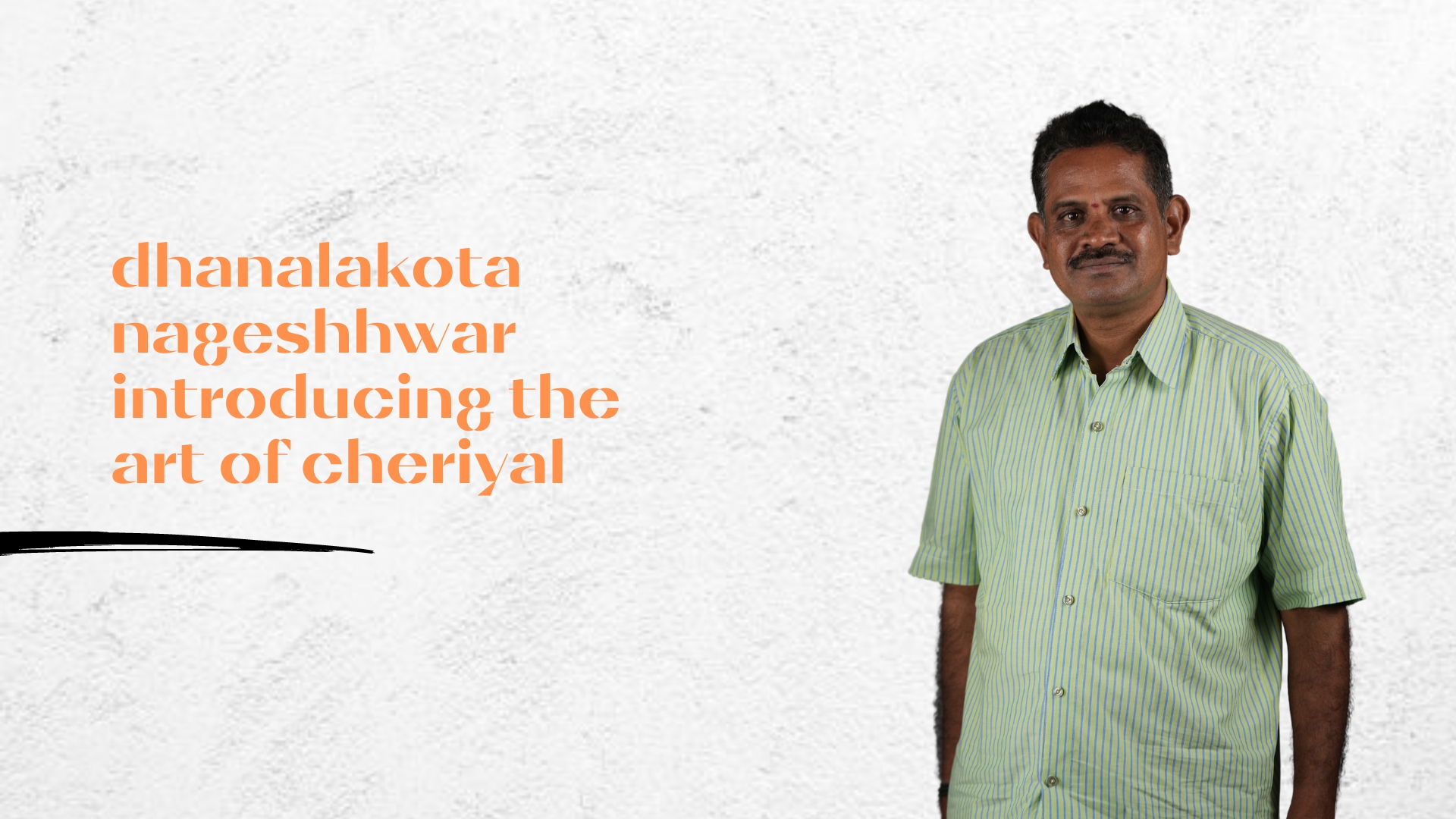
Dhanalakota Nageshhwar introducing the art of Cheriyal
Cheiryal painting, also known as the Nakashi art is a popular kind of scroll painting in India. Used widely for storytelling, this art is famous for its vibrant colours, character design and folk tales.
Cheriyal History of Cheriyal
Cheriyal The Story of Cheriyal Paintings
Cheriyal Preparation of Cloth
Cheriyal Tradition Behind Cheriyal Art
Cheriyal Colour Making
Cheriyal Themes & Borders
Cheriyal Sketching & Outline
Cheriyal Basic Course
Intermediate Course
Advance Course
Mask Making
Materials Required
Brushes (Size 2, 4, 6, 8)
Quantity: 4
A set of Poster/Acrylic Colours
Quantity: 4
A Set of Basic Stationery (Pencil, eraser, ruler)
Quantity: 1
Meet the Maestro
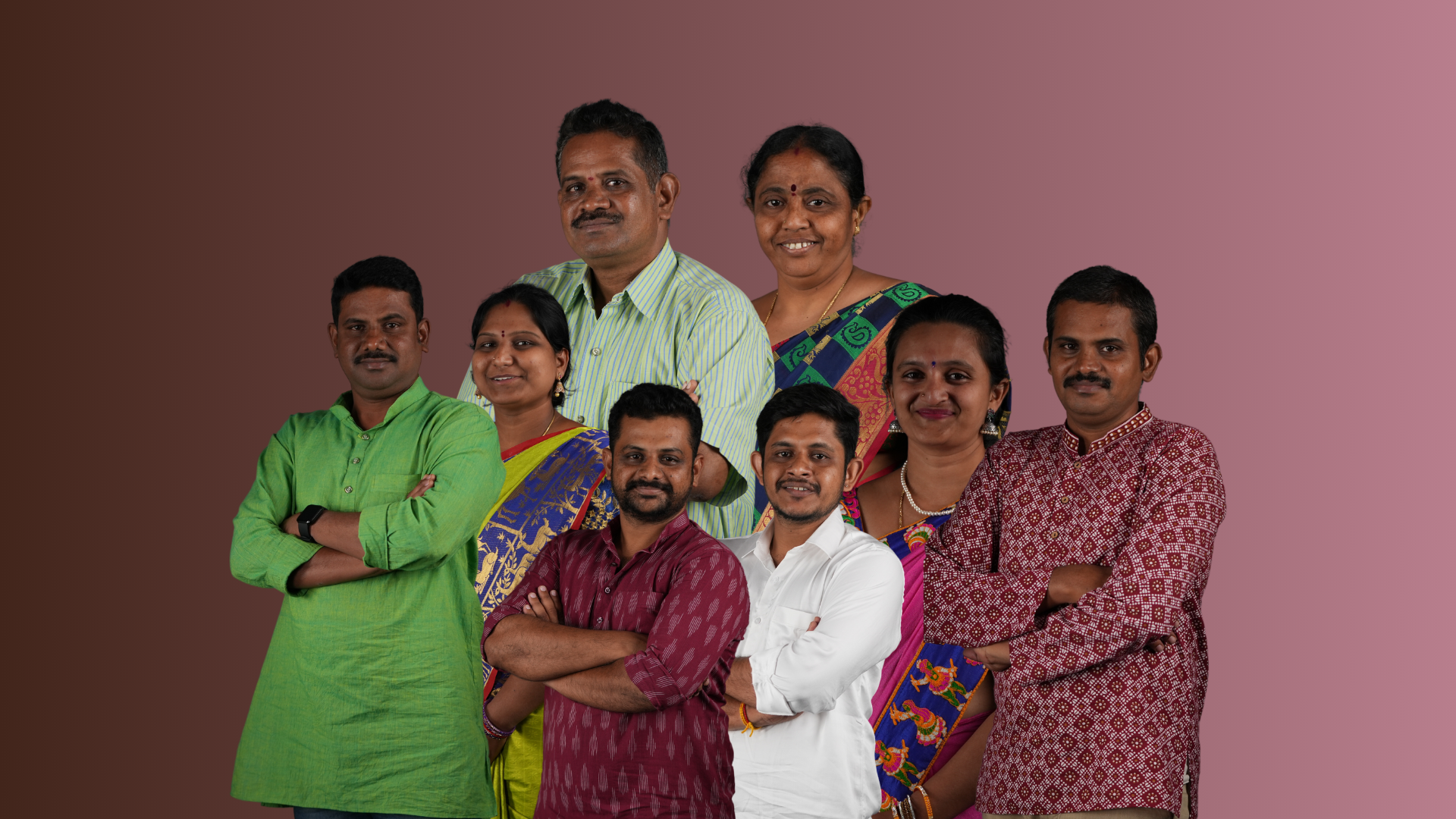
Dhanalakota Family
Dhanalakota Venkataramana Venkataramana is a master artist from the Dhanalakota family and is known for his exceptional skill in creating Cheriyal paintings. He has devoted his life to preserving the traditional art form, teaching the younger generations, and promoting Cheriyal paintings both nationally and internationally. His contributions to the art world have been widely recognized, and he has received numerous awards for his outstanding work.
Dhanalakota Deepika Deepika, the wife of Venkataramana, is also an accomplished Cheriyal painter. She has played a significant role in preserving and promoting the art form alongside her husband. Deepika's work focuses on the intricate details and vibrant colours that are characteristic of Cheriyal paintings, and her paintings often depict stories from Indian mythology and folklore.
Dhanalakota Nageshwar Nageshwar is another talented artist from the Dhanalakota family. He has honed his skills under the guidance of his elders and is committed to carrying forward the family's artistic legacy. Nageshwar's paintings often portray scenes from Indian epics and are known for their captivating visual storytelling.
Dhanalakota Padma Padma, the wife of Nageshwar, is also a skilled Cheriyal painter. She works closely with her husband to create mesmerizing paintings that showcase the traditional art form. Together, they have participated in various exhibitions and art fairs, raising awareness about Cheriyal paintings and inspiring a new generation of artists.
Dhanalakota Sai Kiran Sai Kiran is a young and promising artist from the Dhanalakota family. Trained by his elders, he is dedicated to preserving the ancient art form and has already started making a name for himself in the world of Cheriyal paintings. Sai Kiran's work is a fusion of traditional techniques and contemporary themes, reflecting his commitment to both honouring the past and embracing the future.
